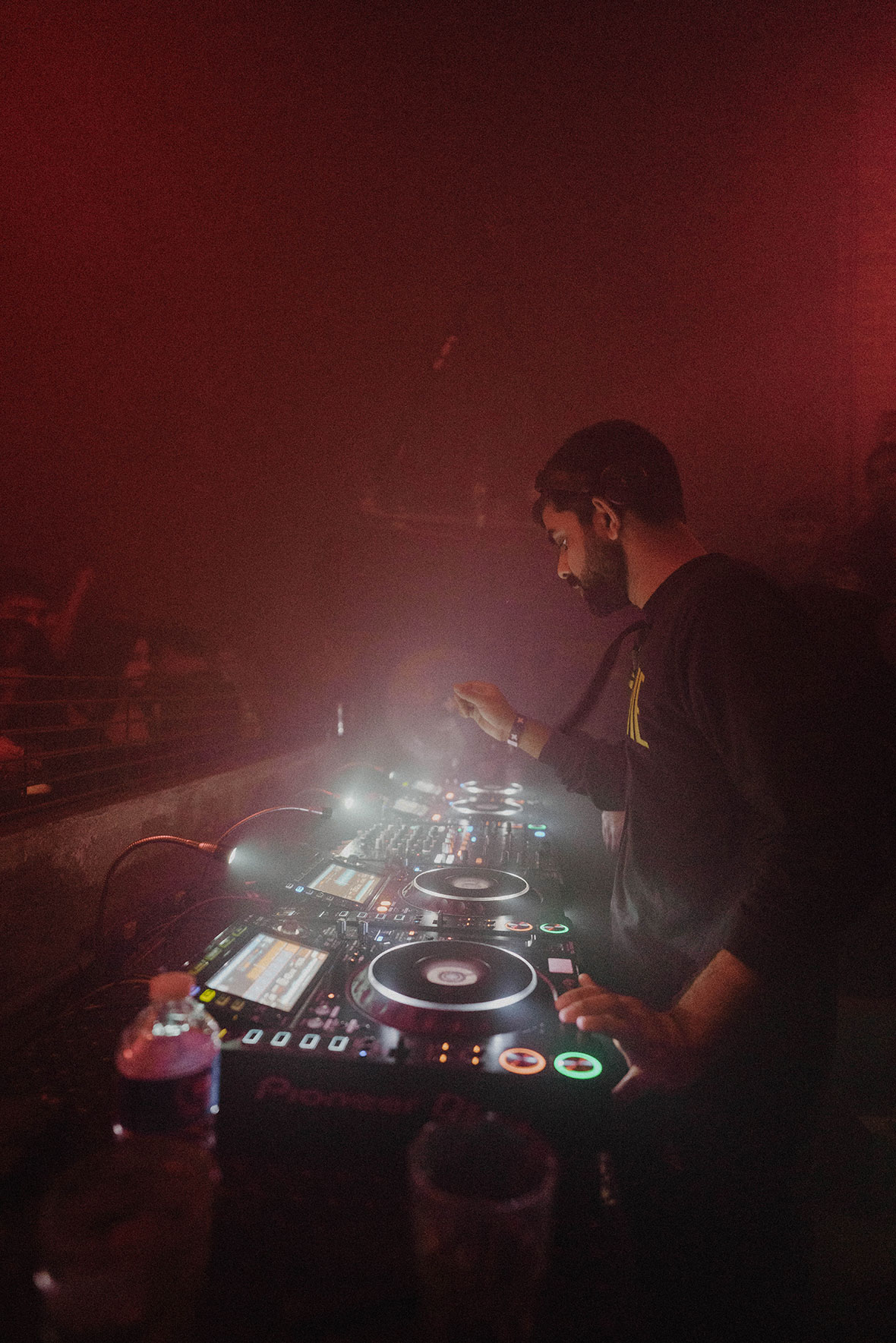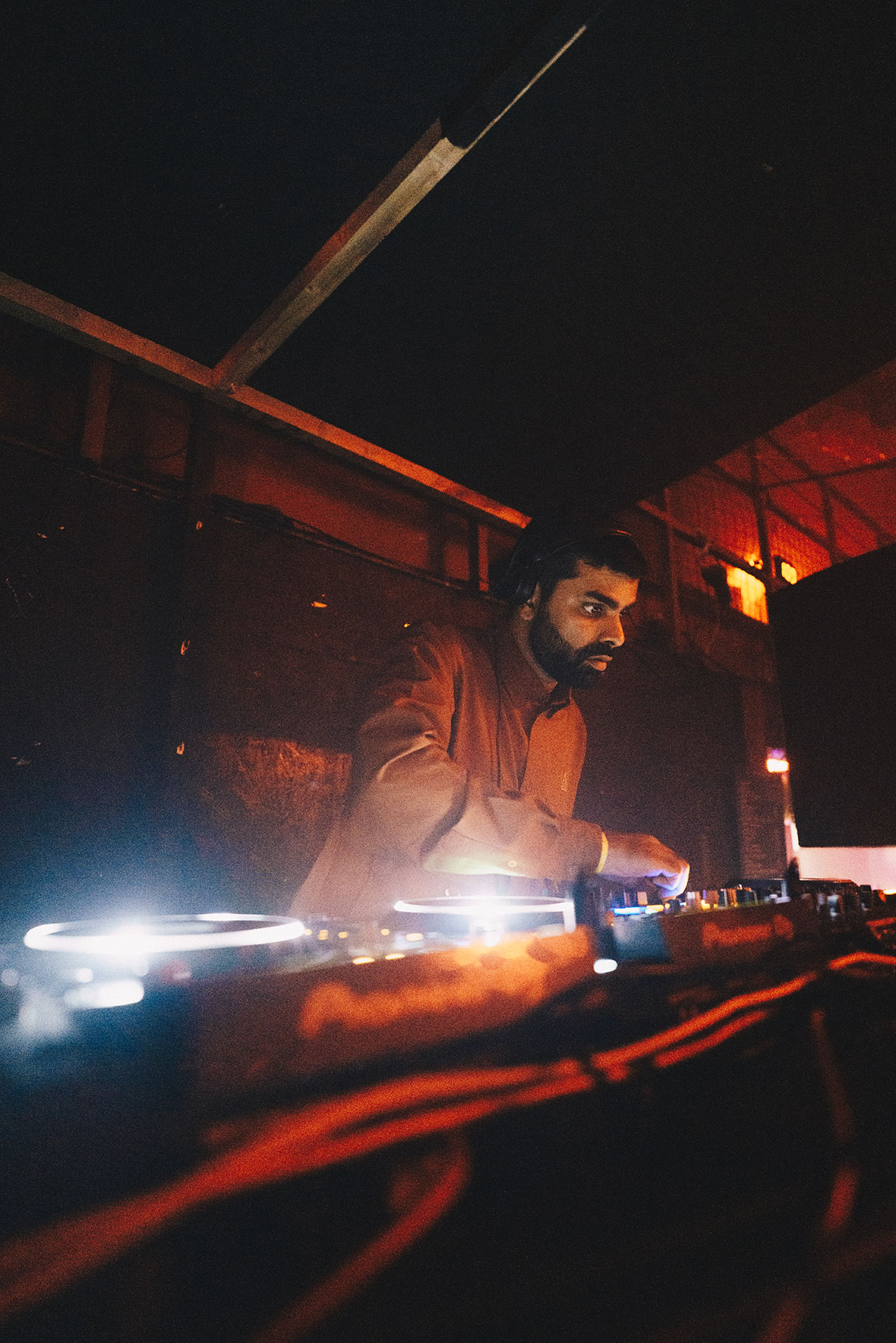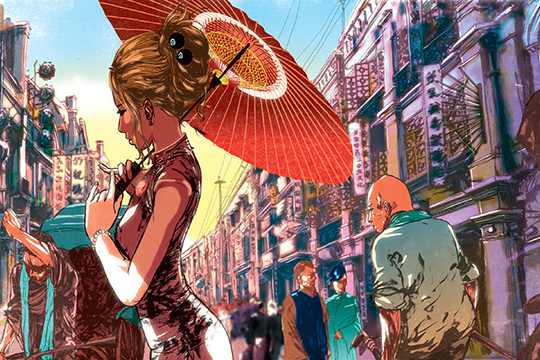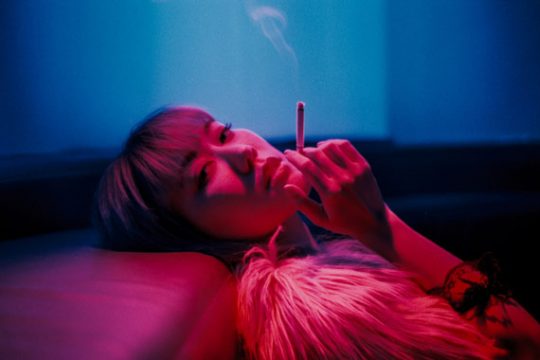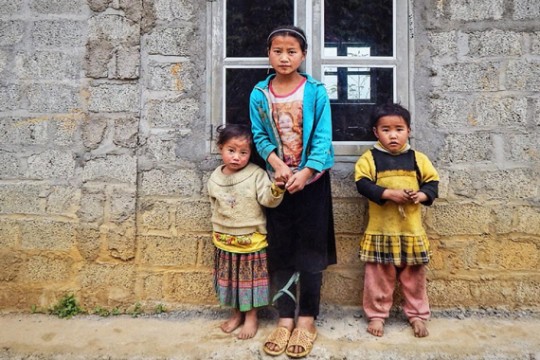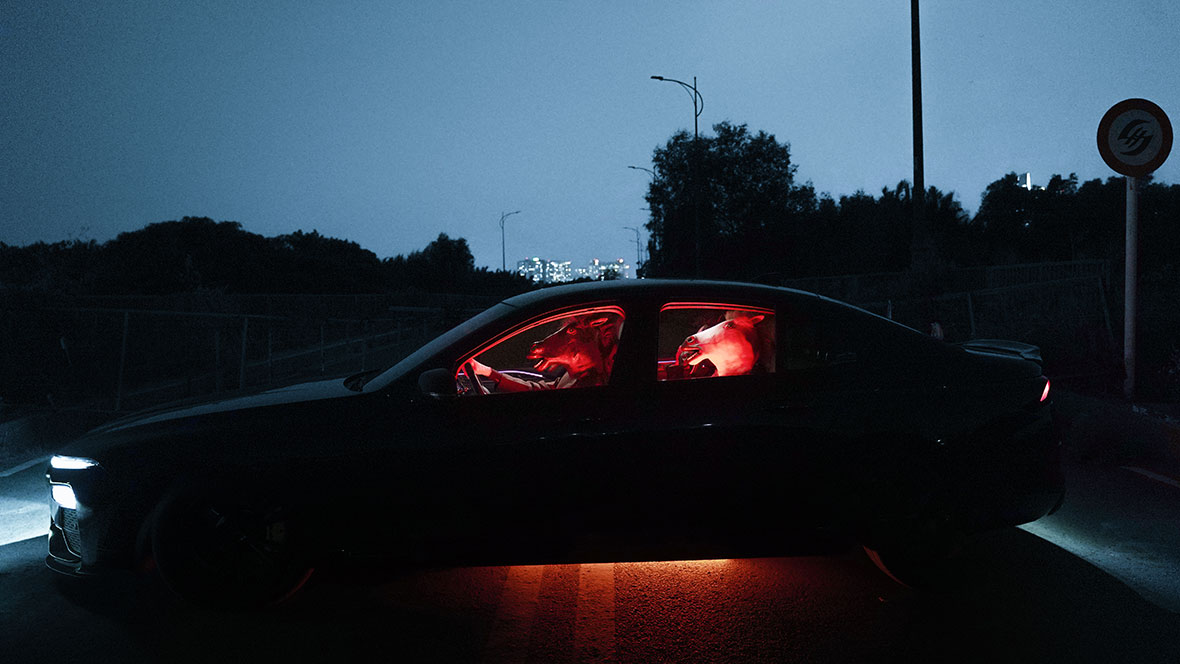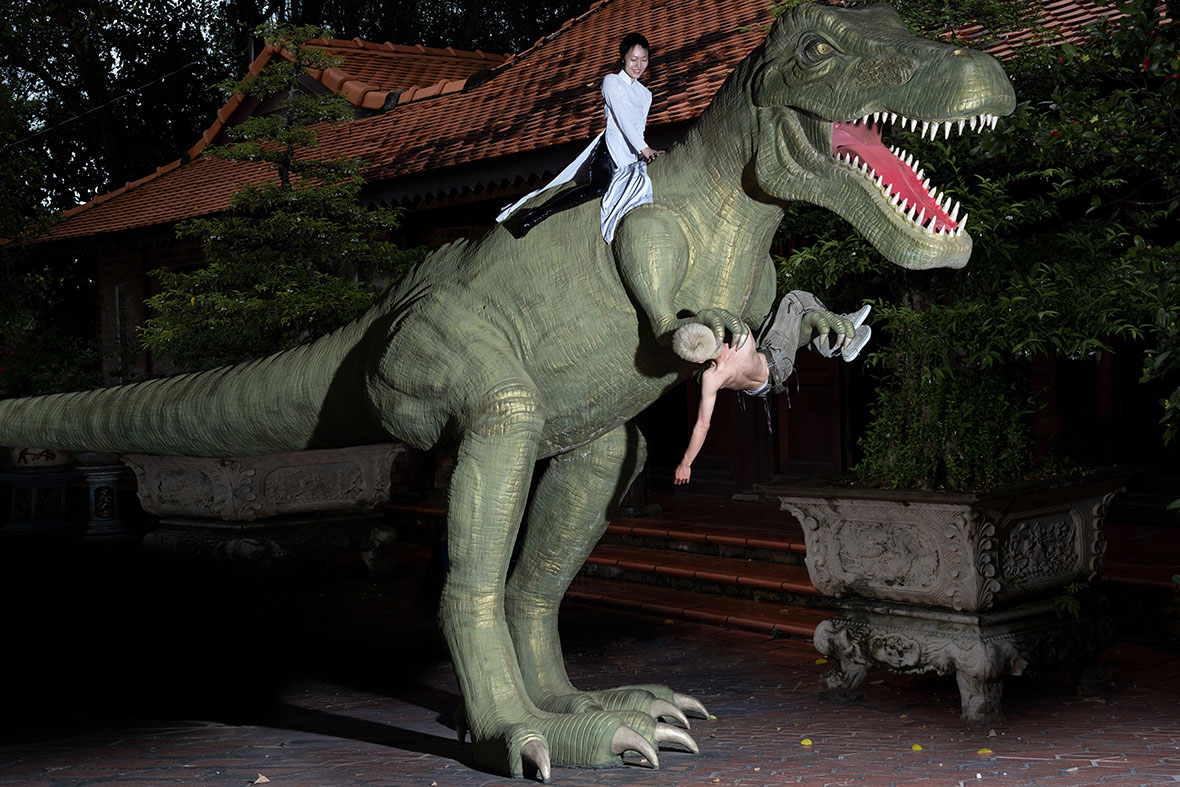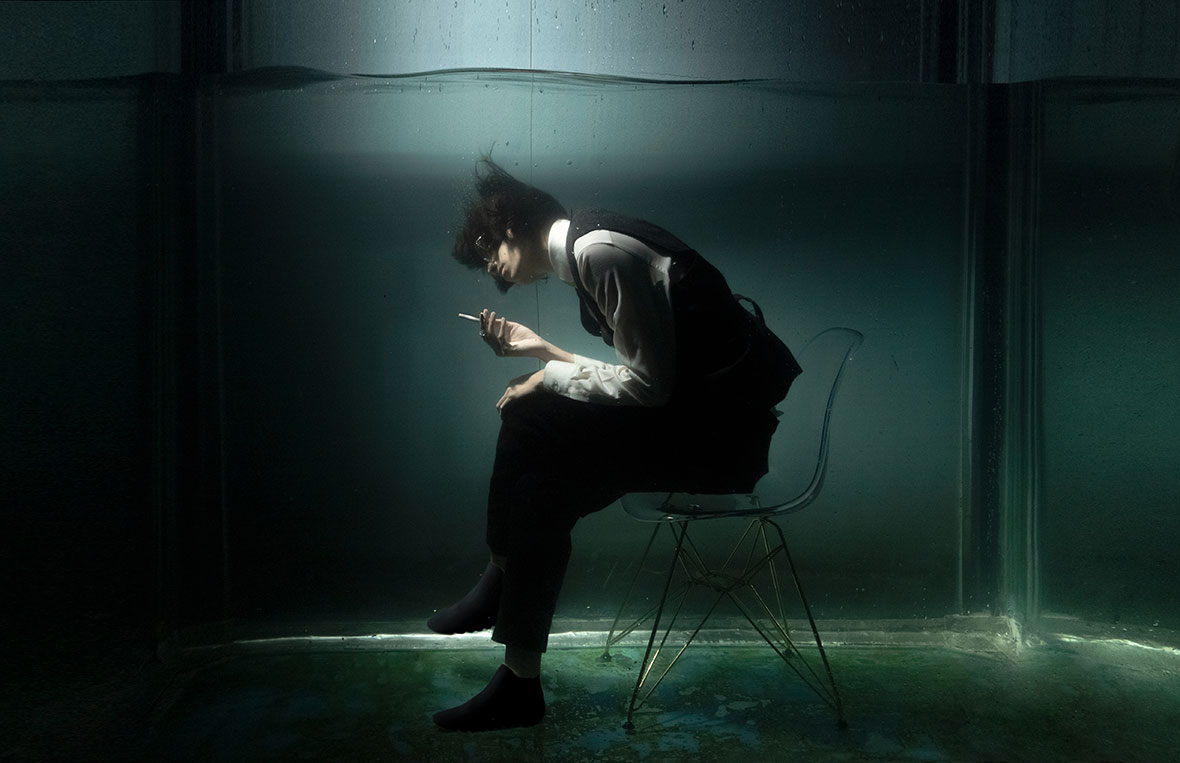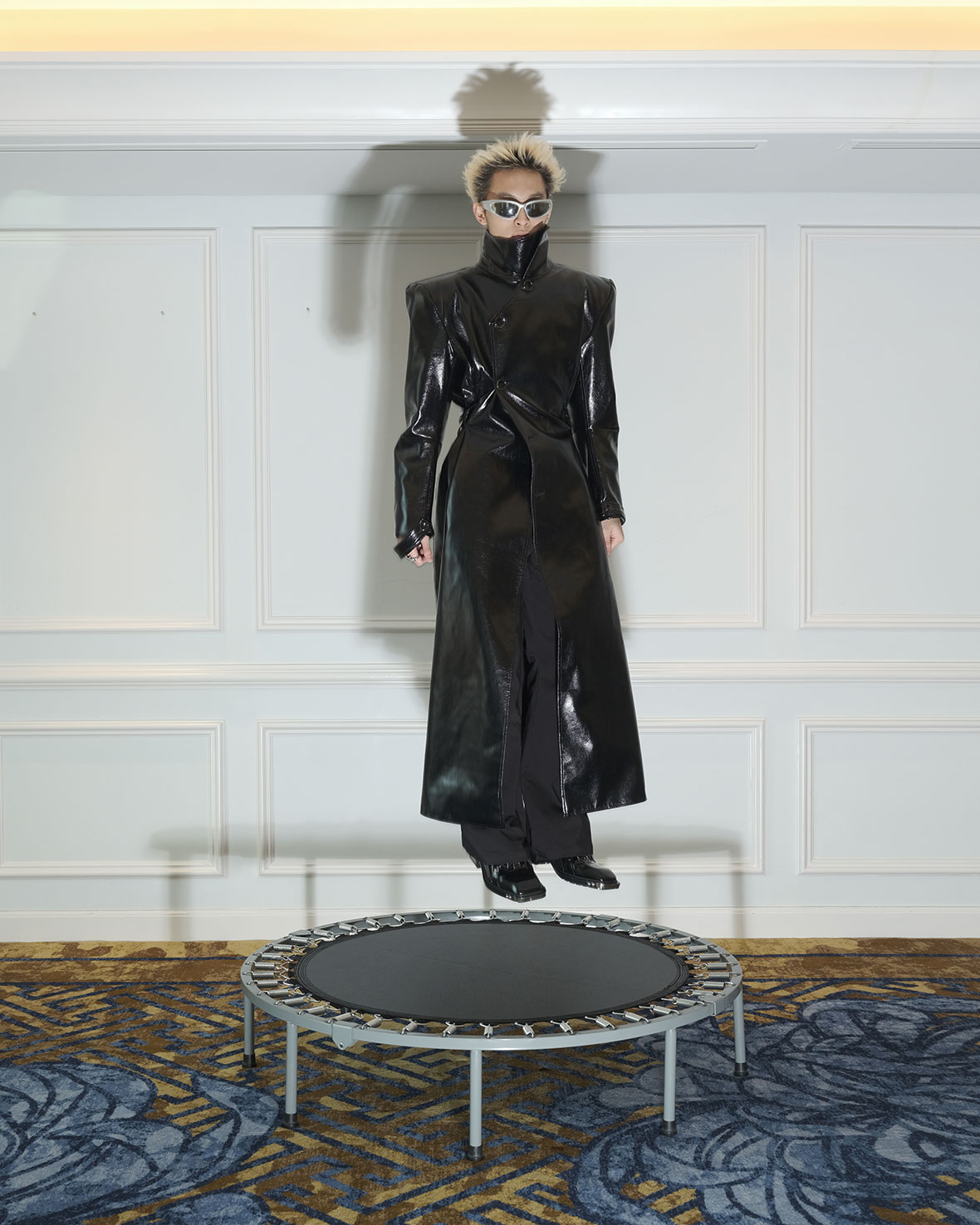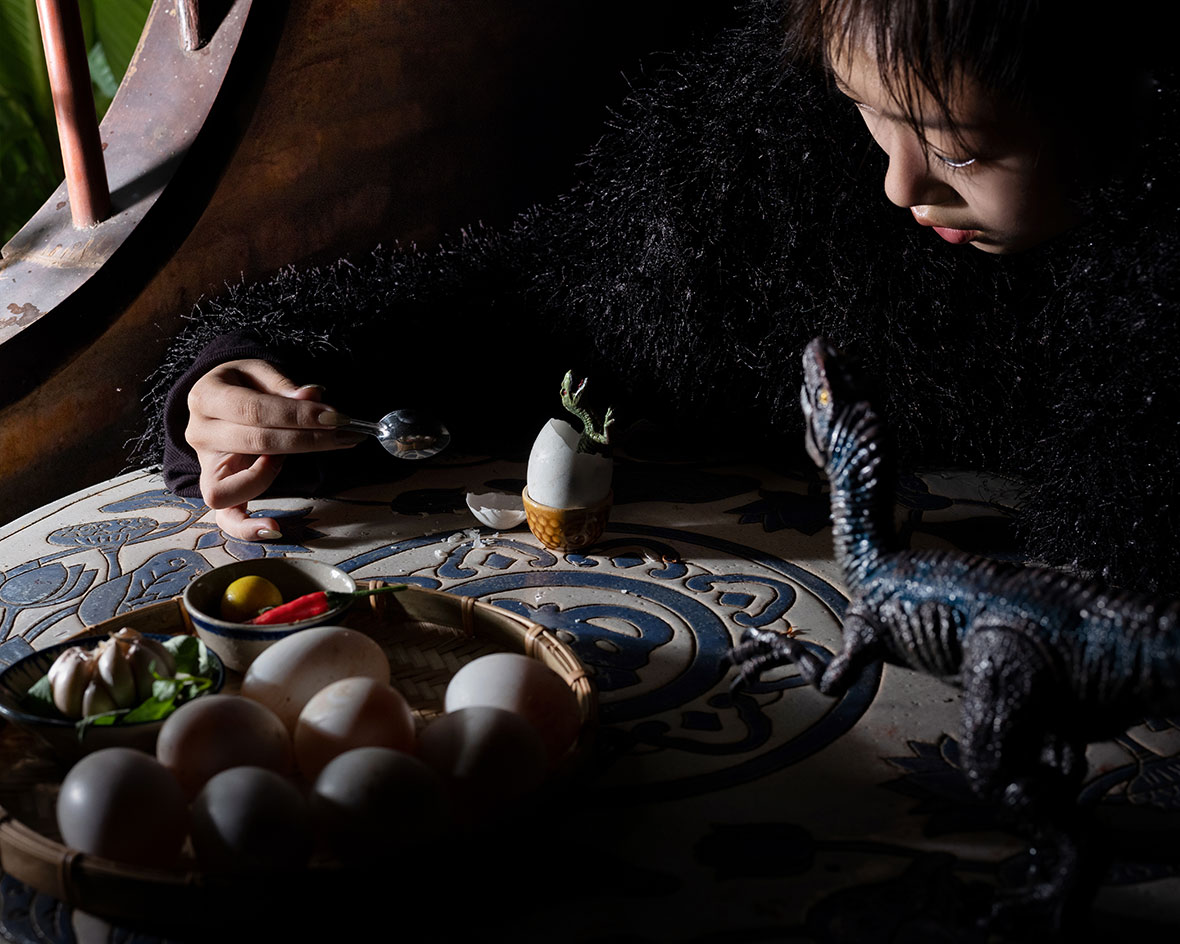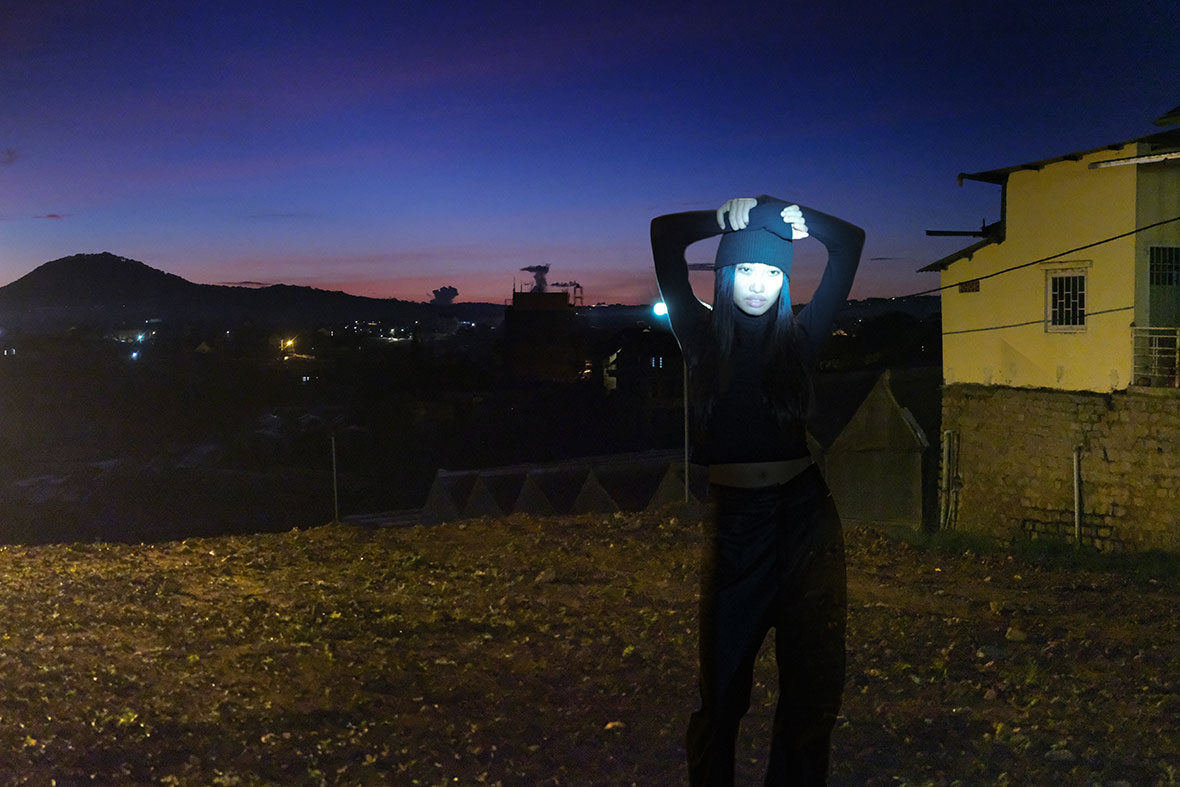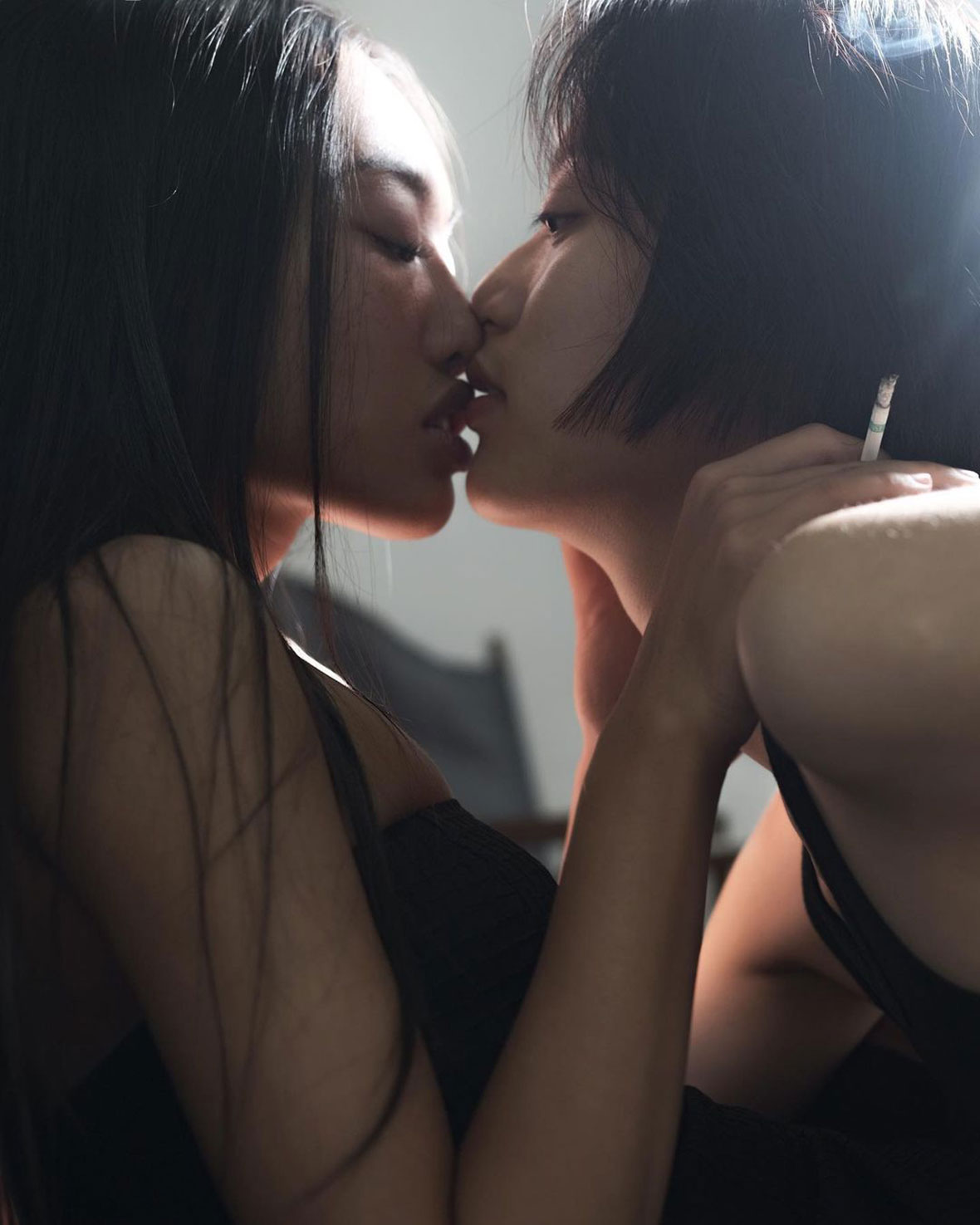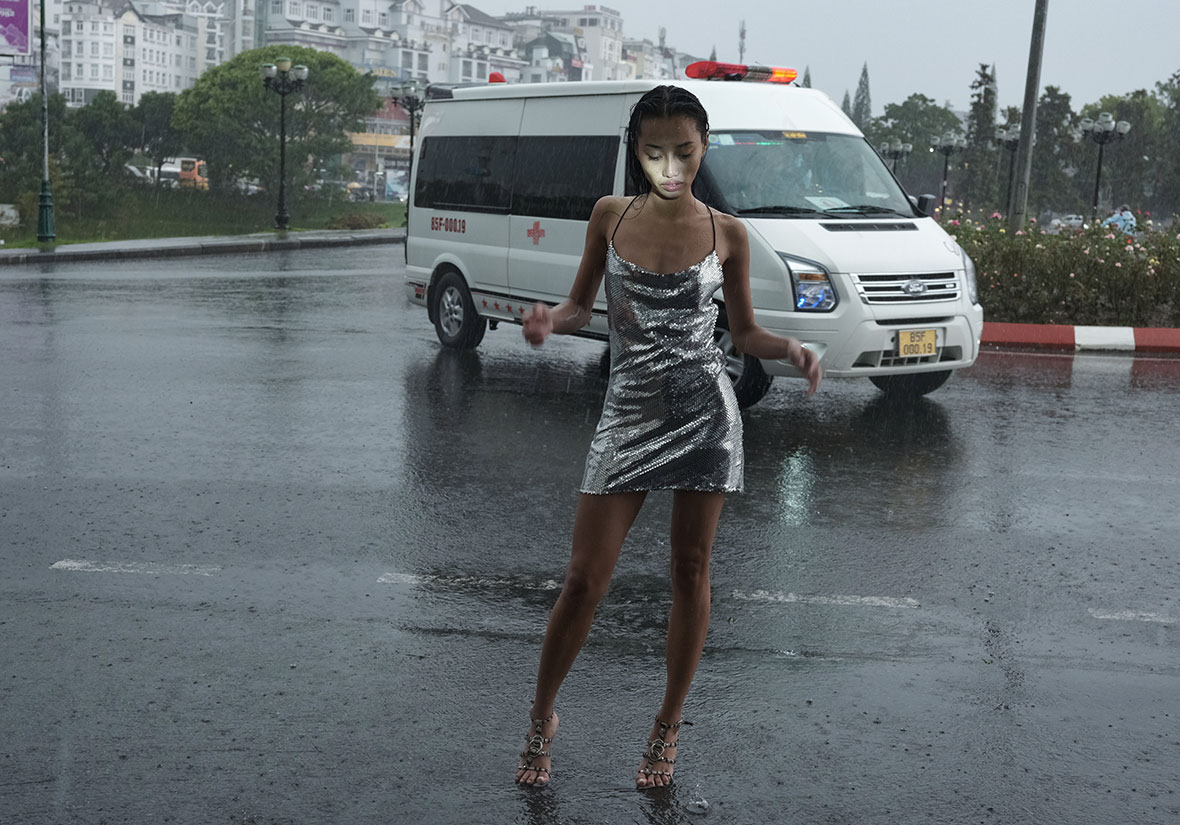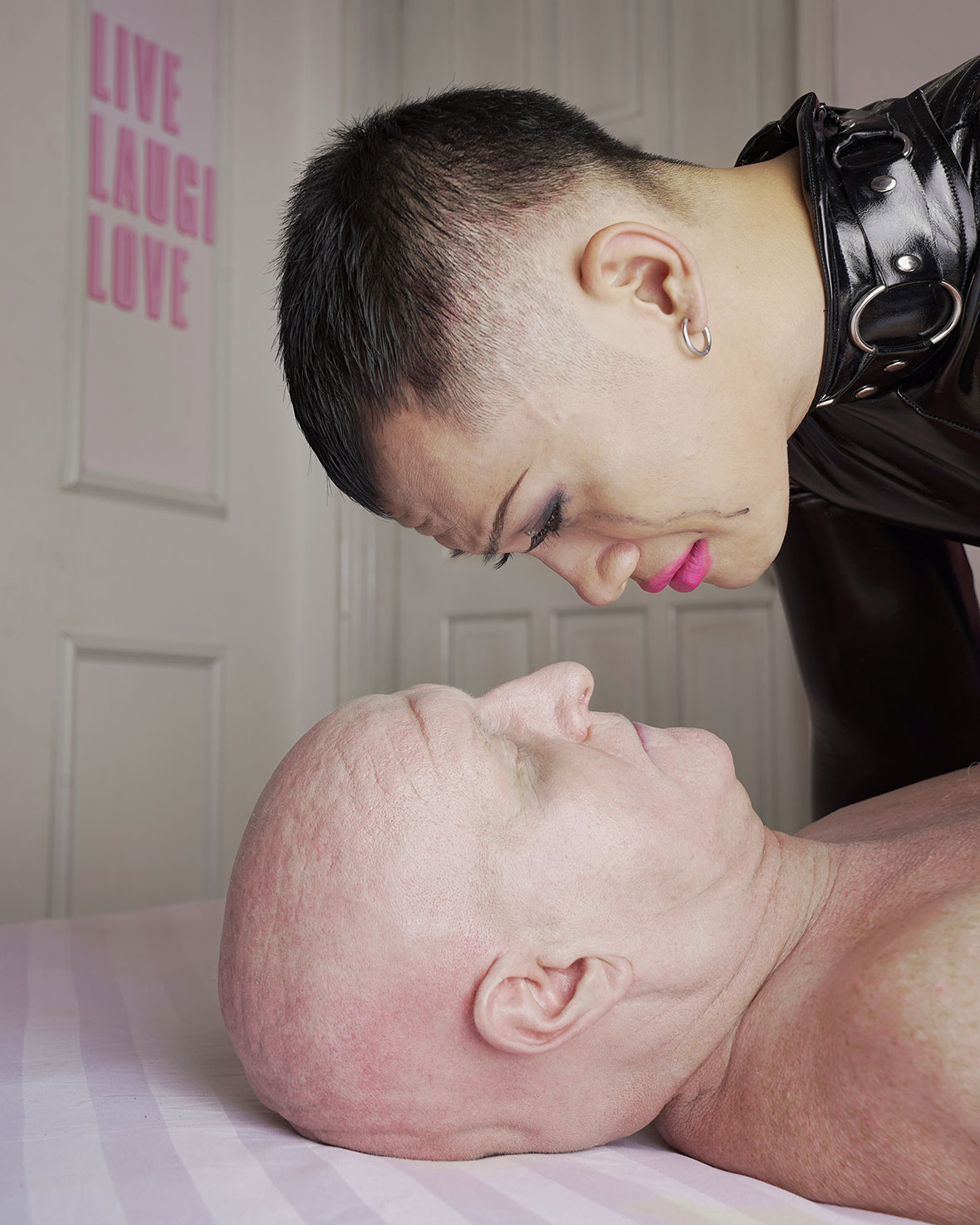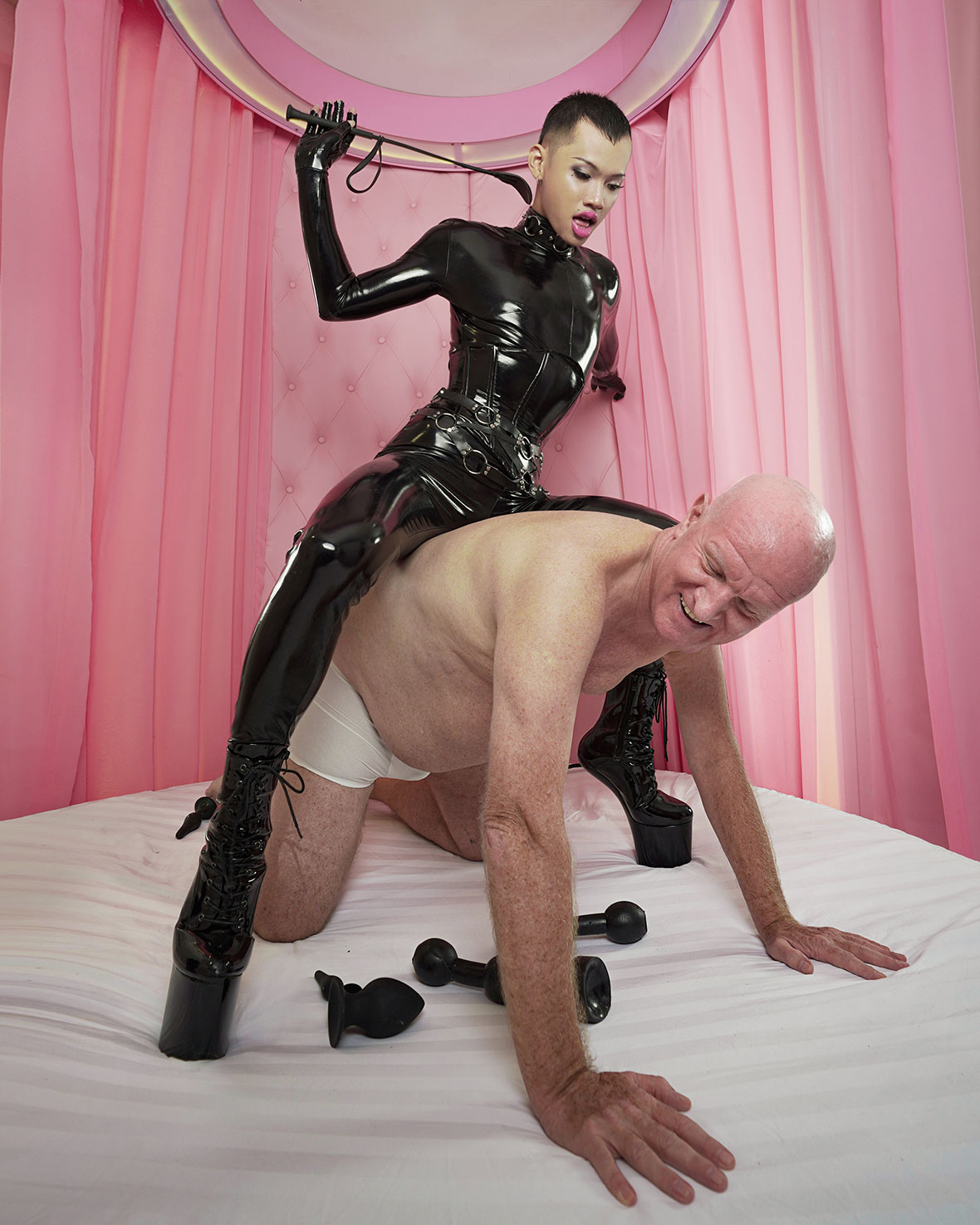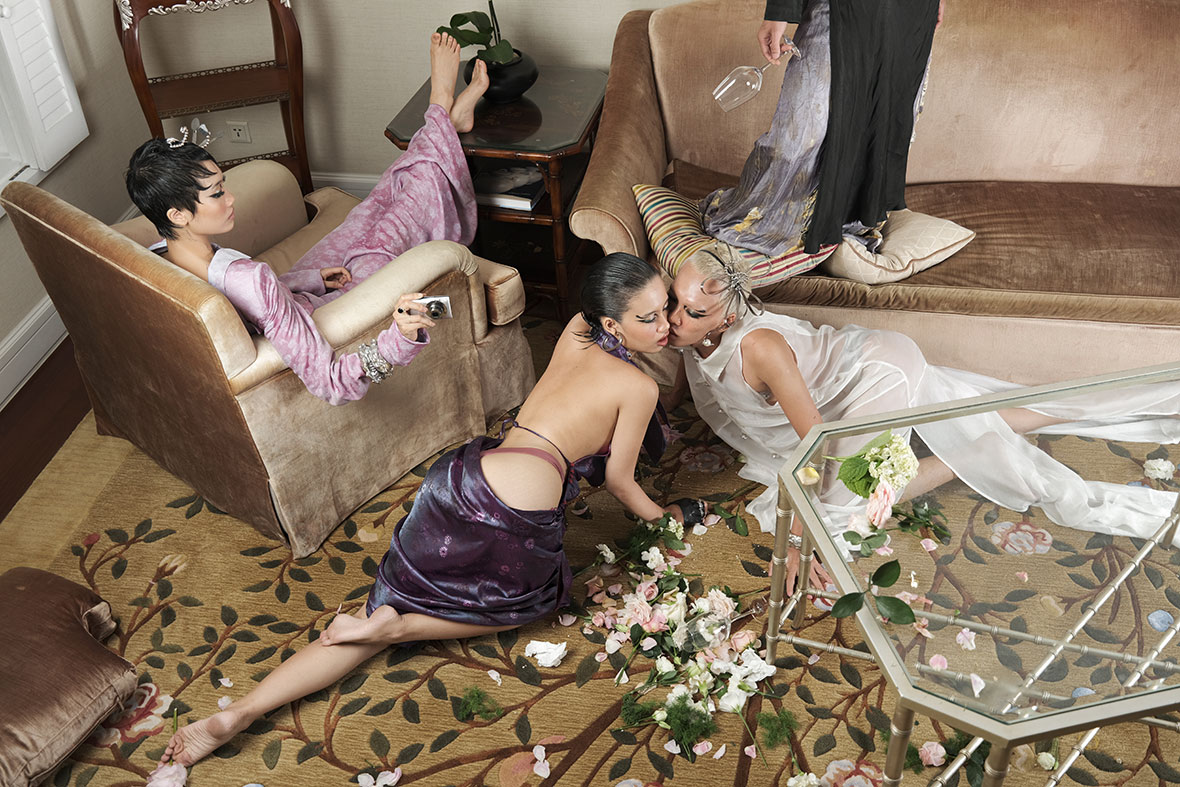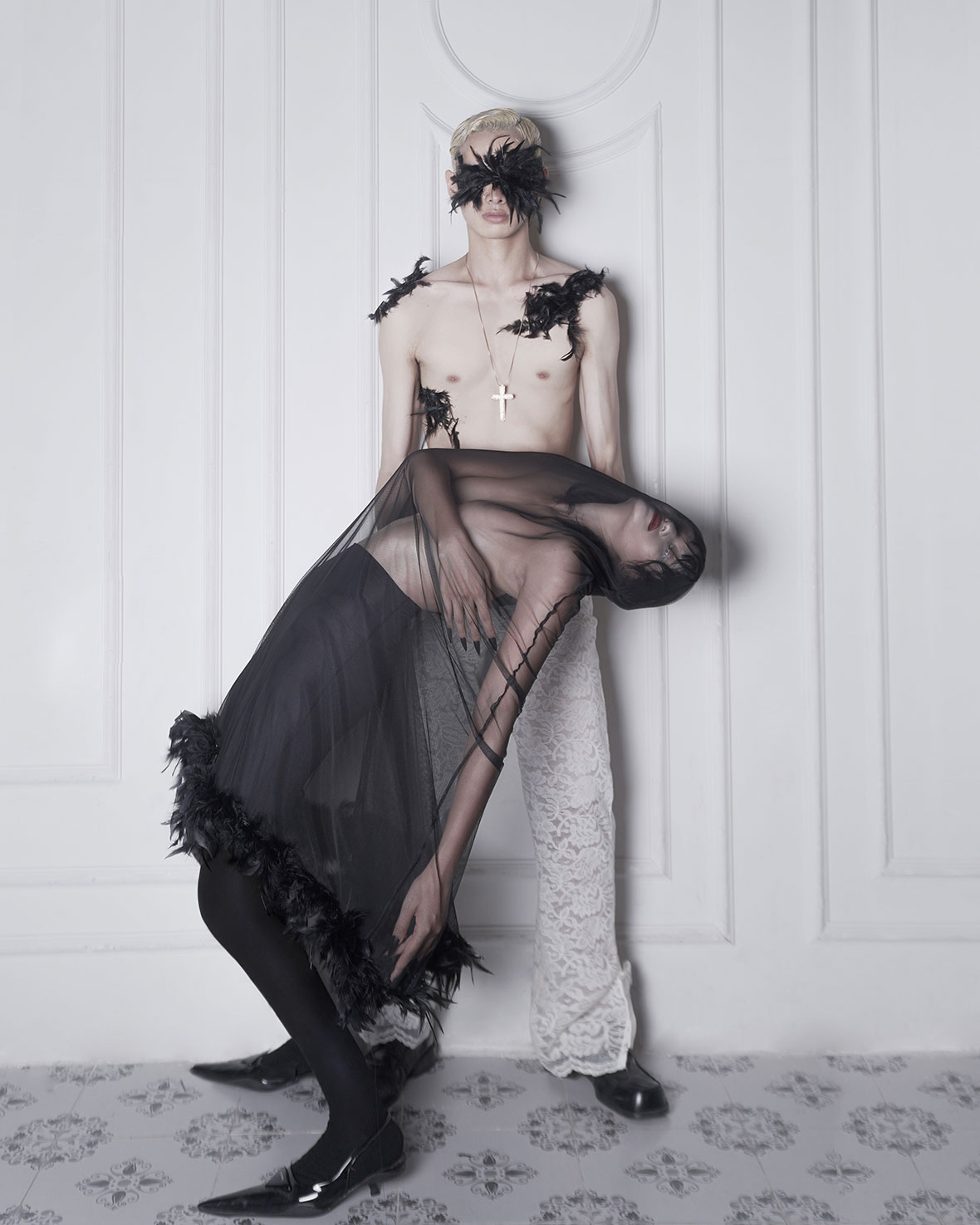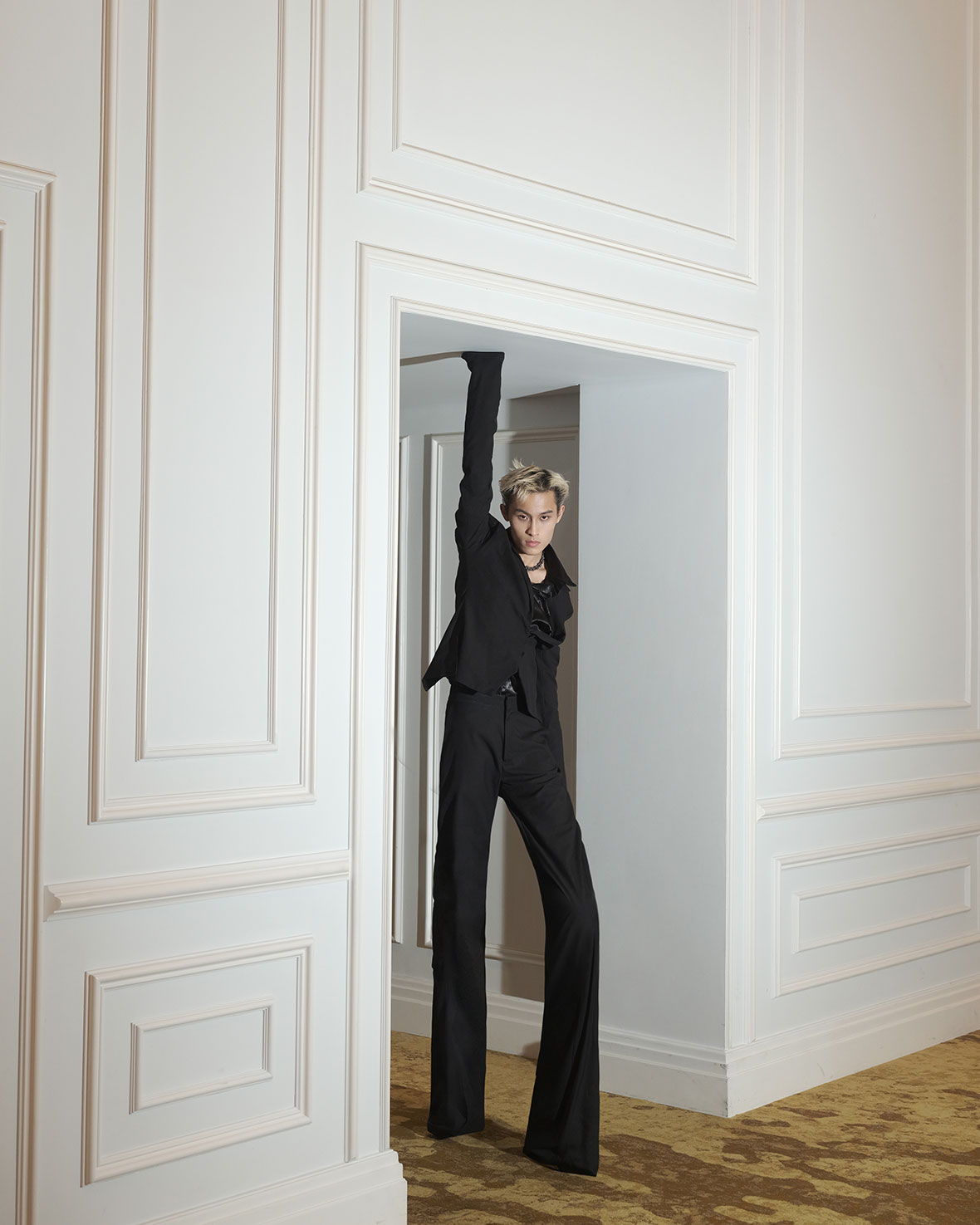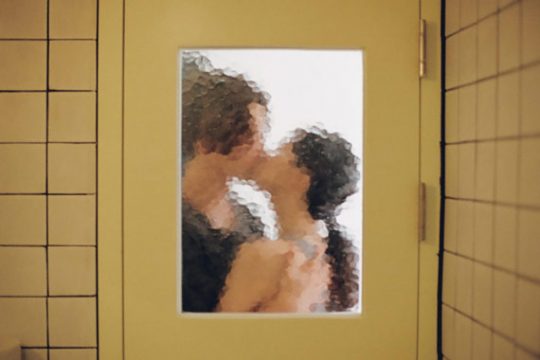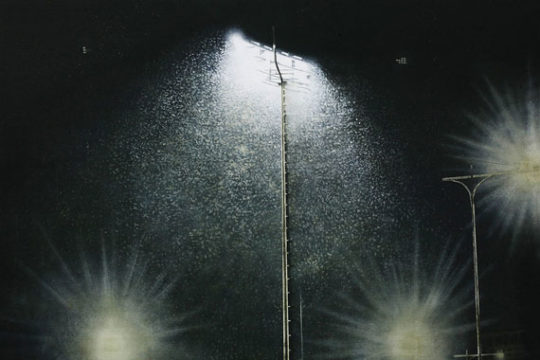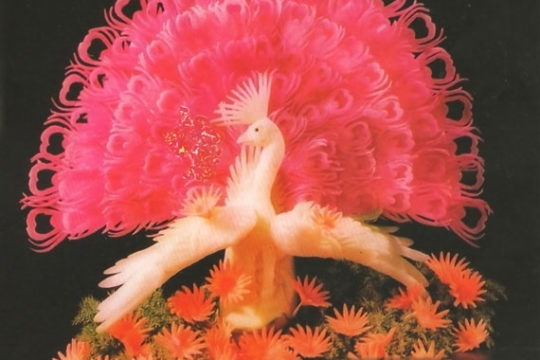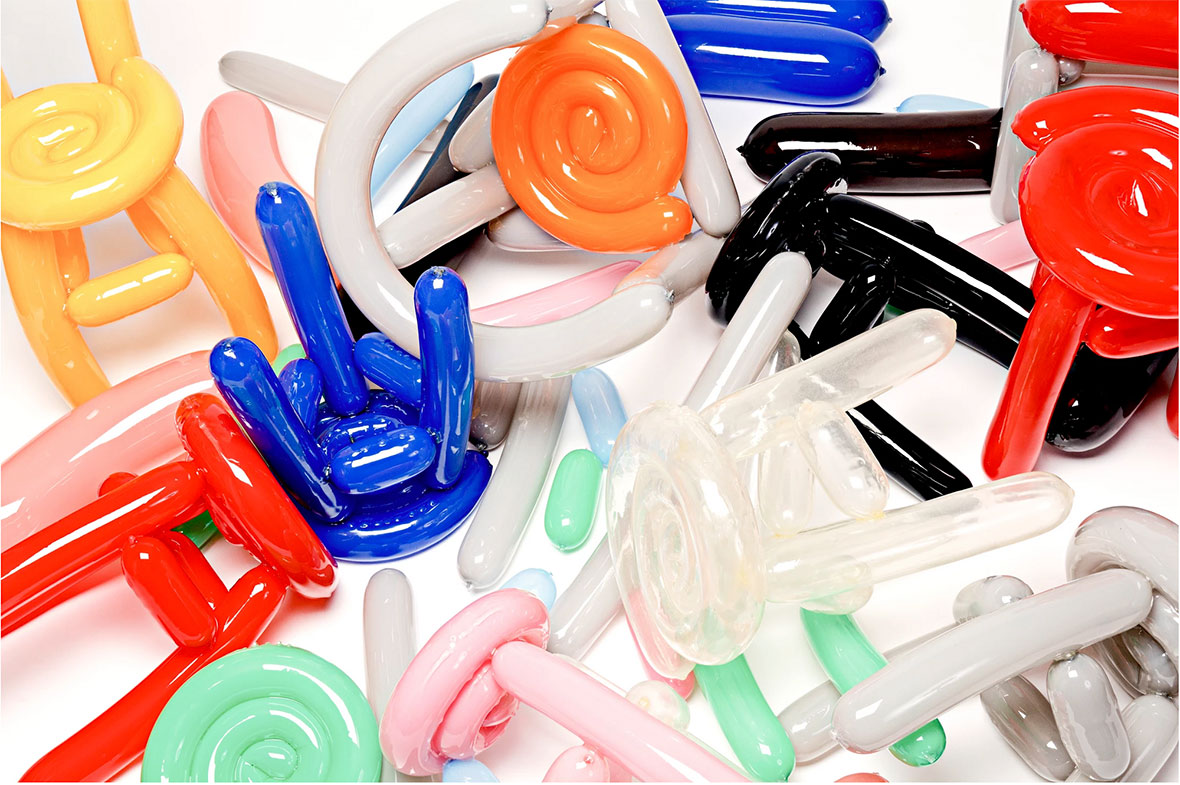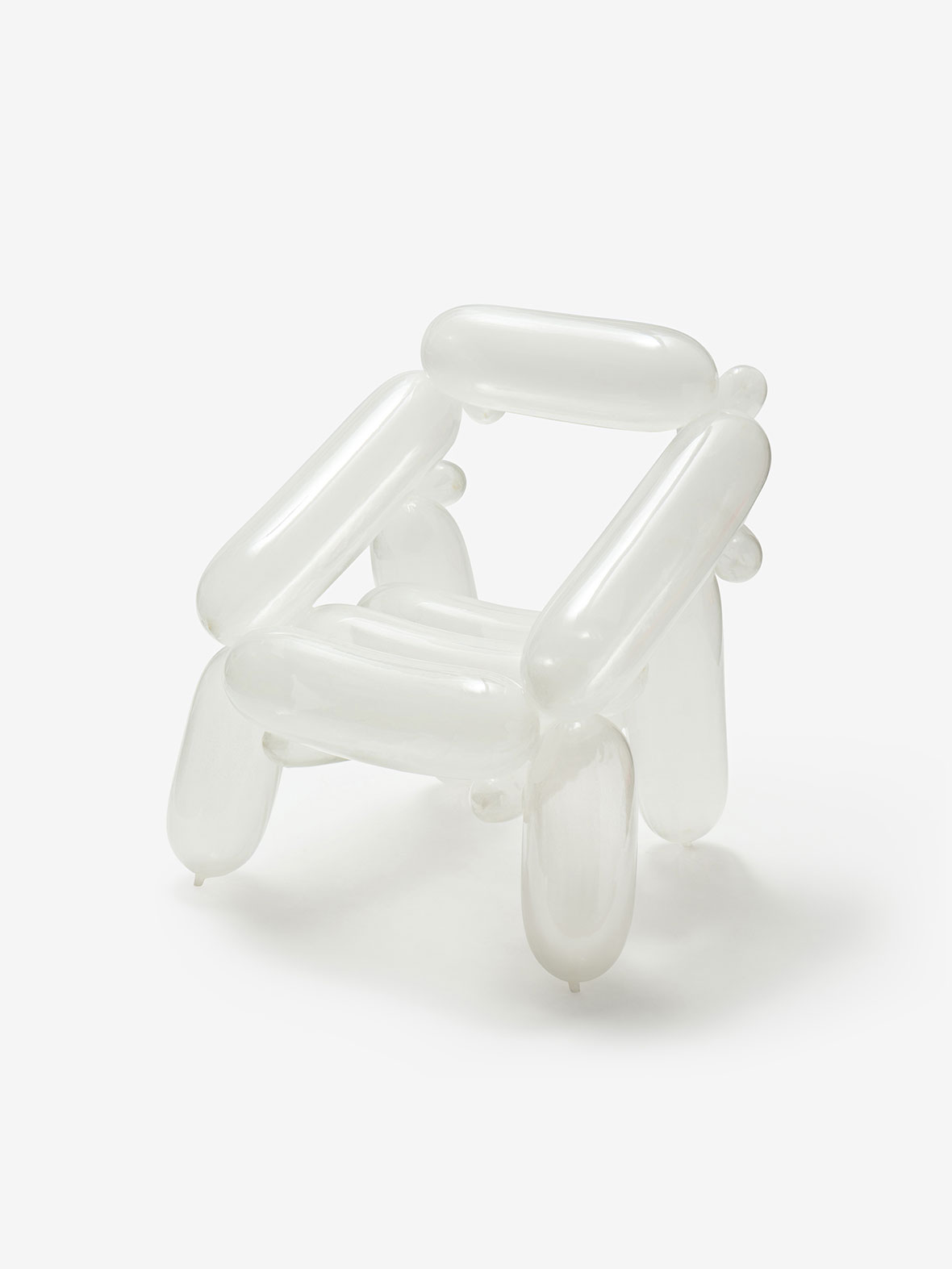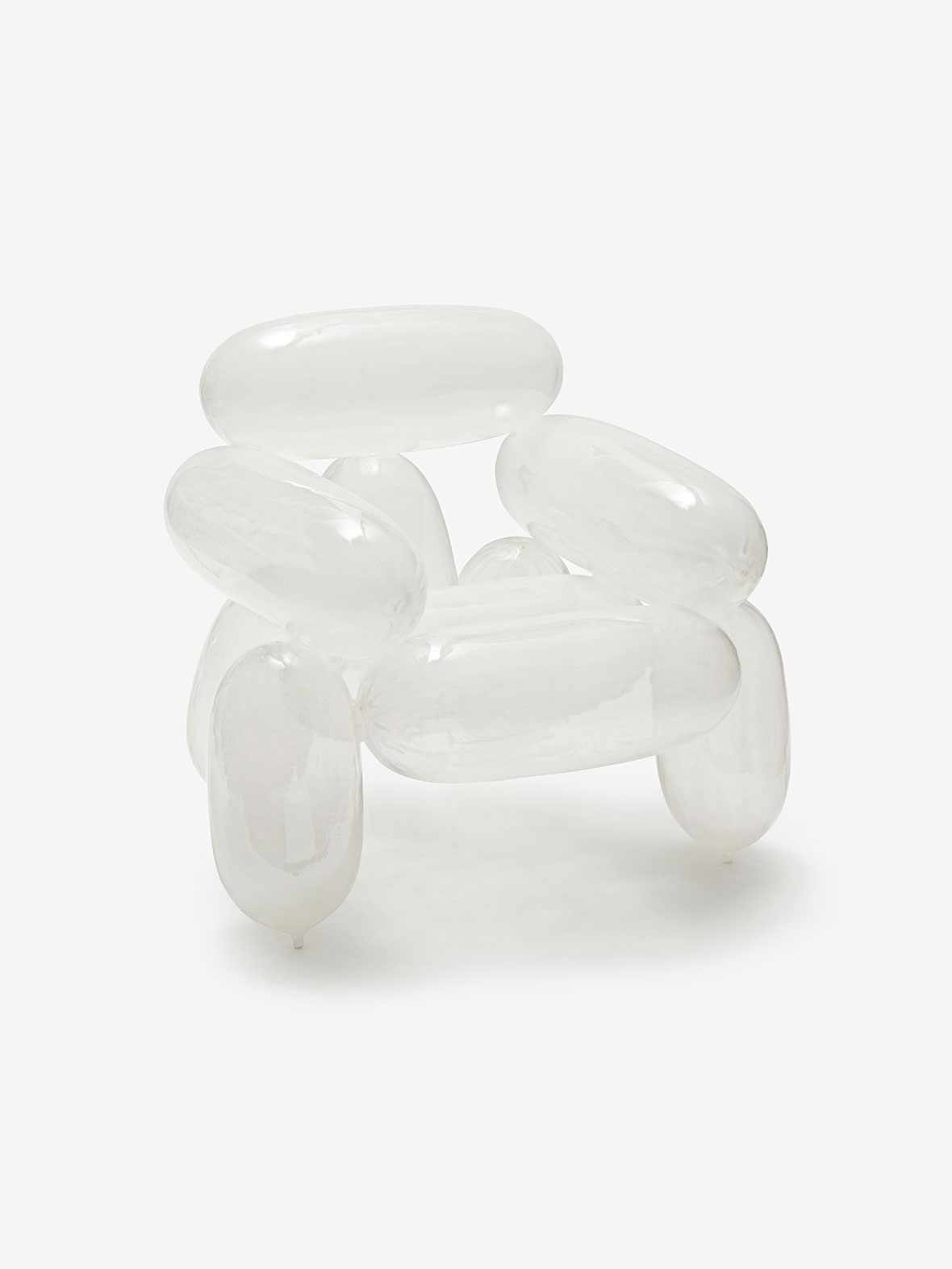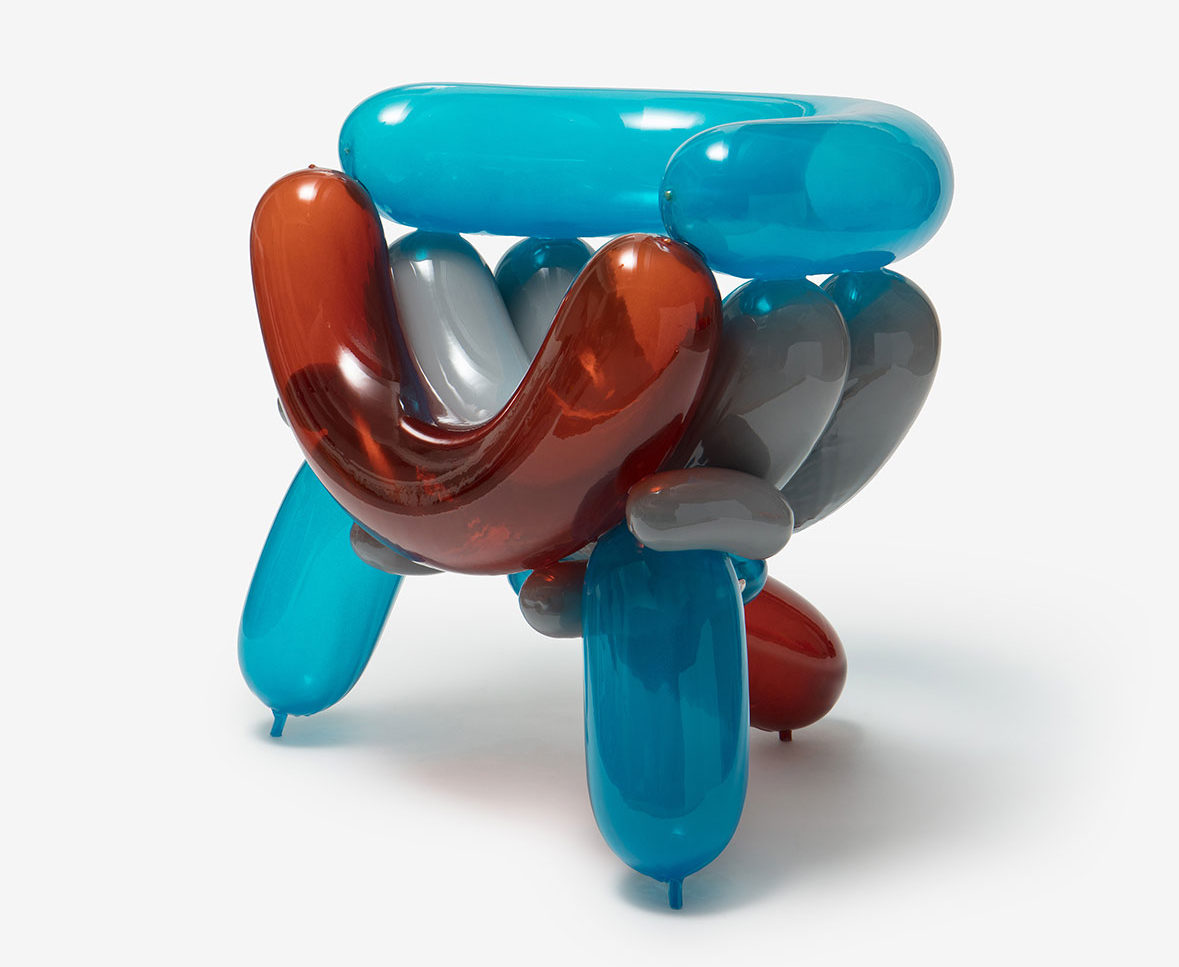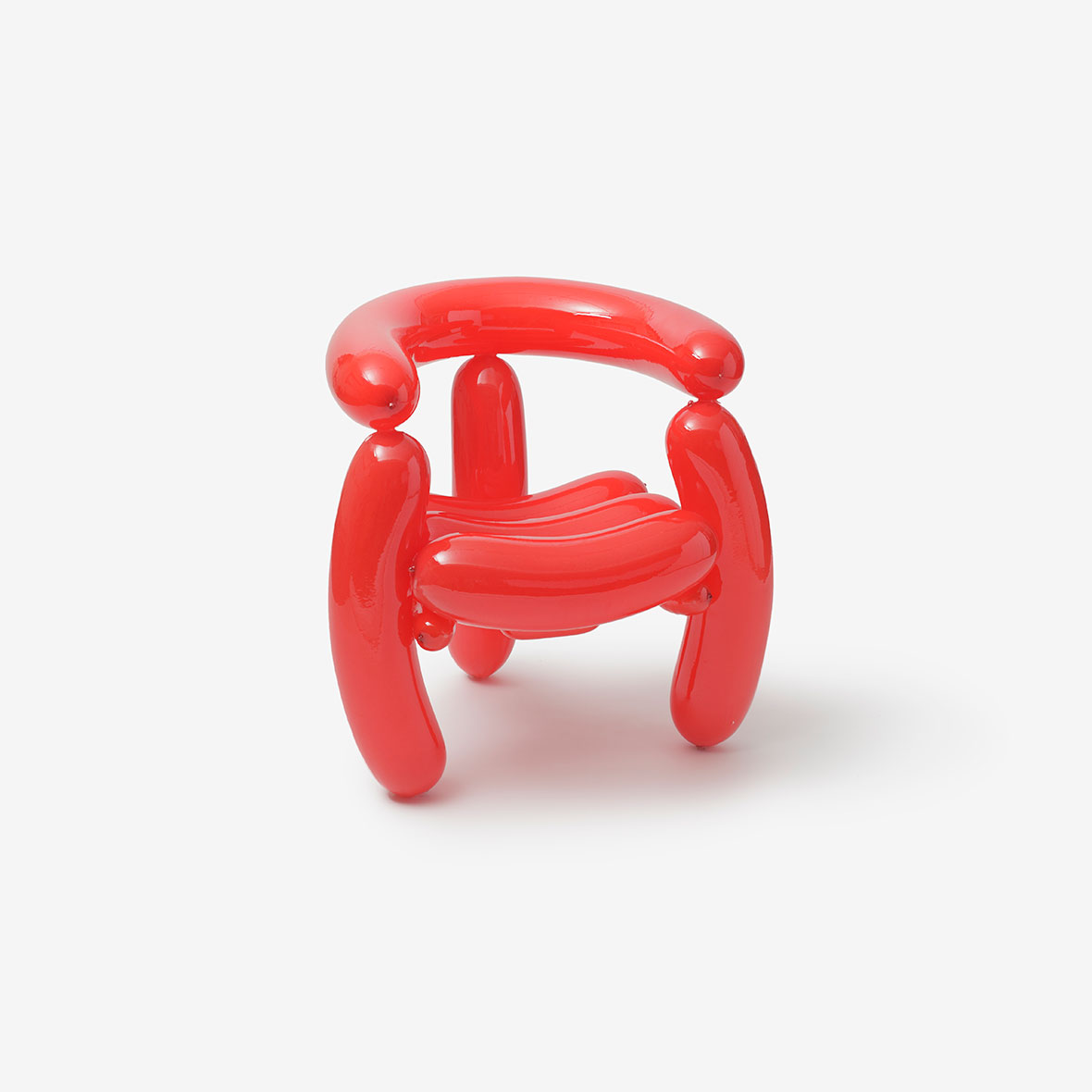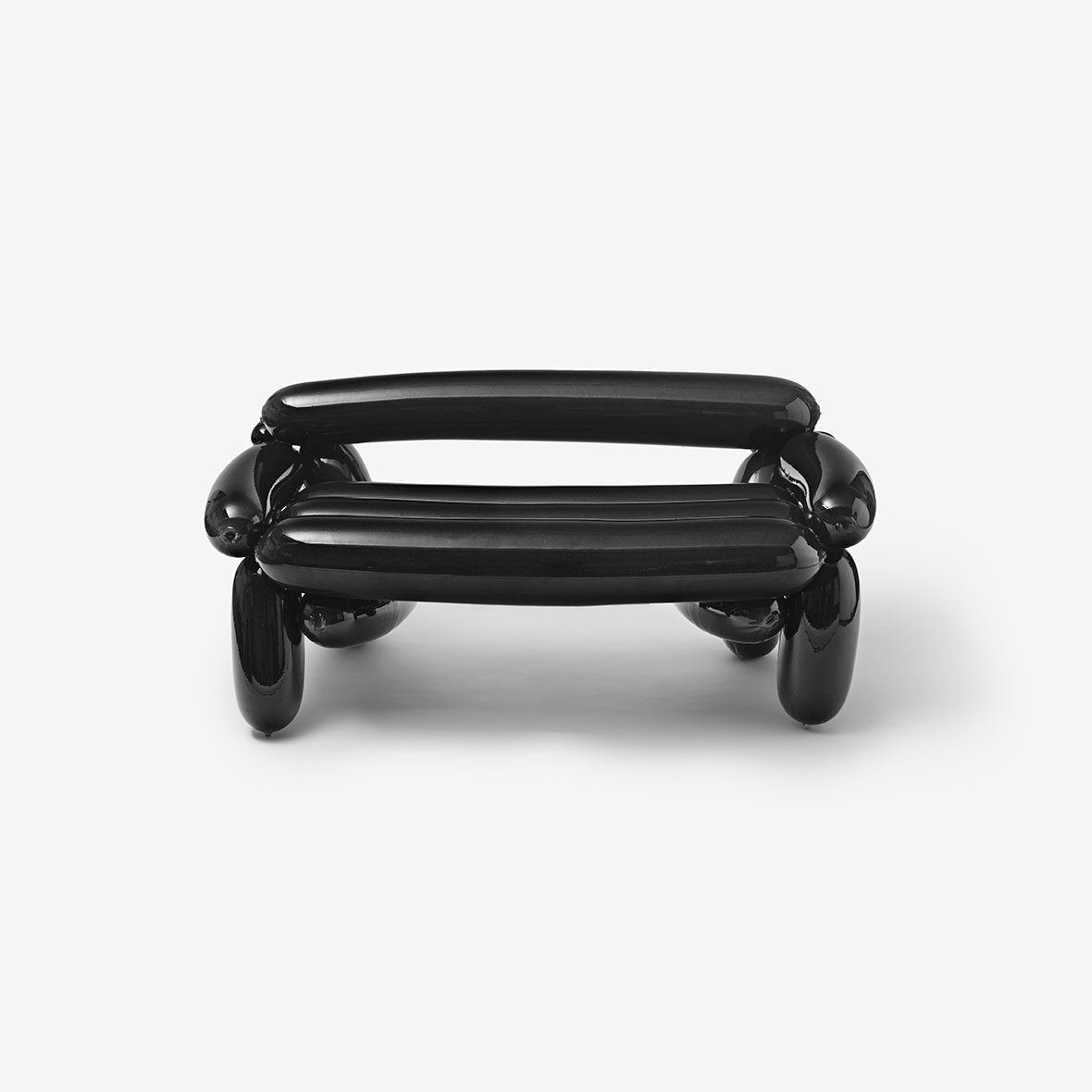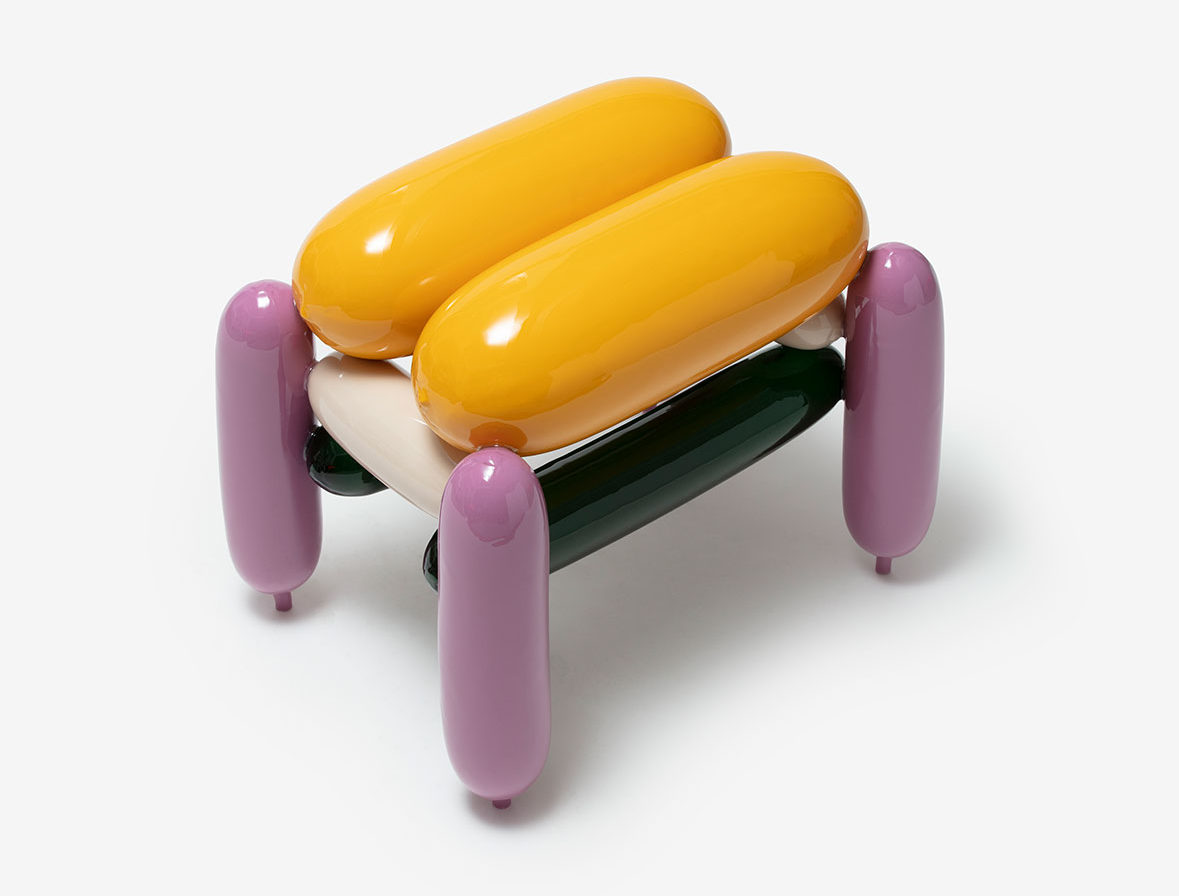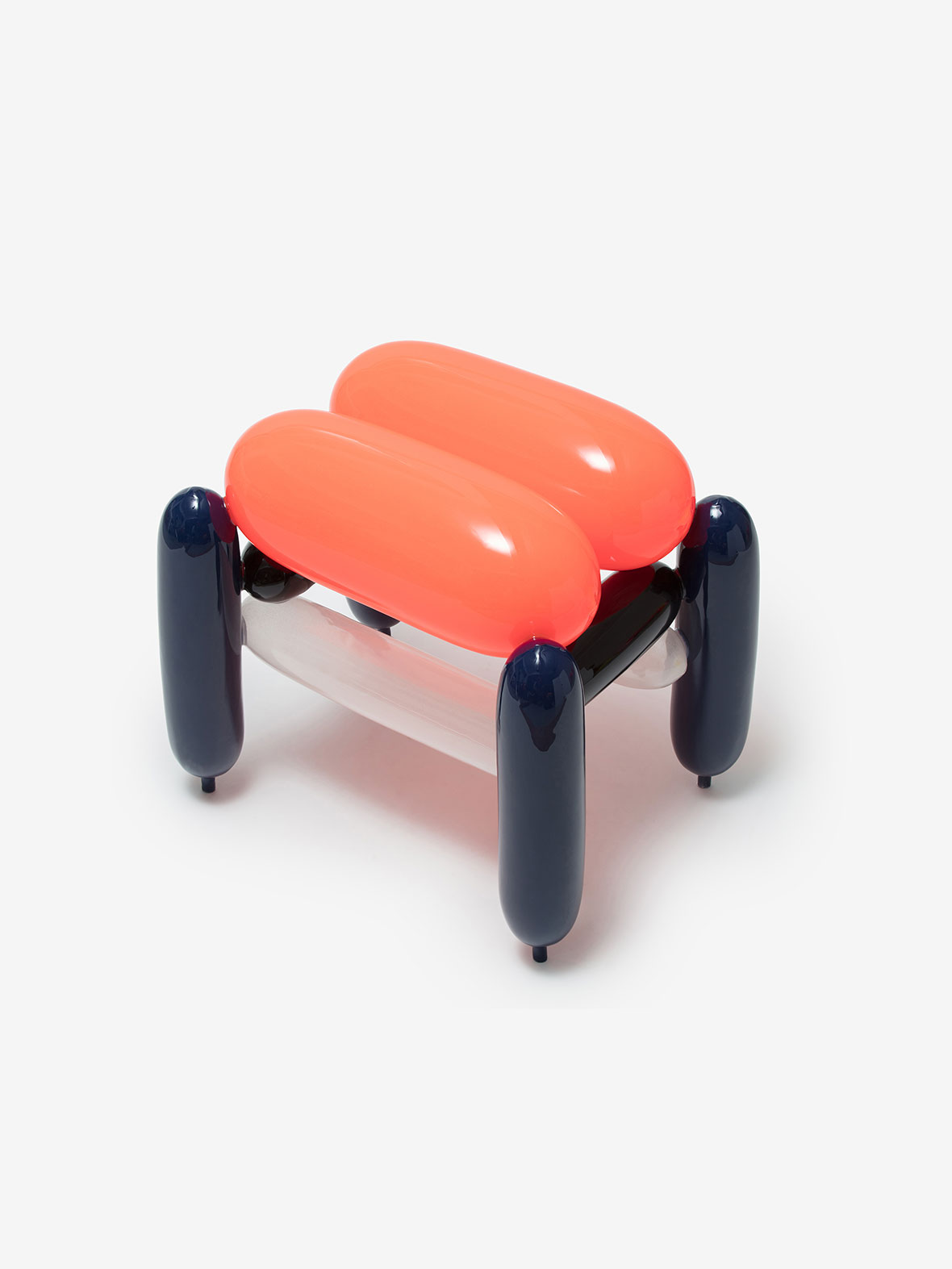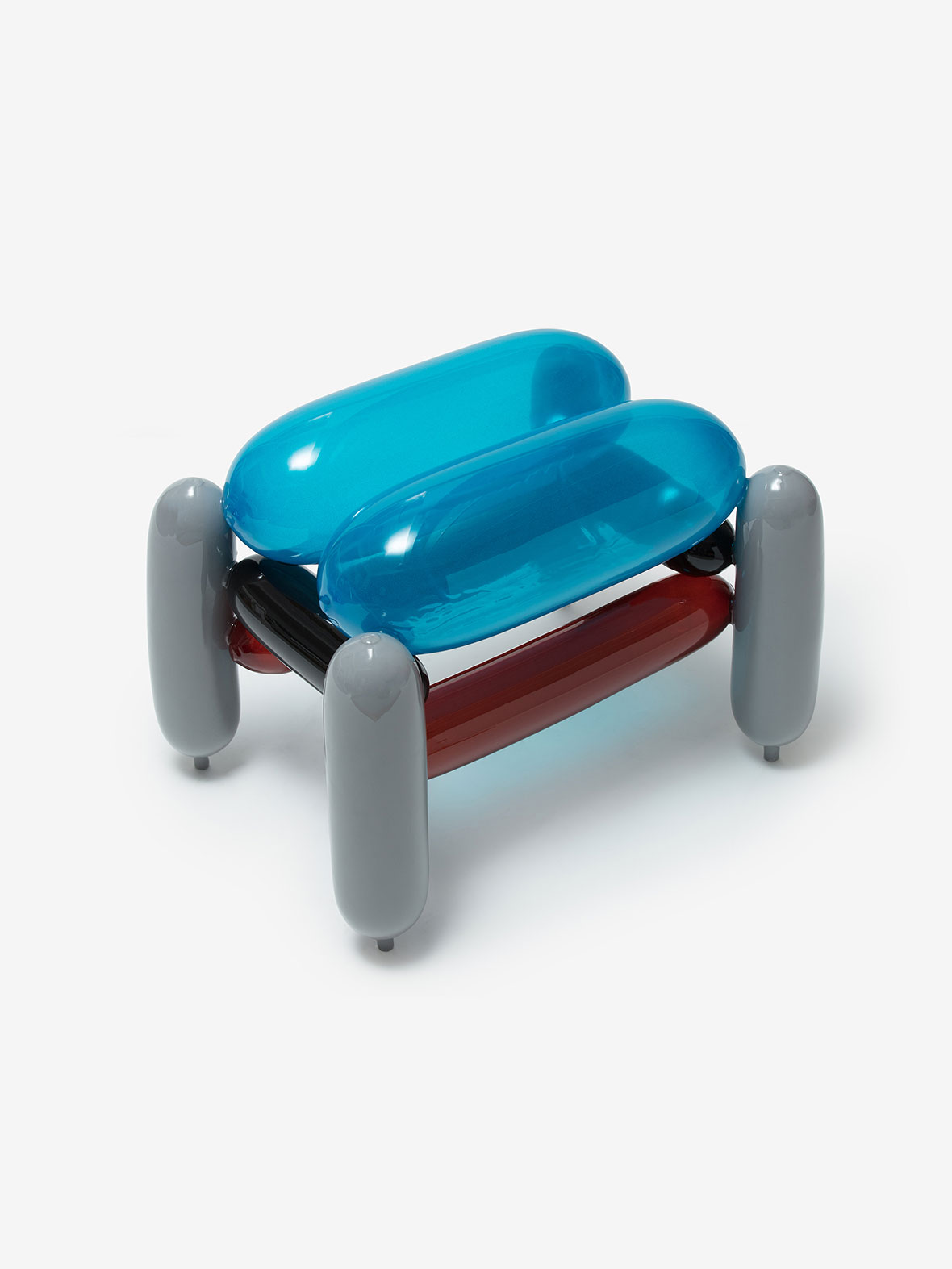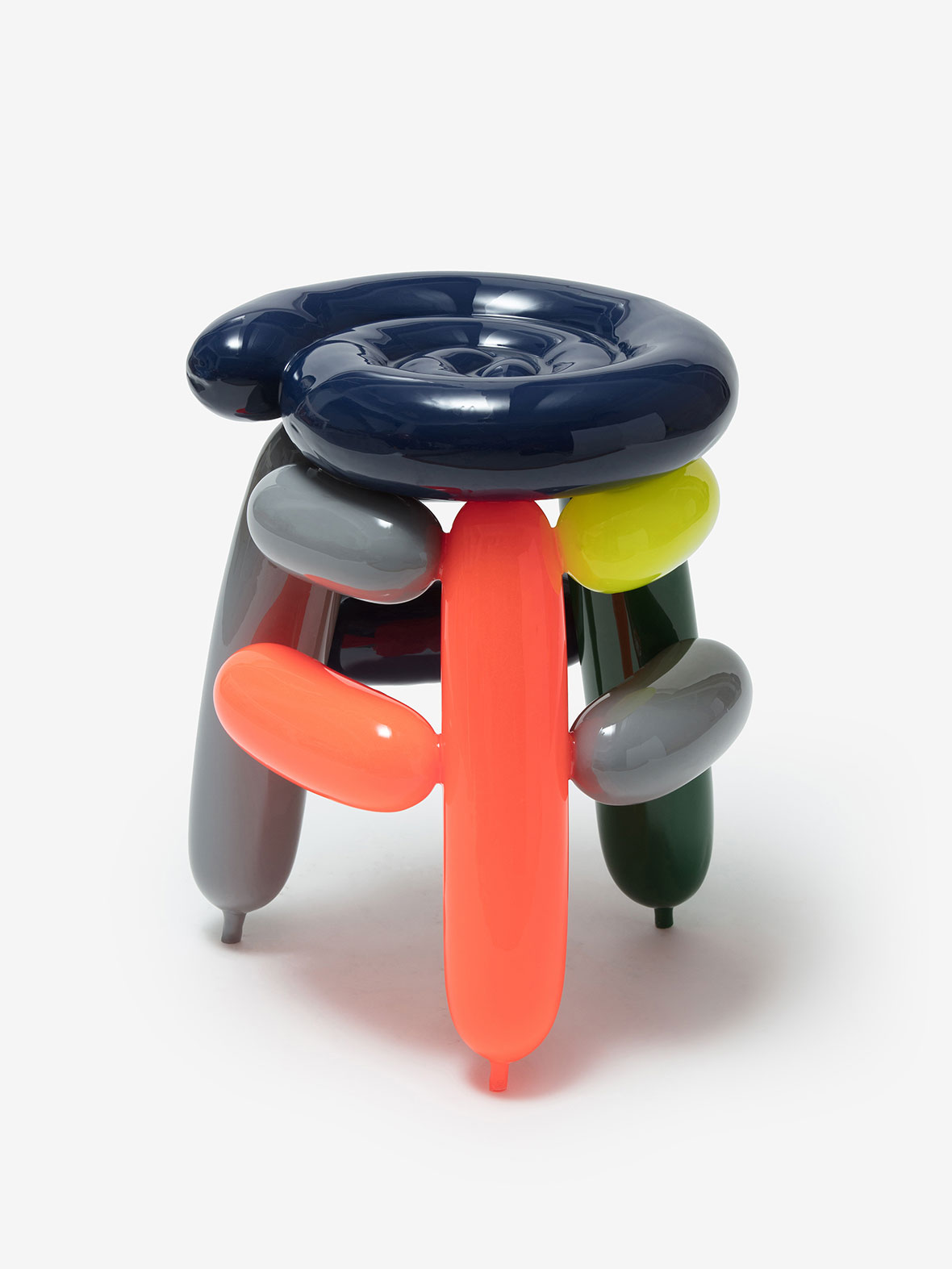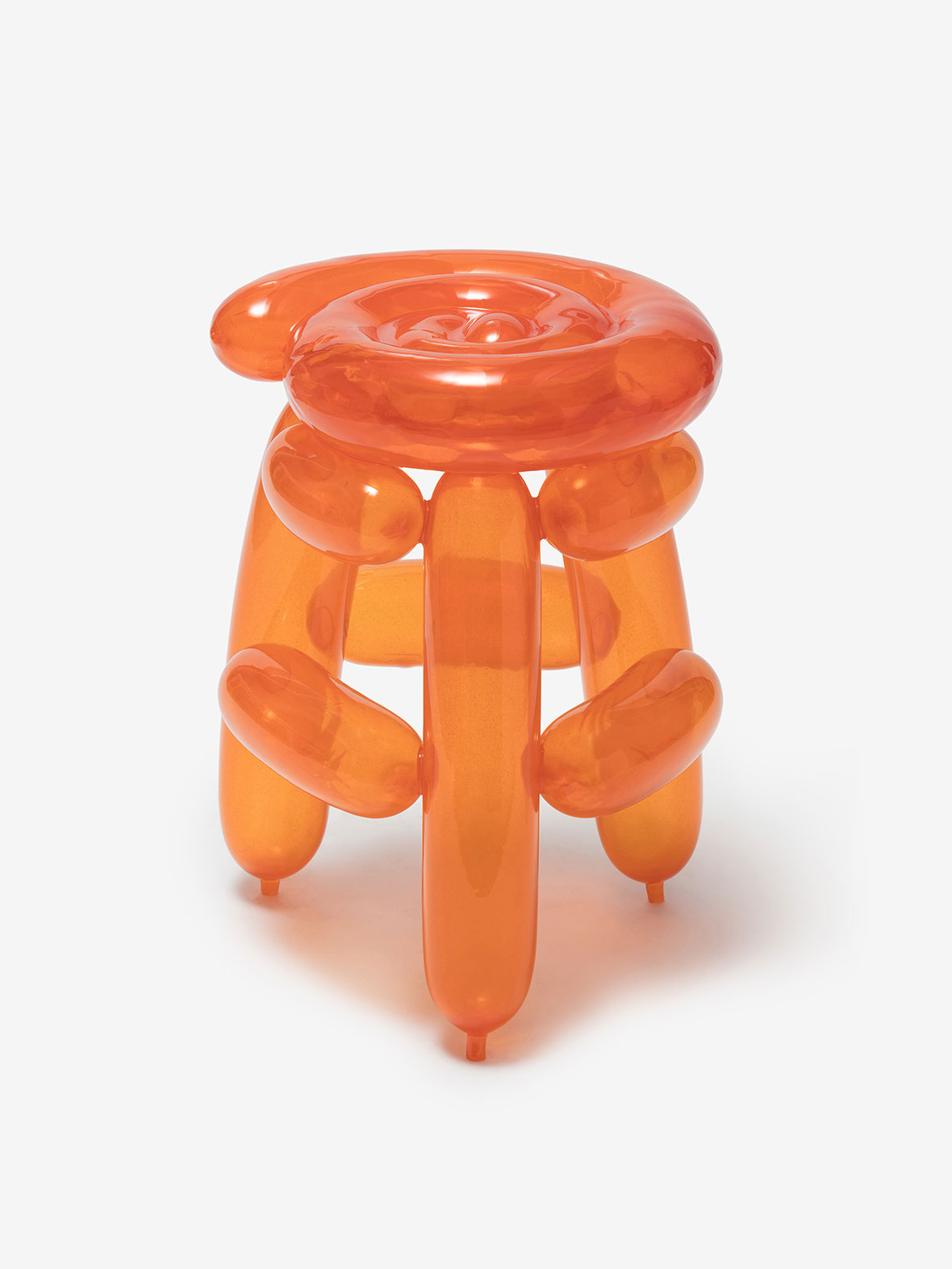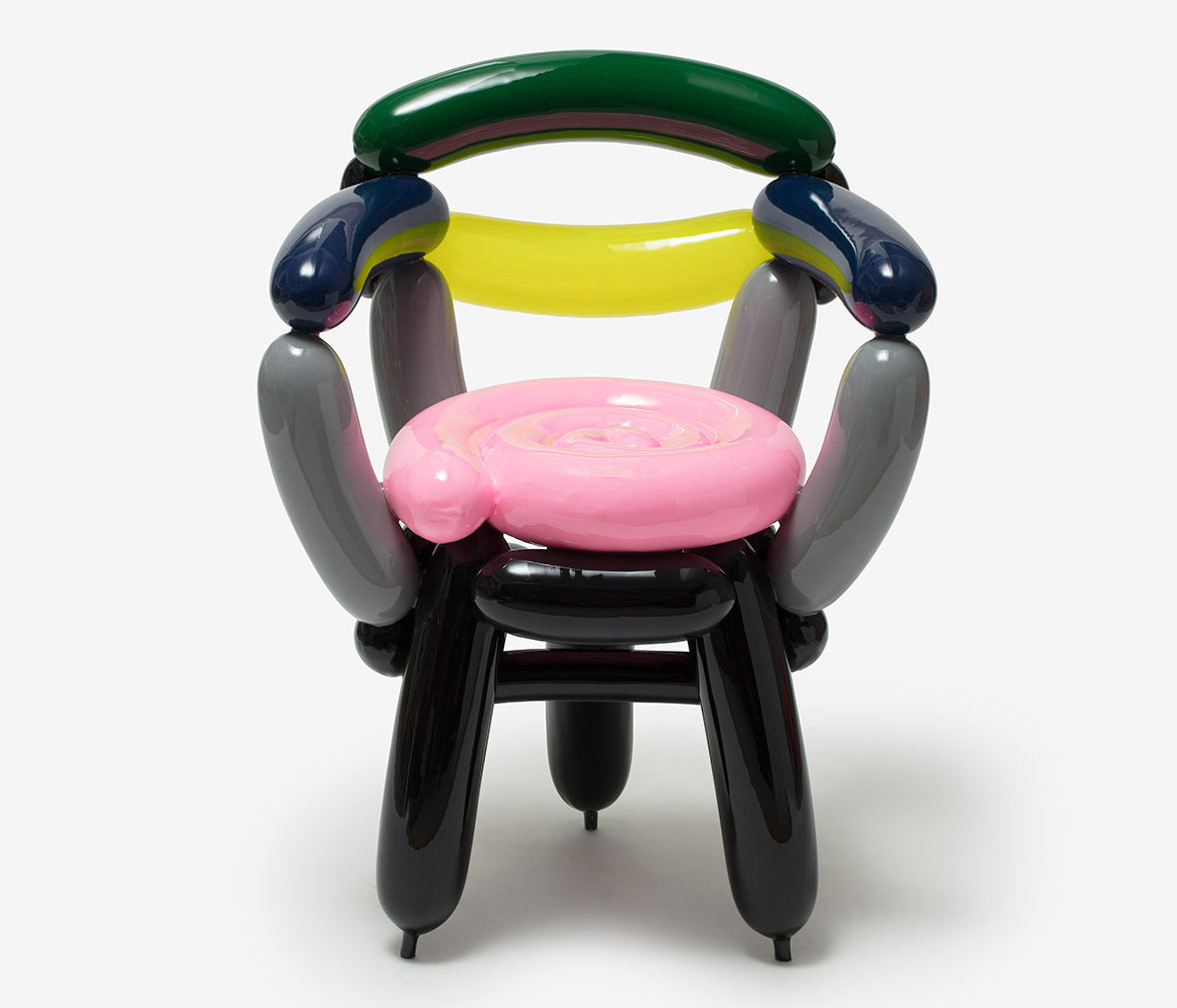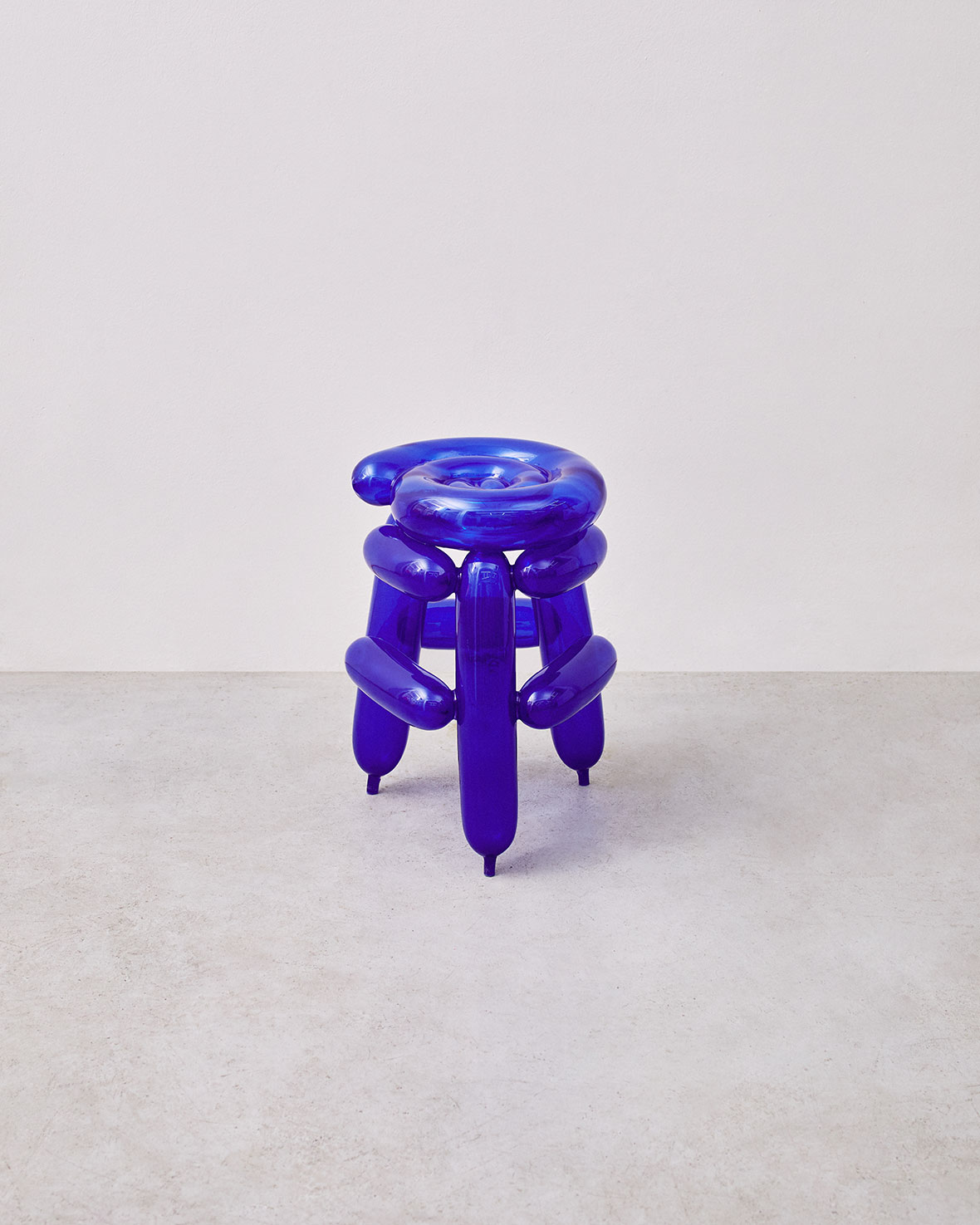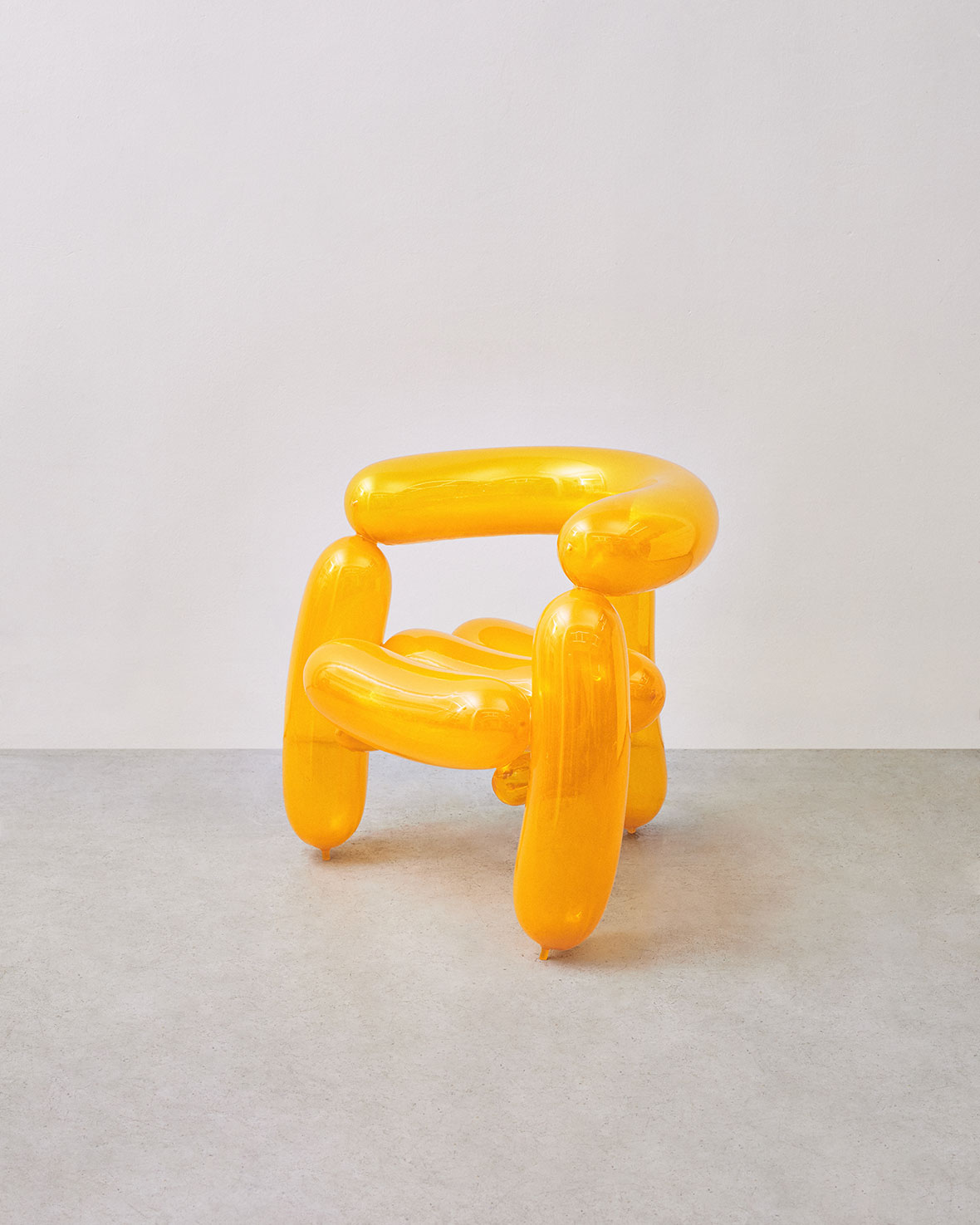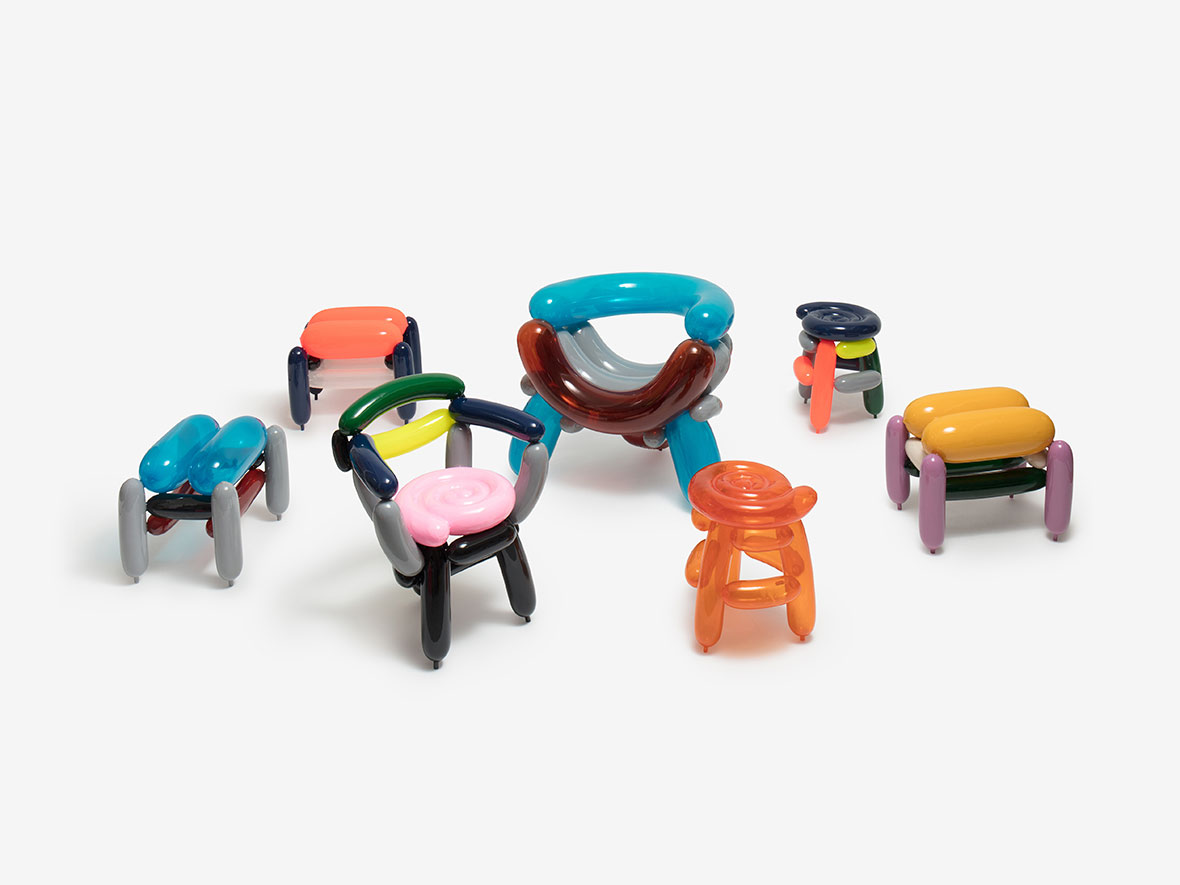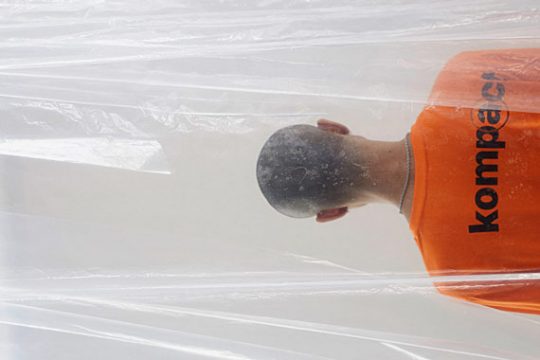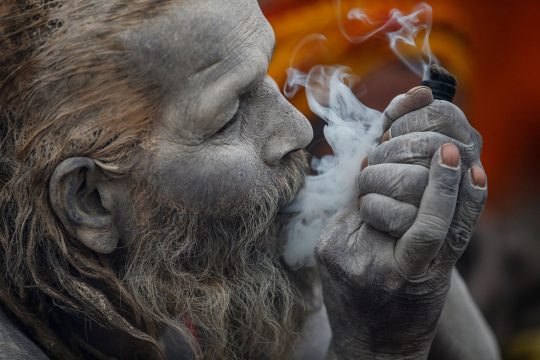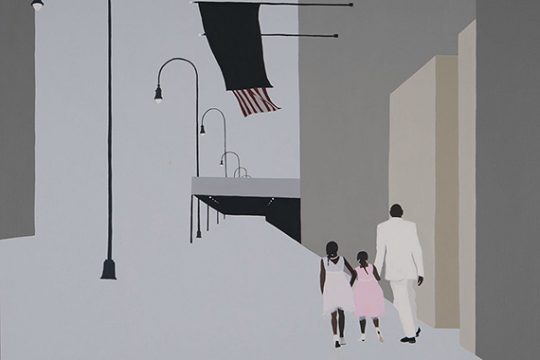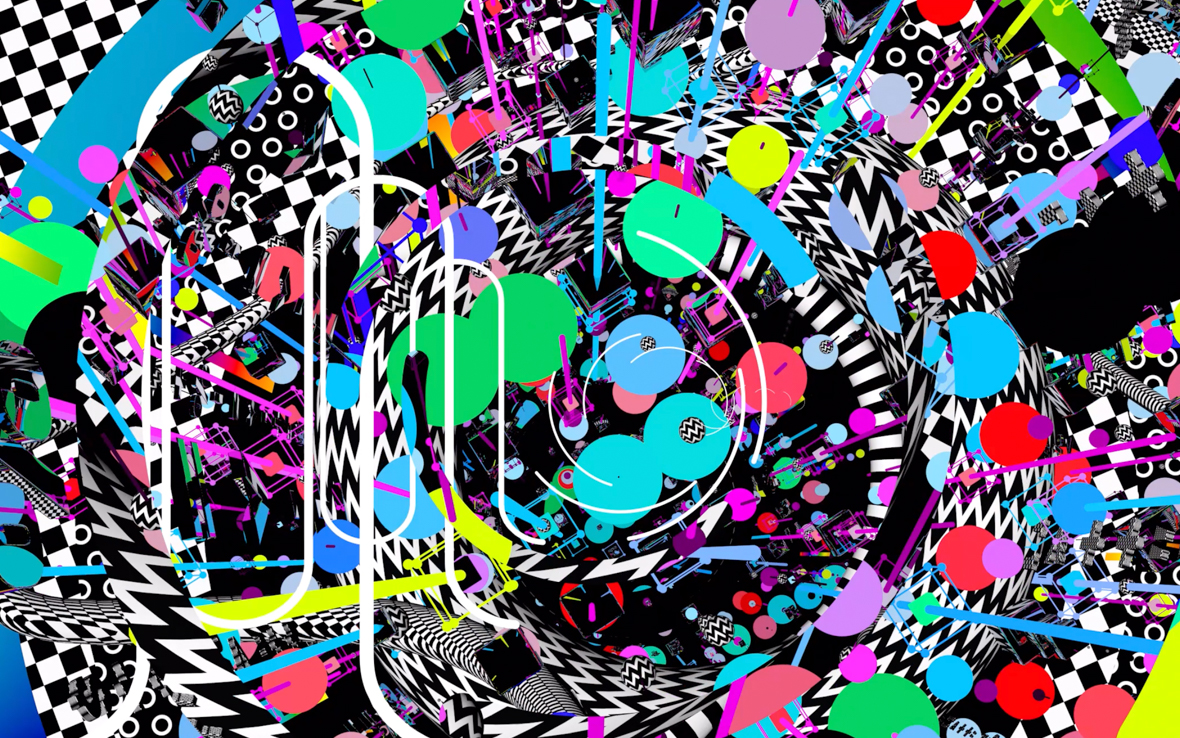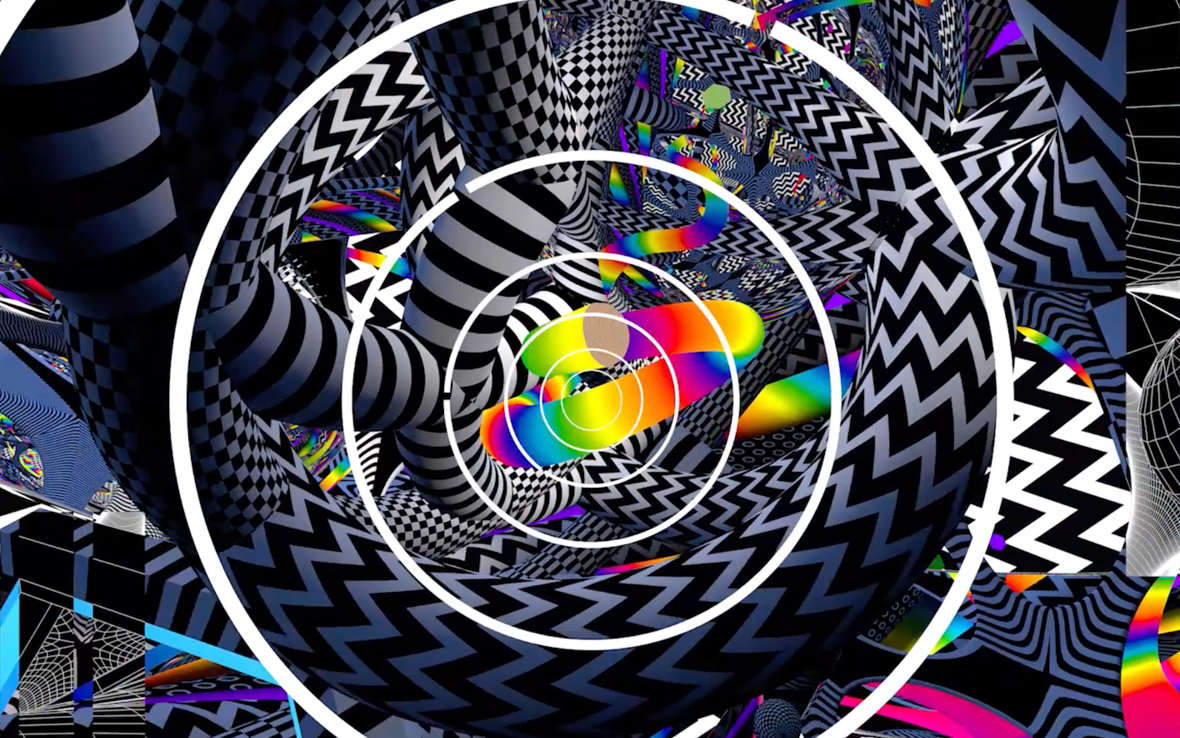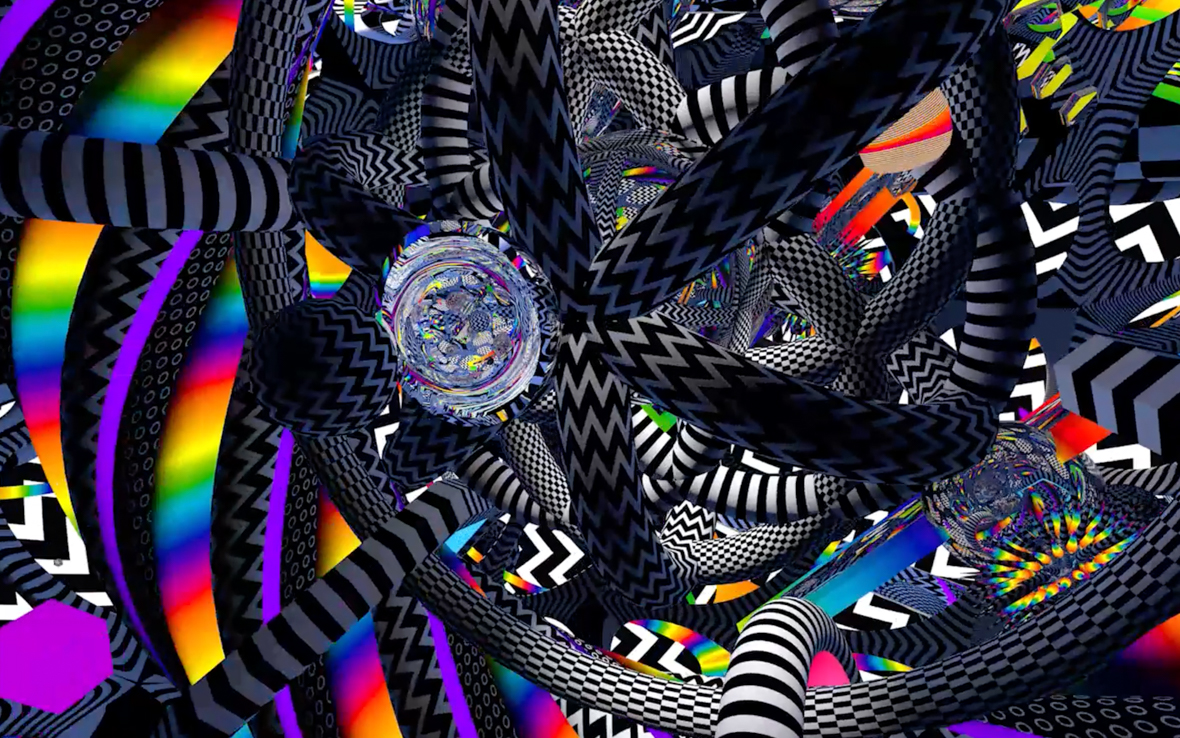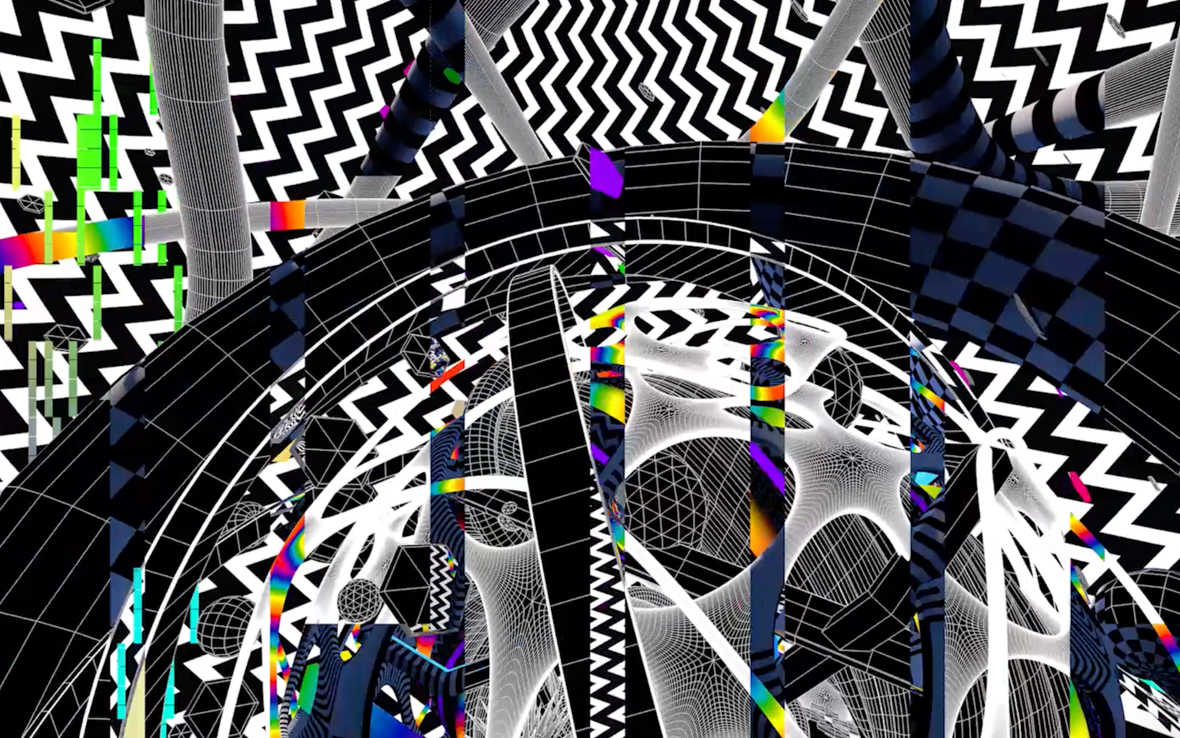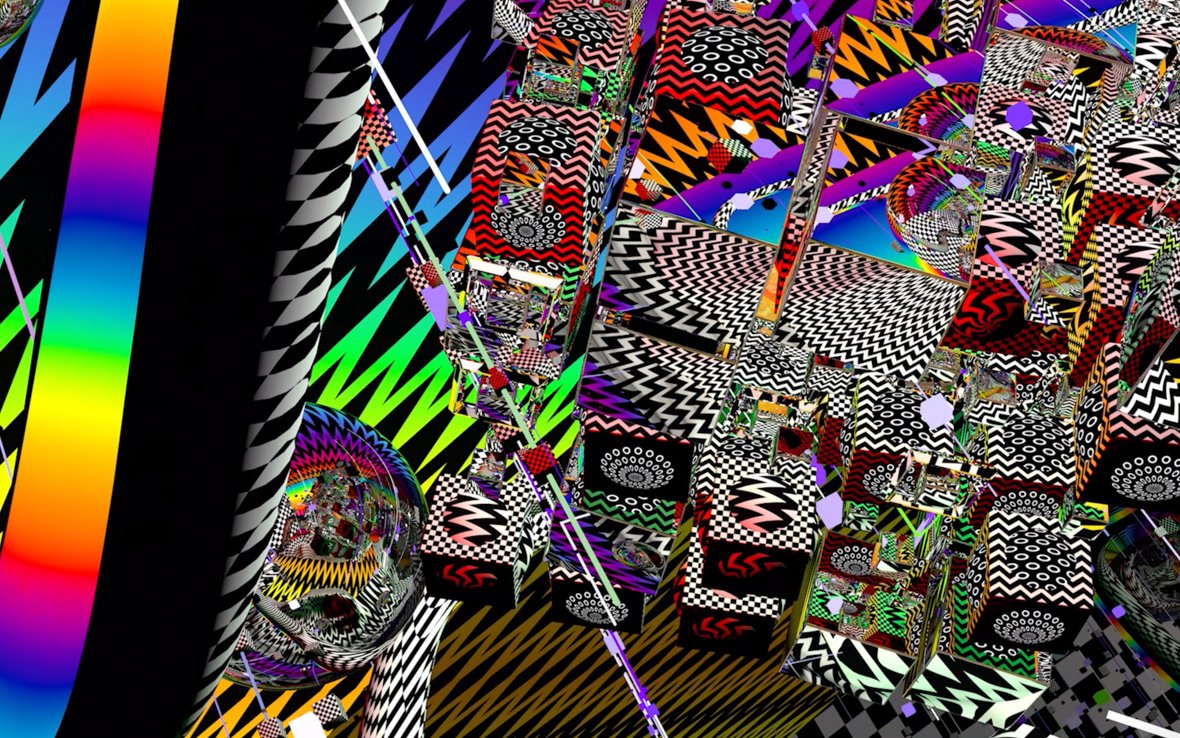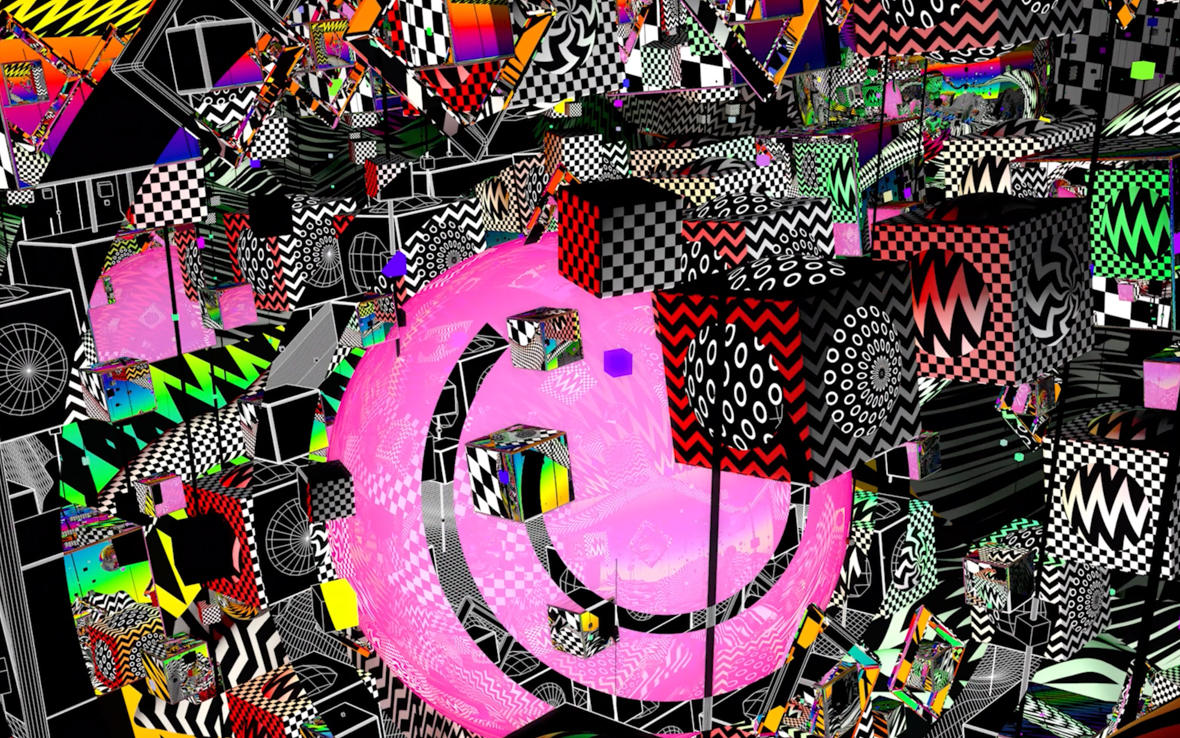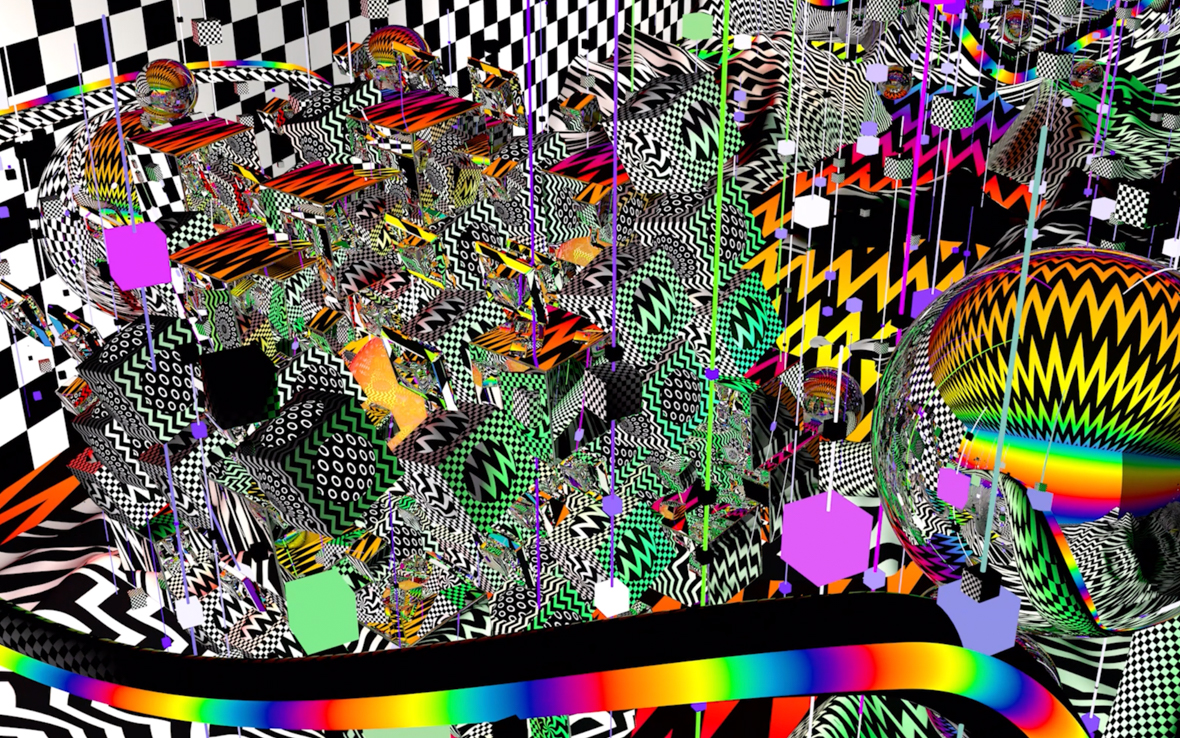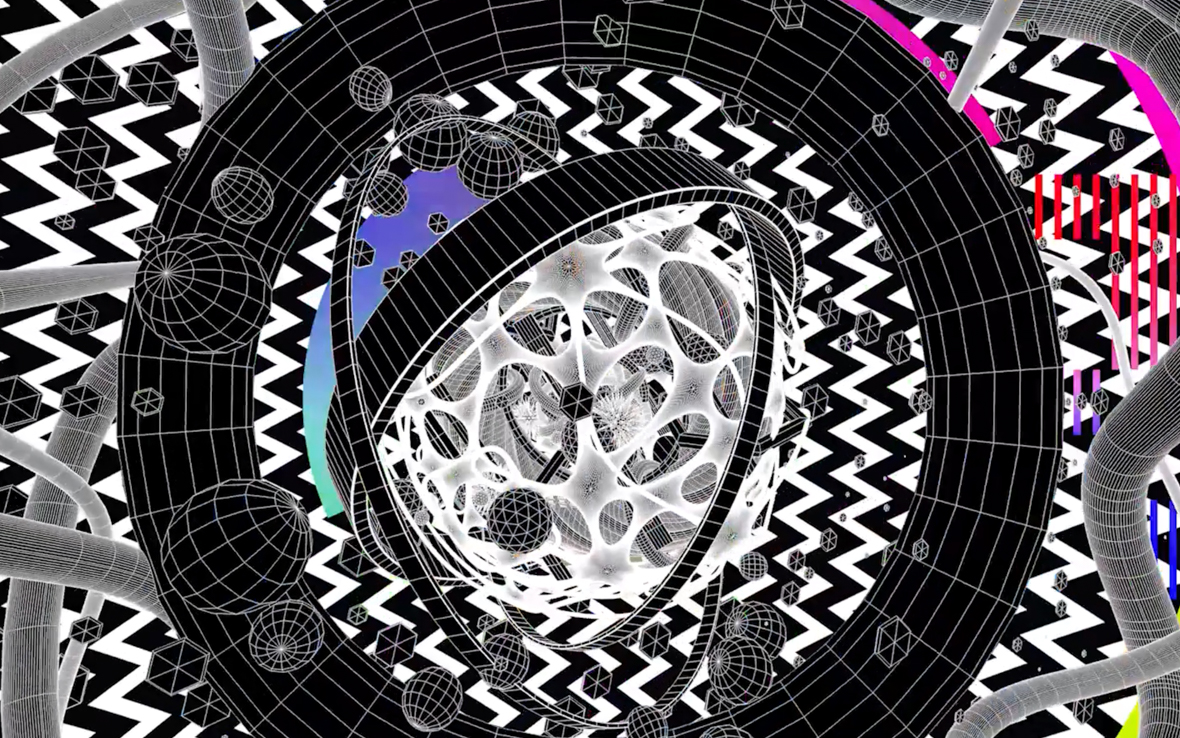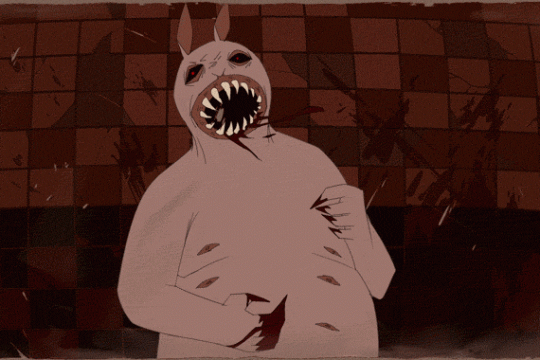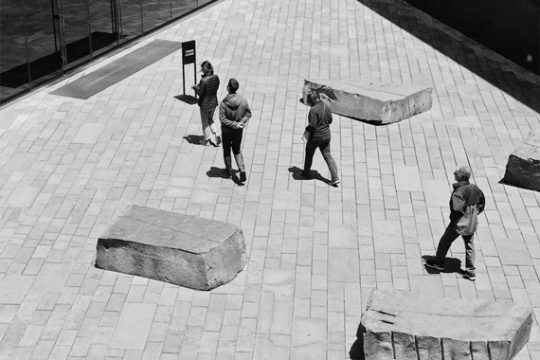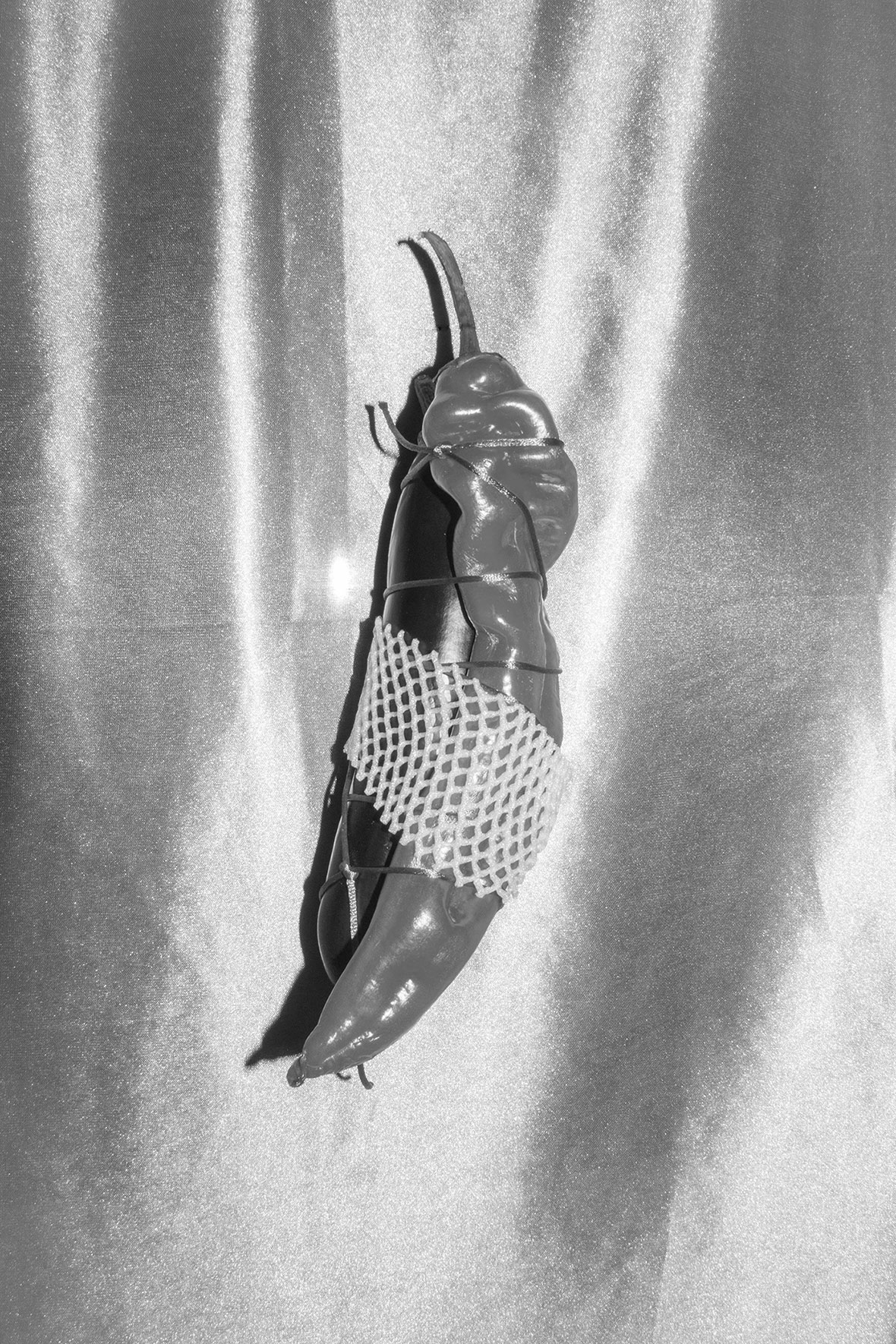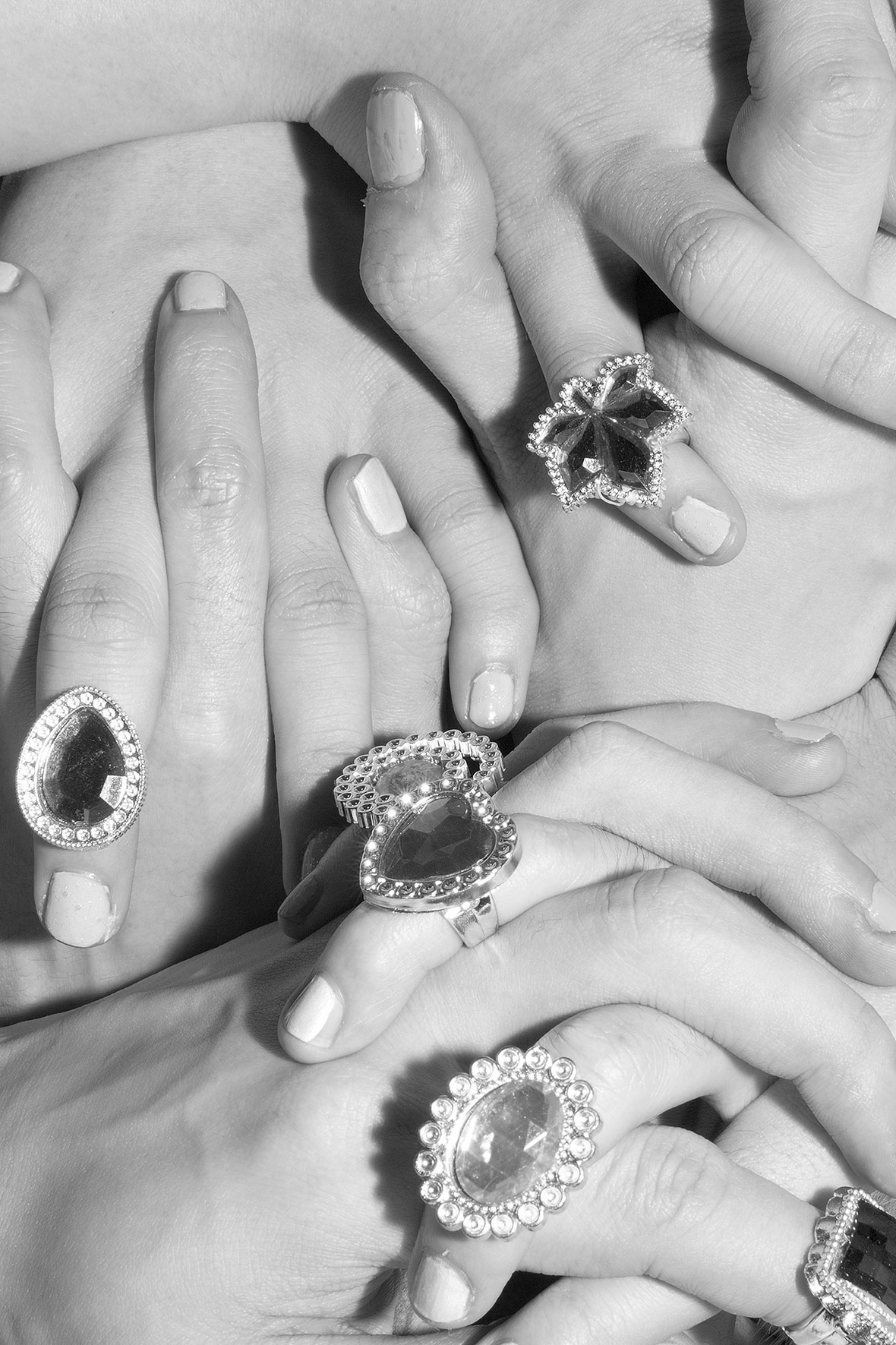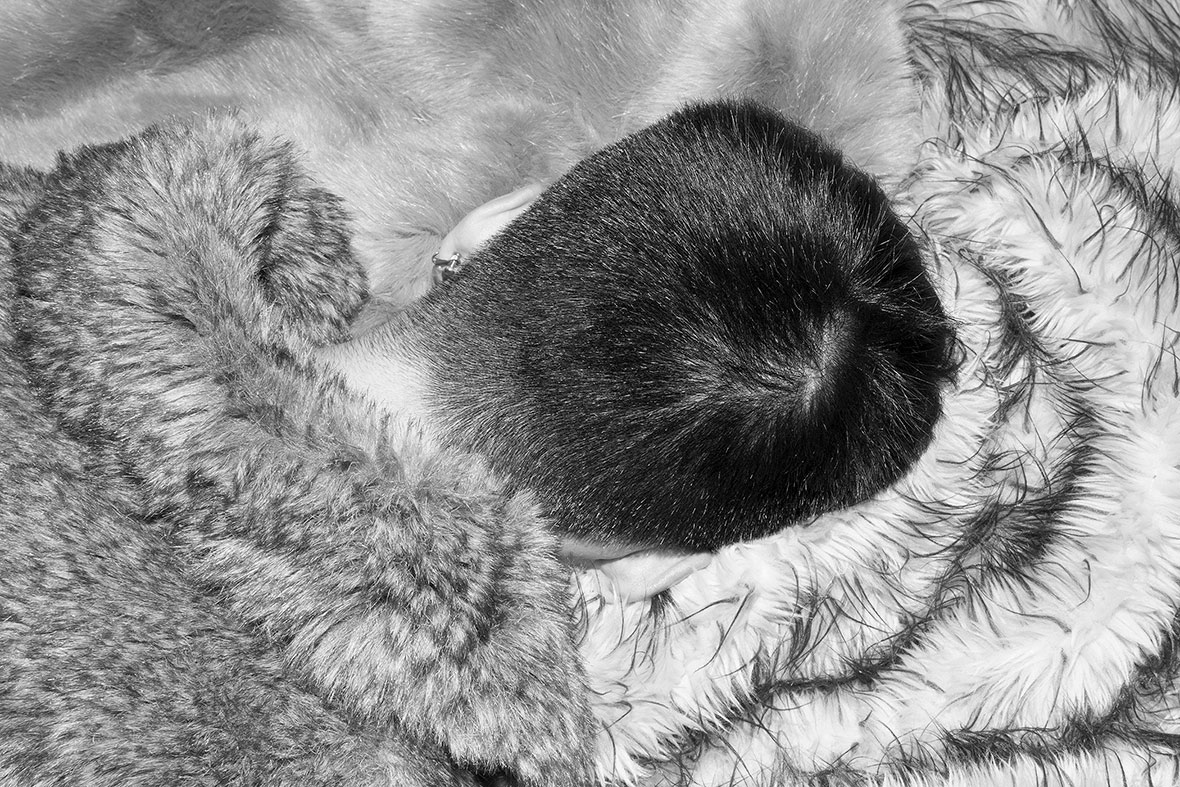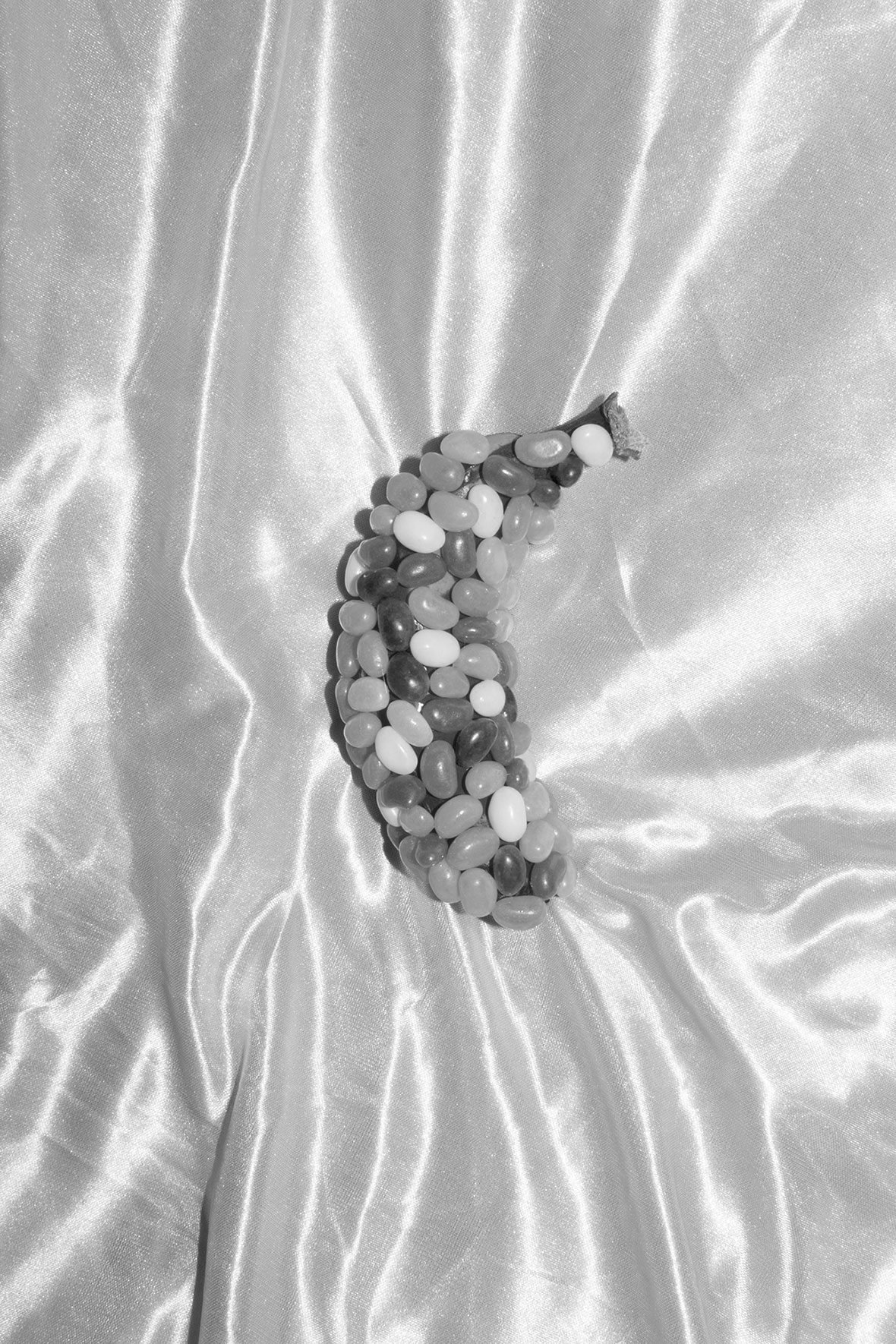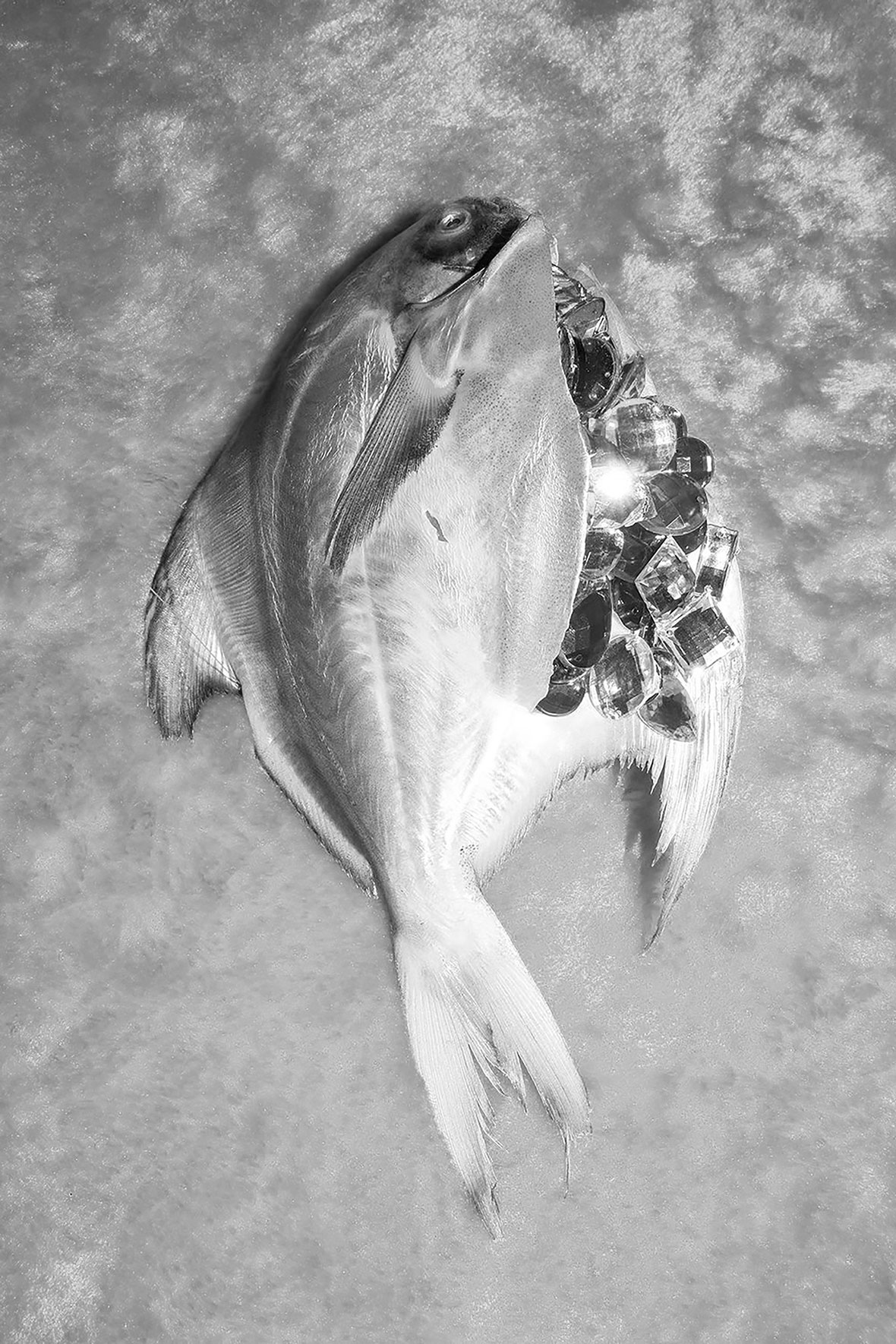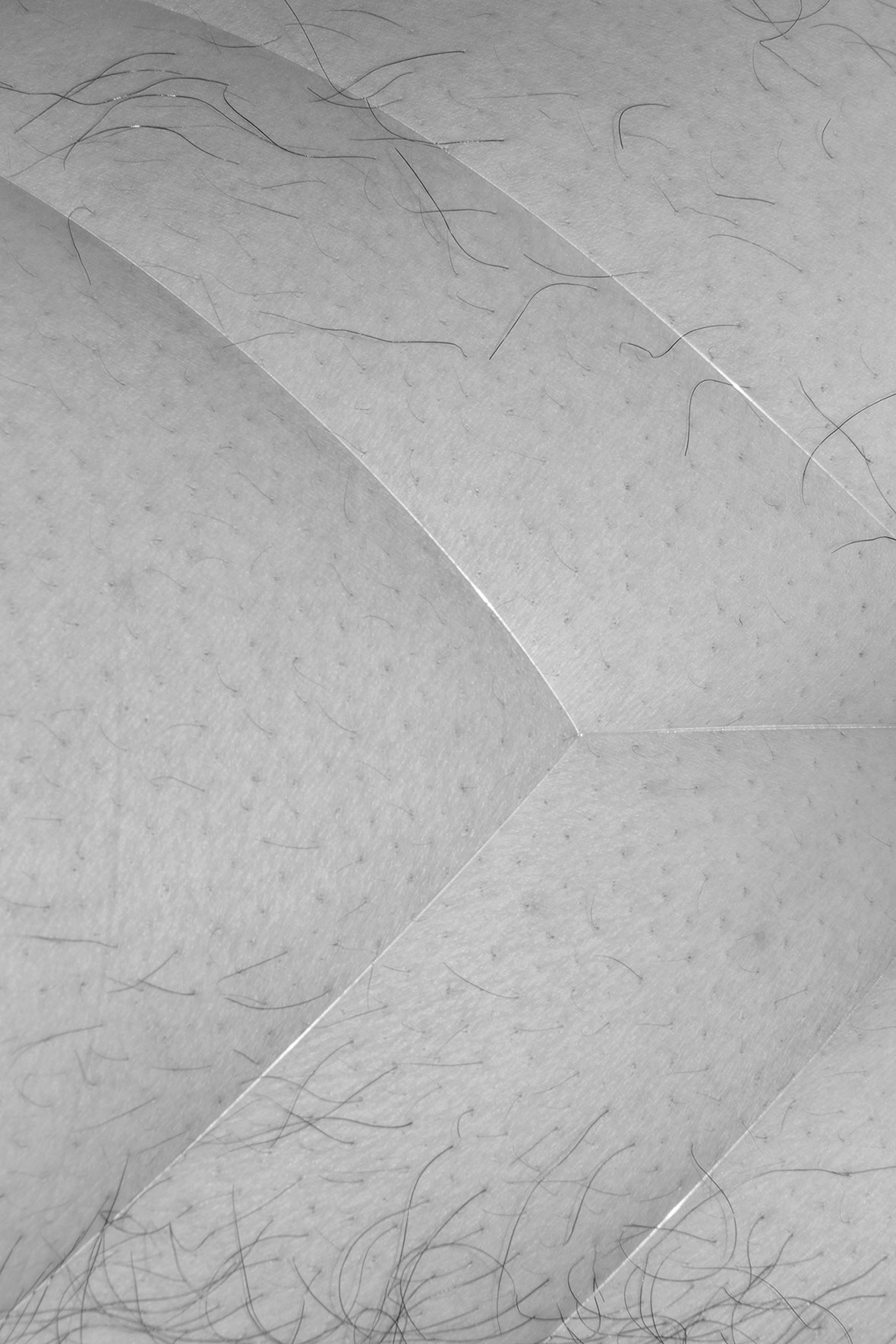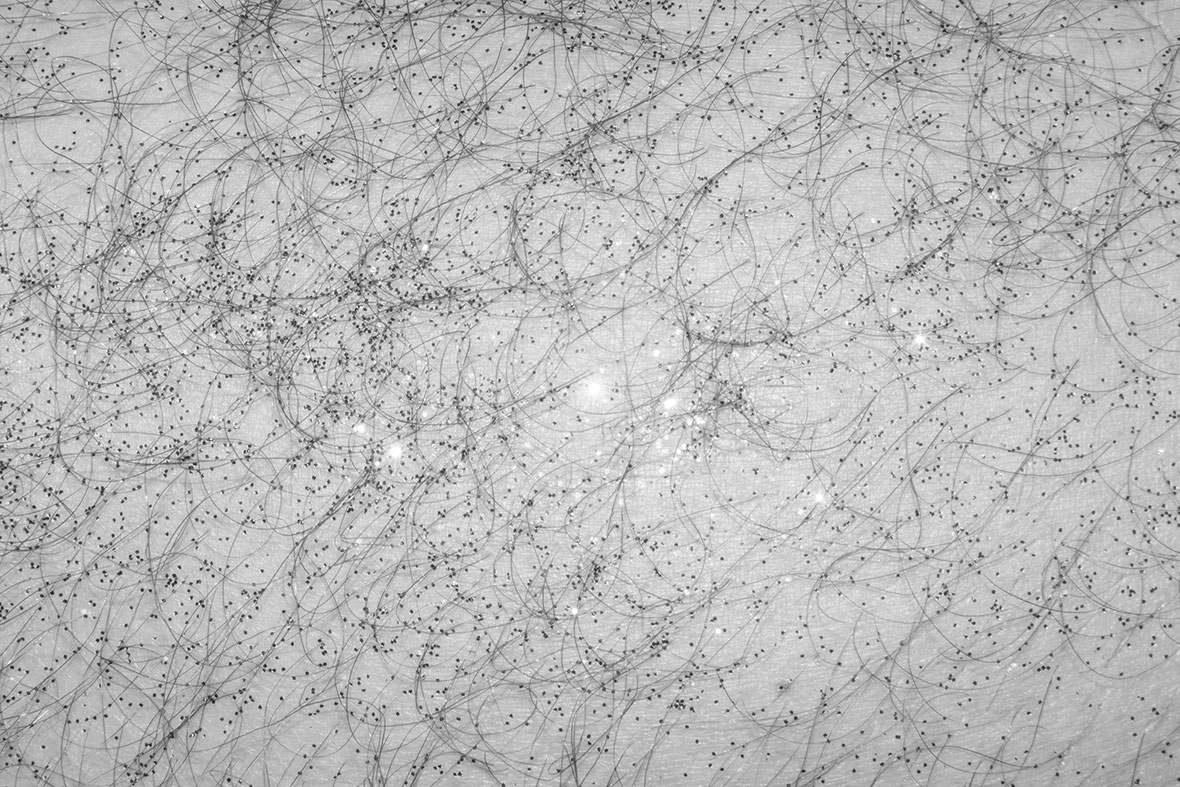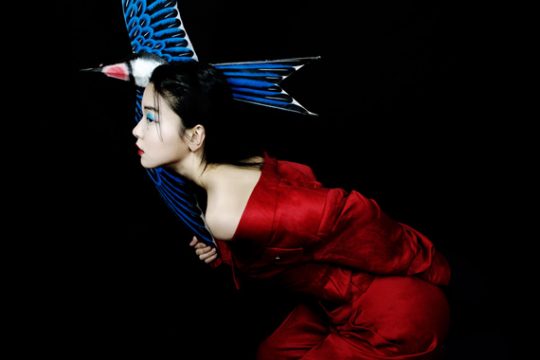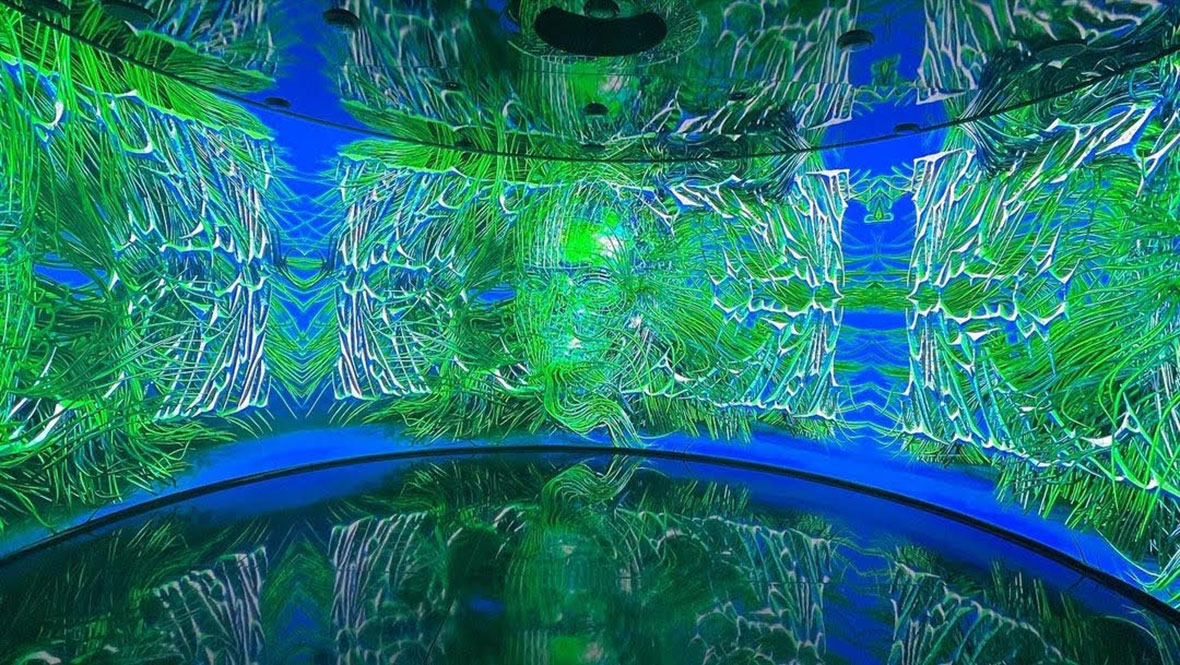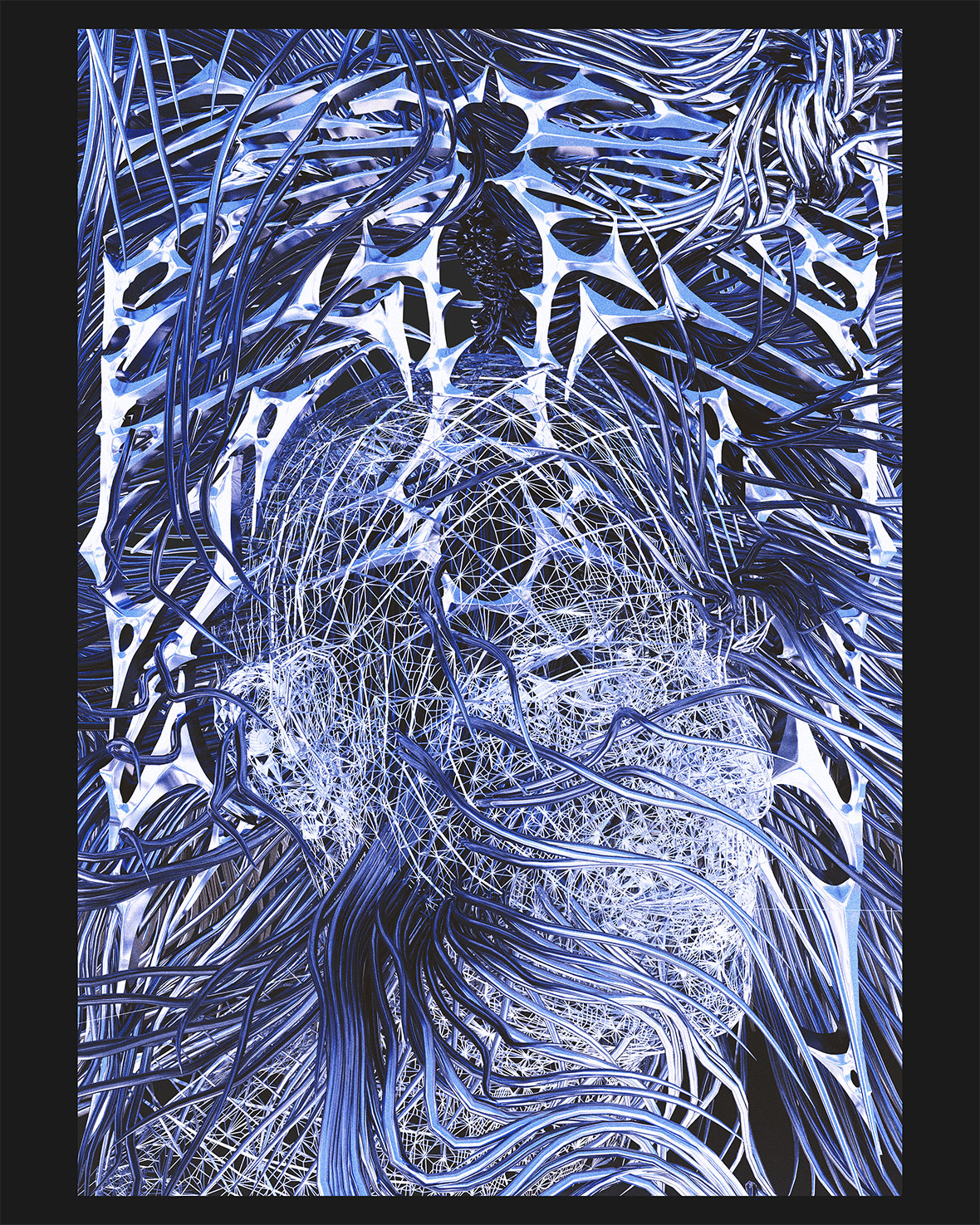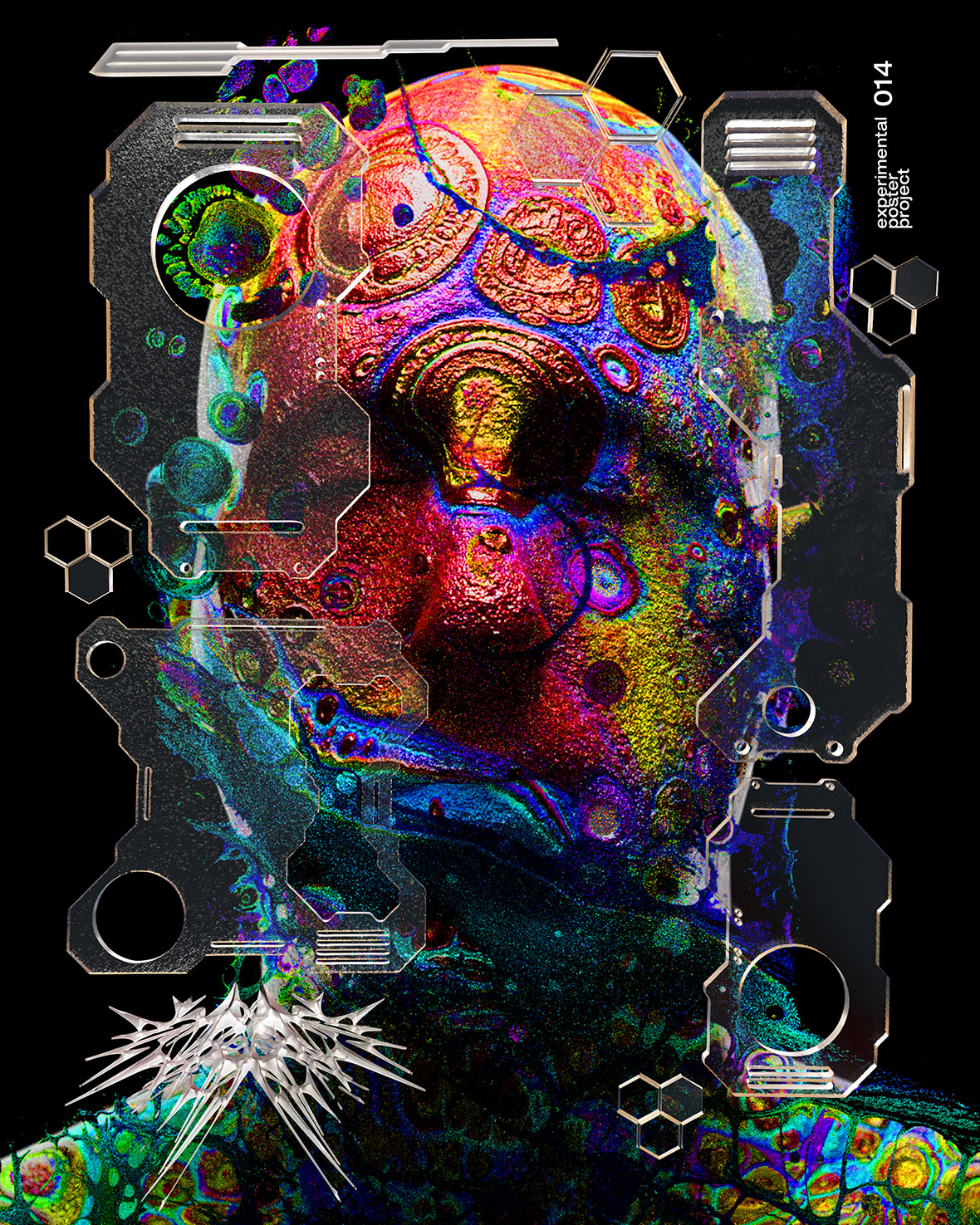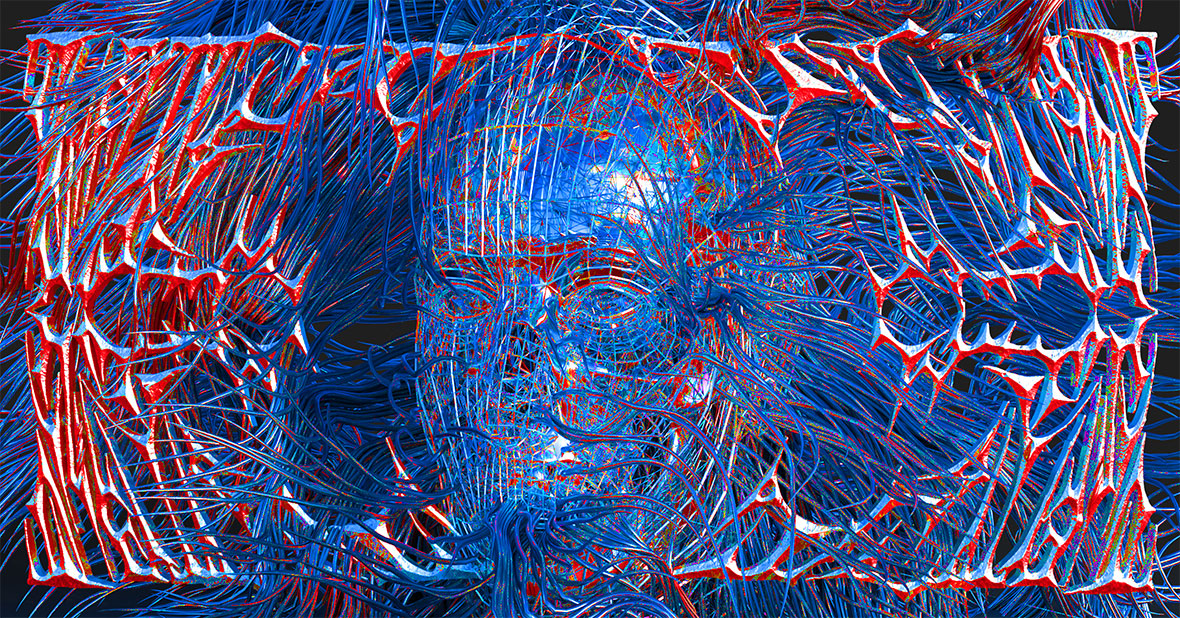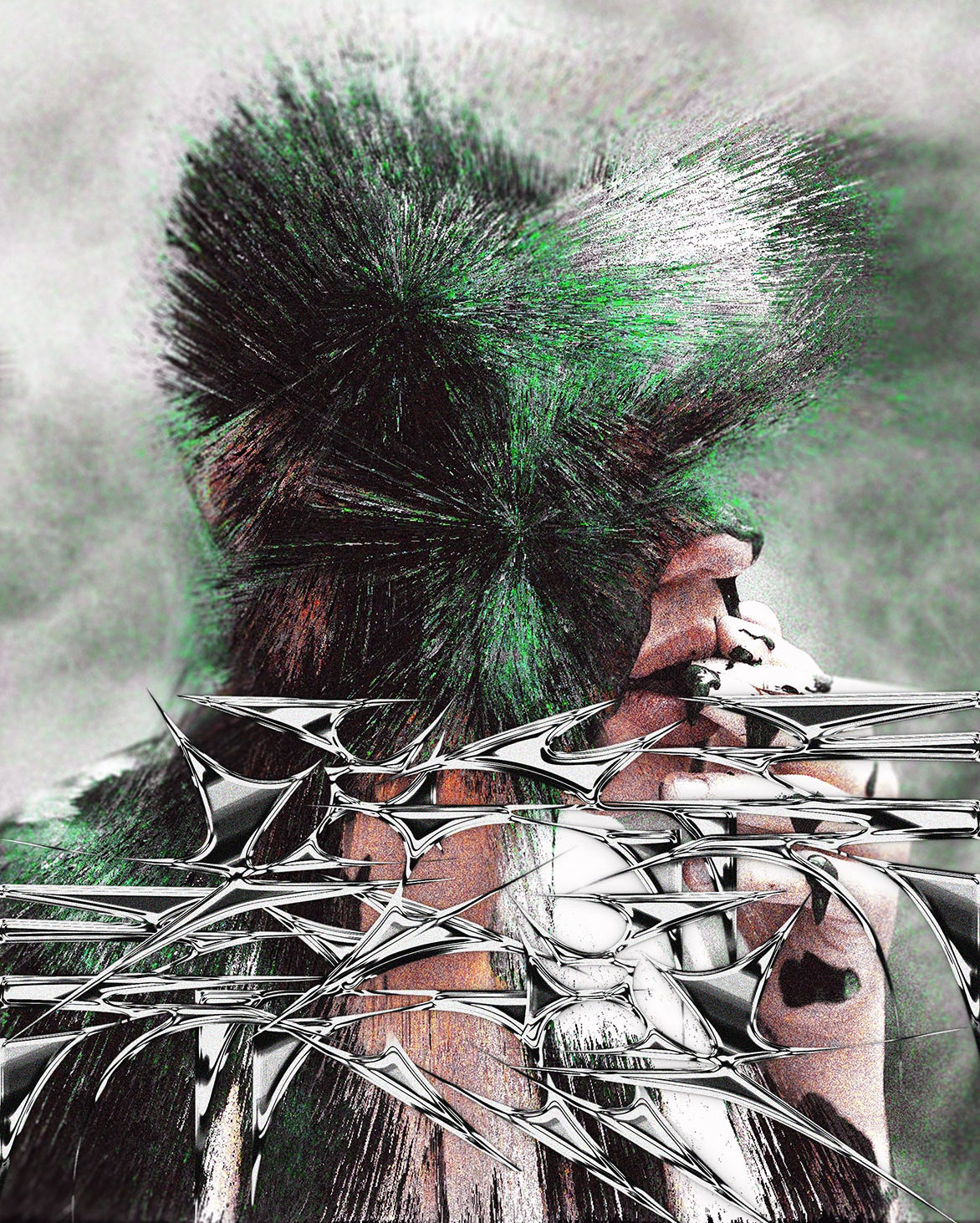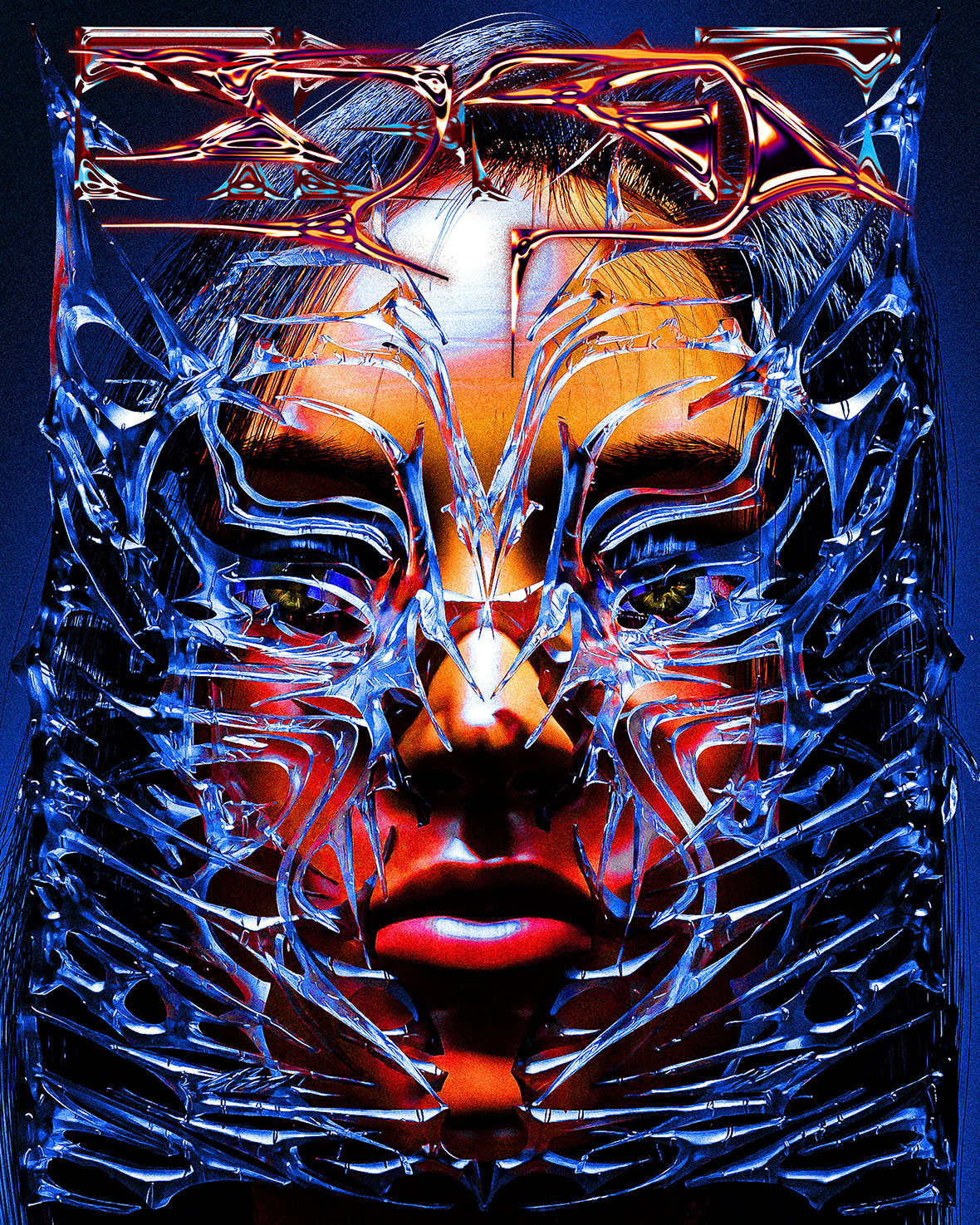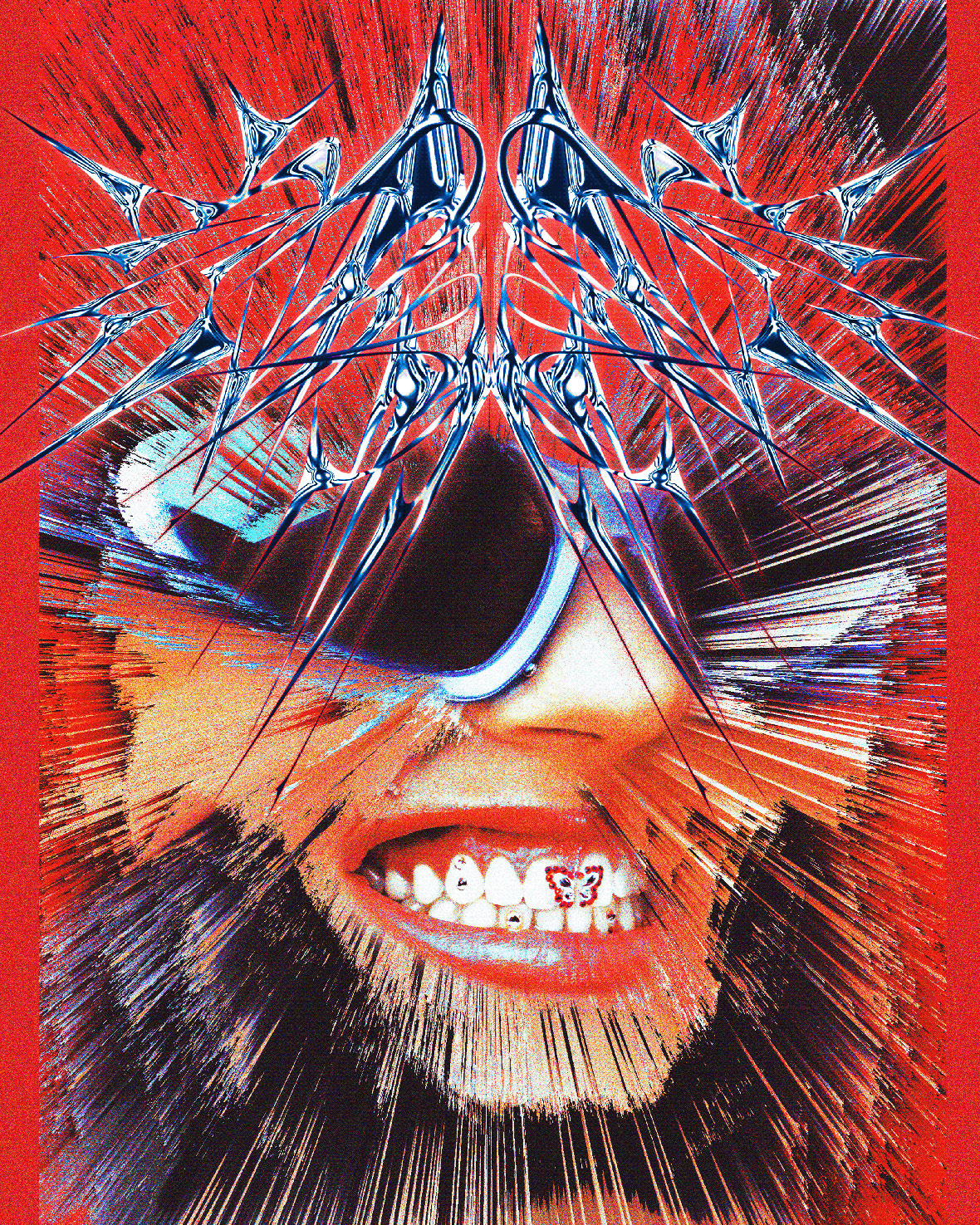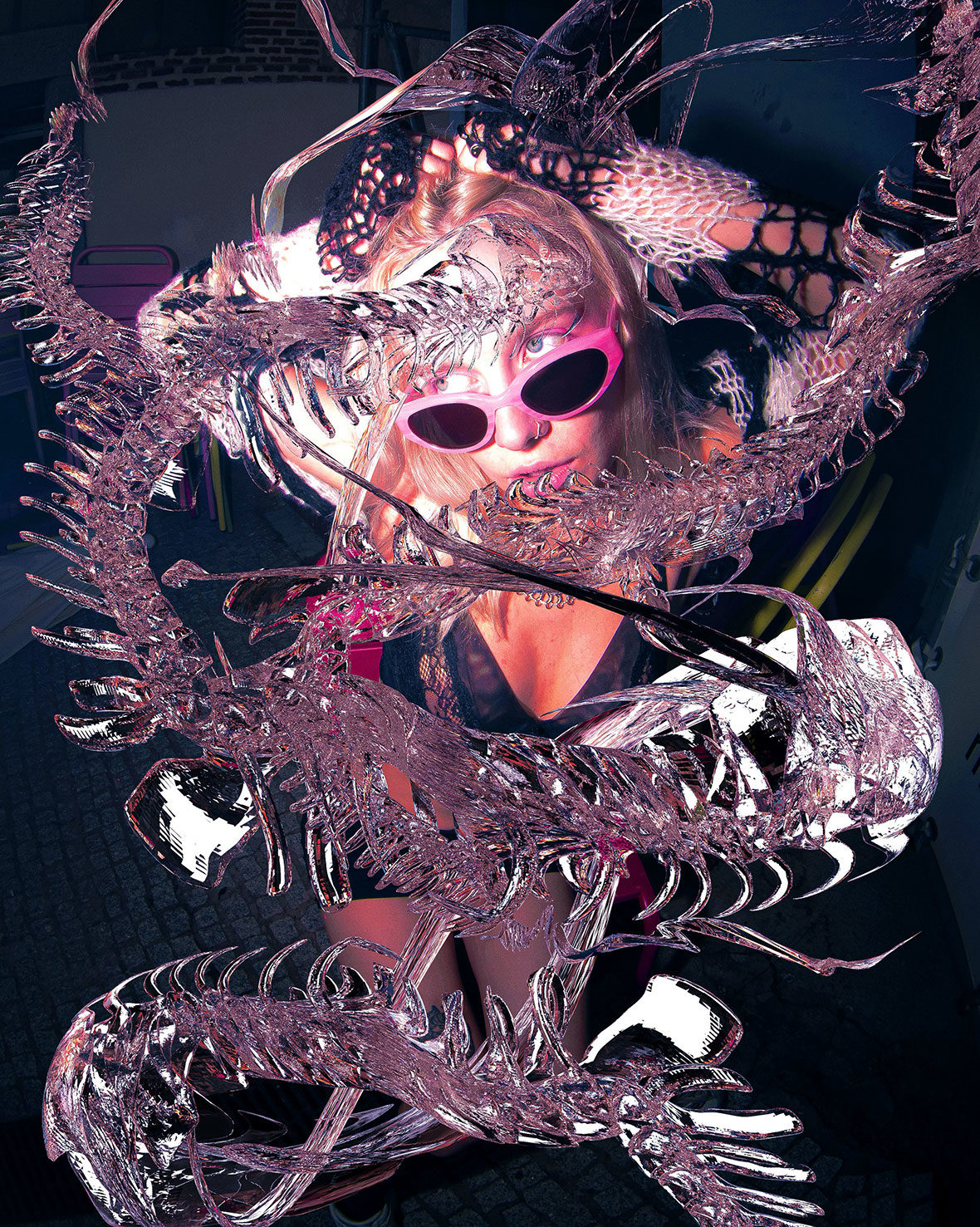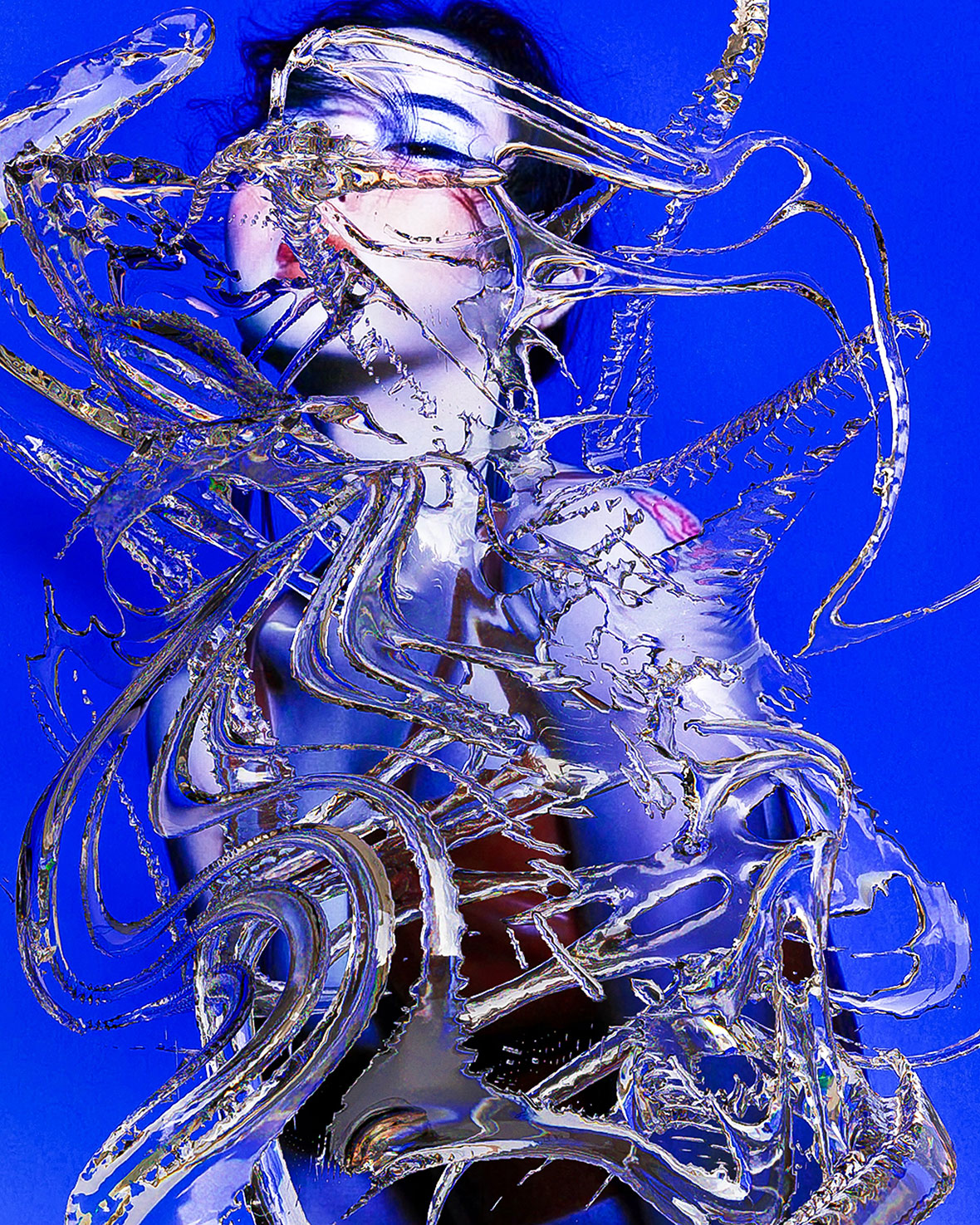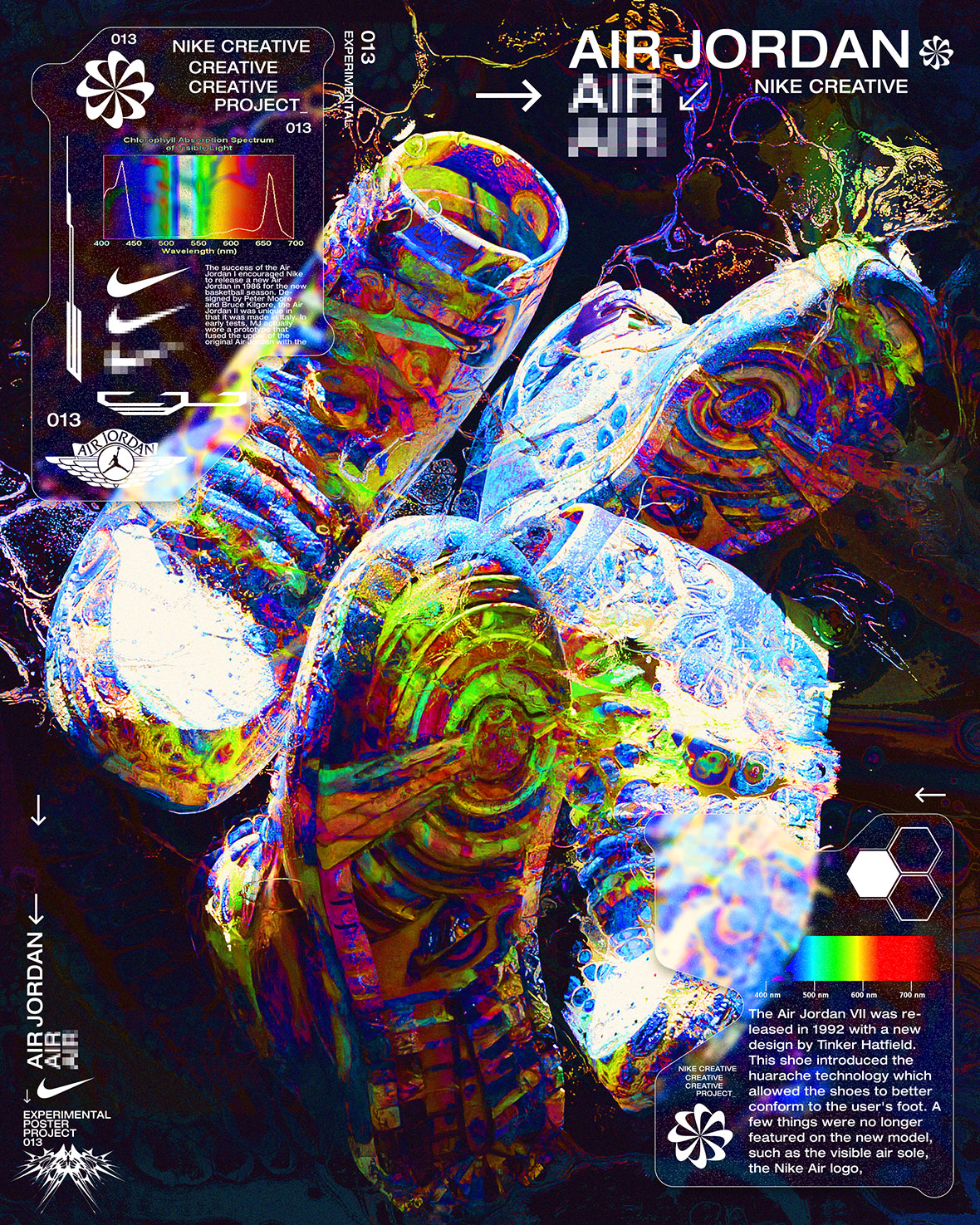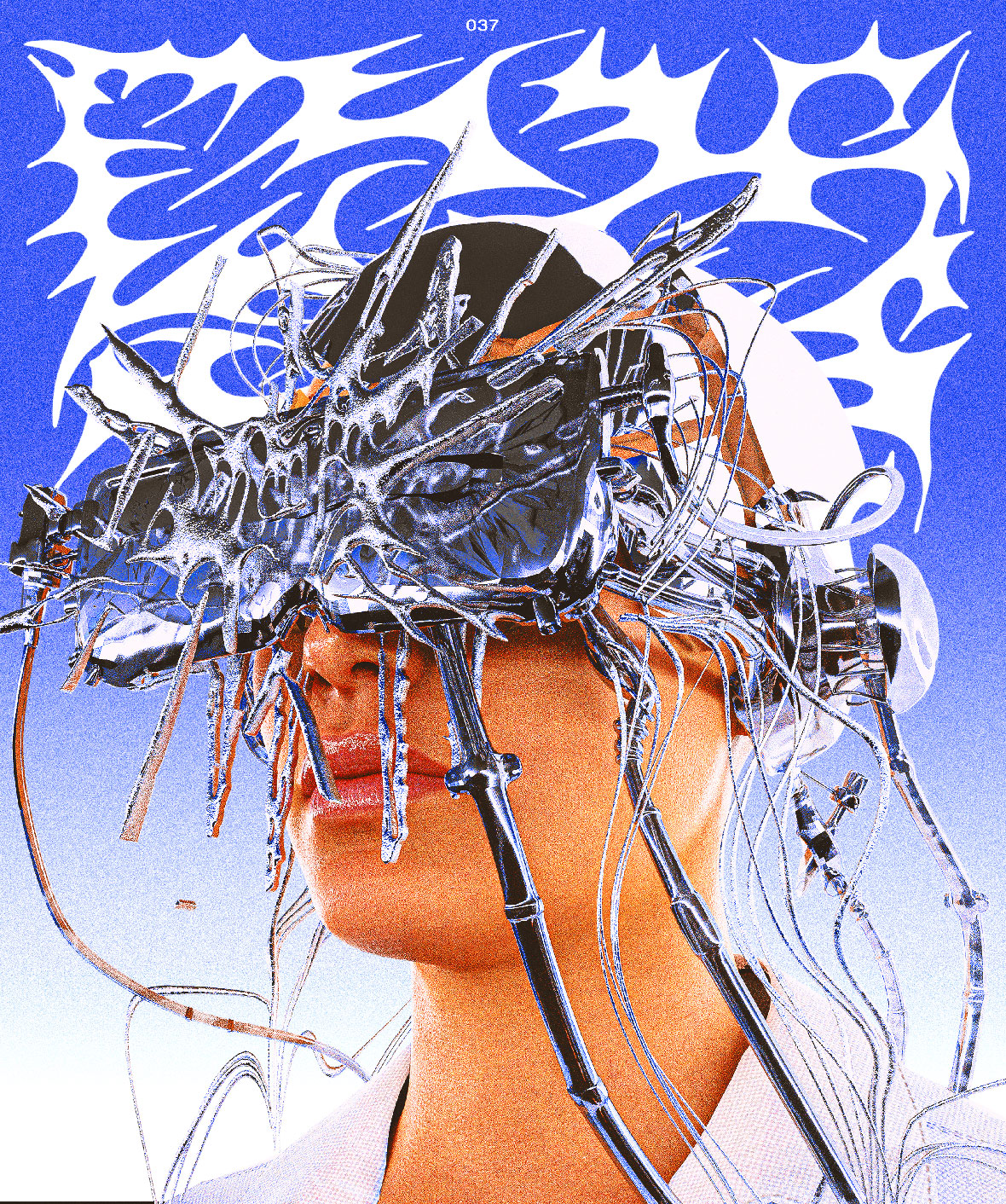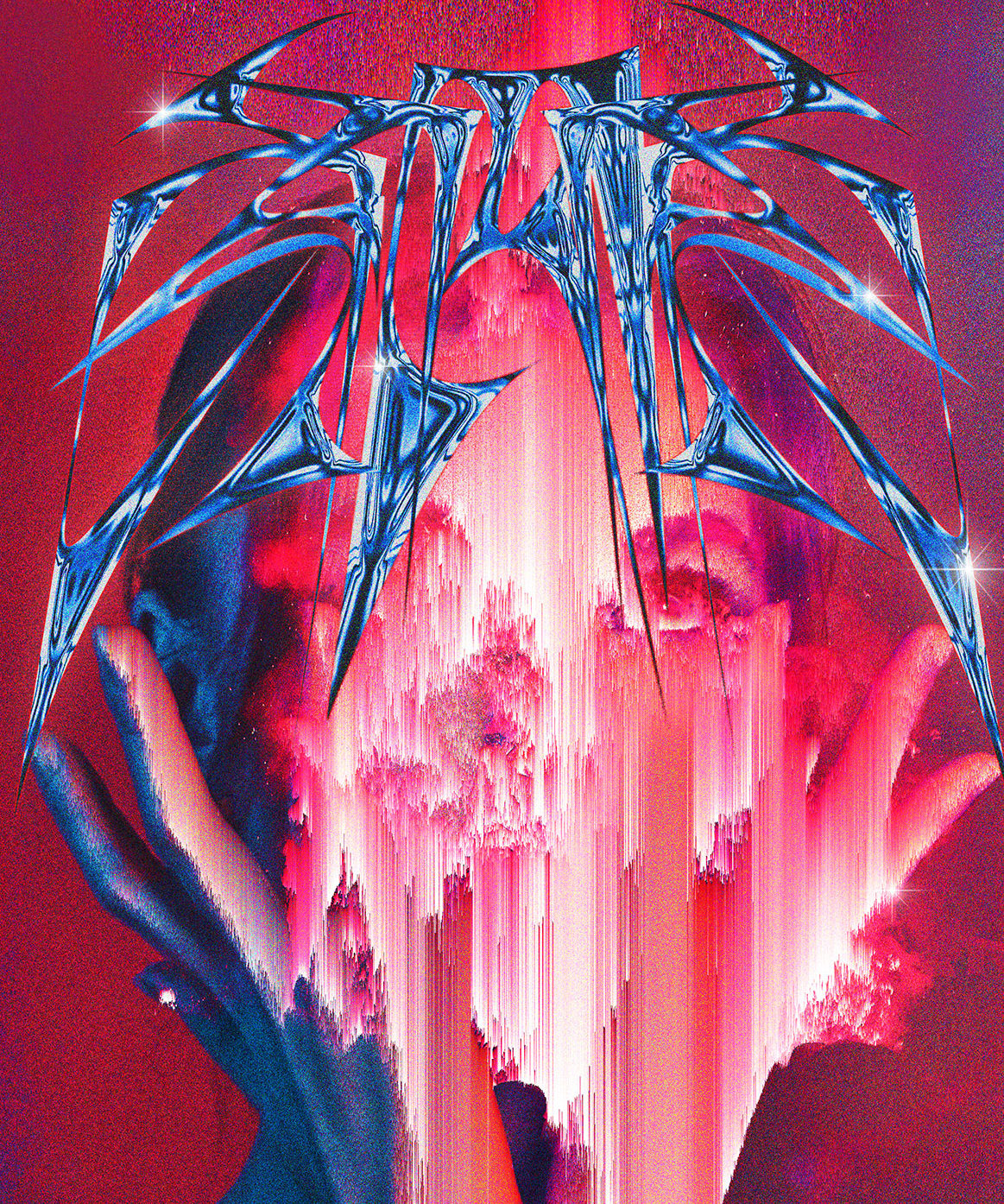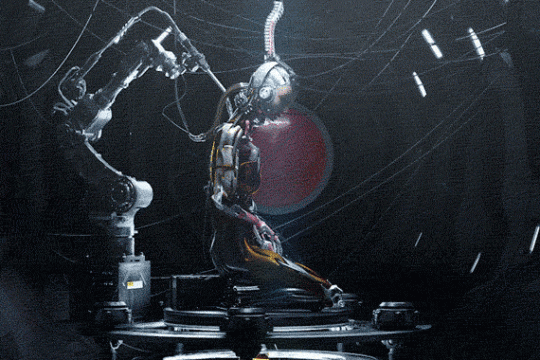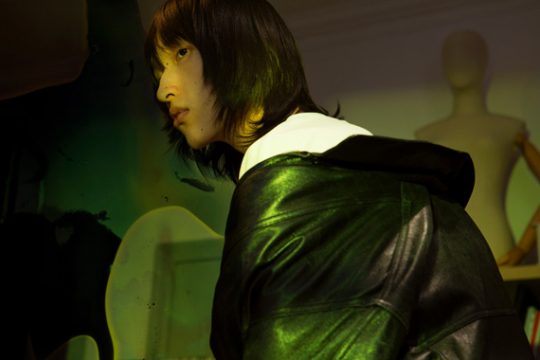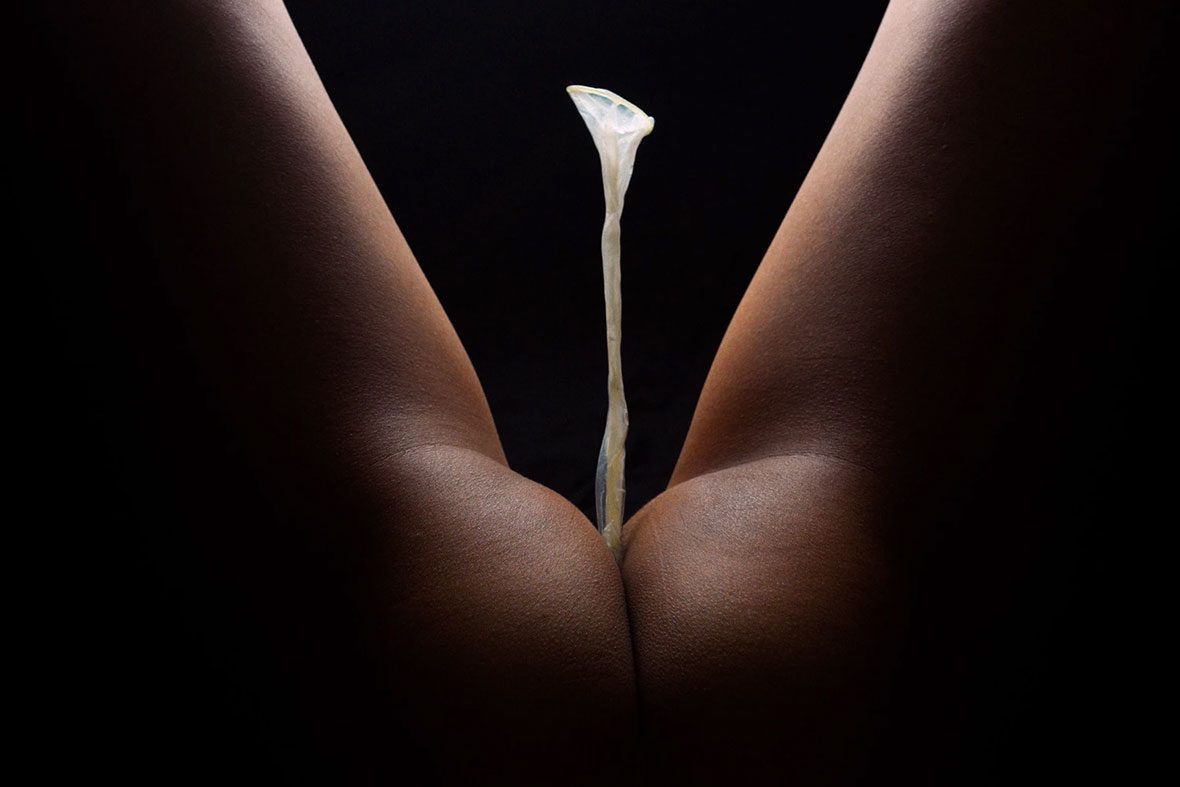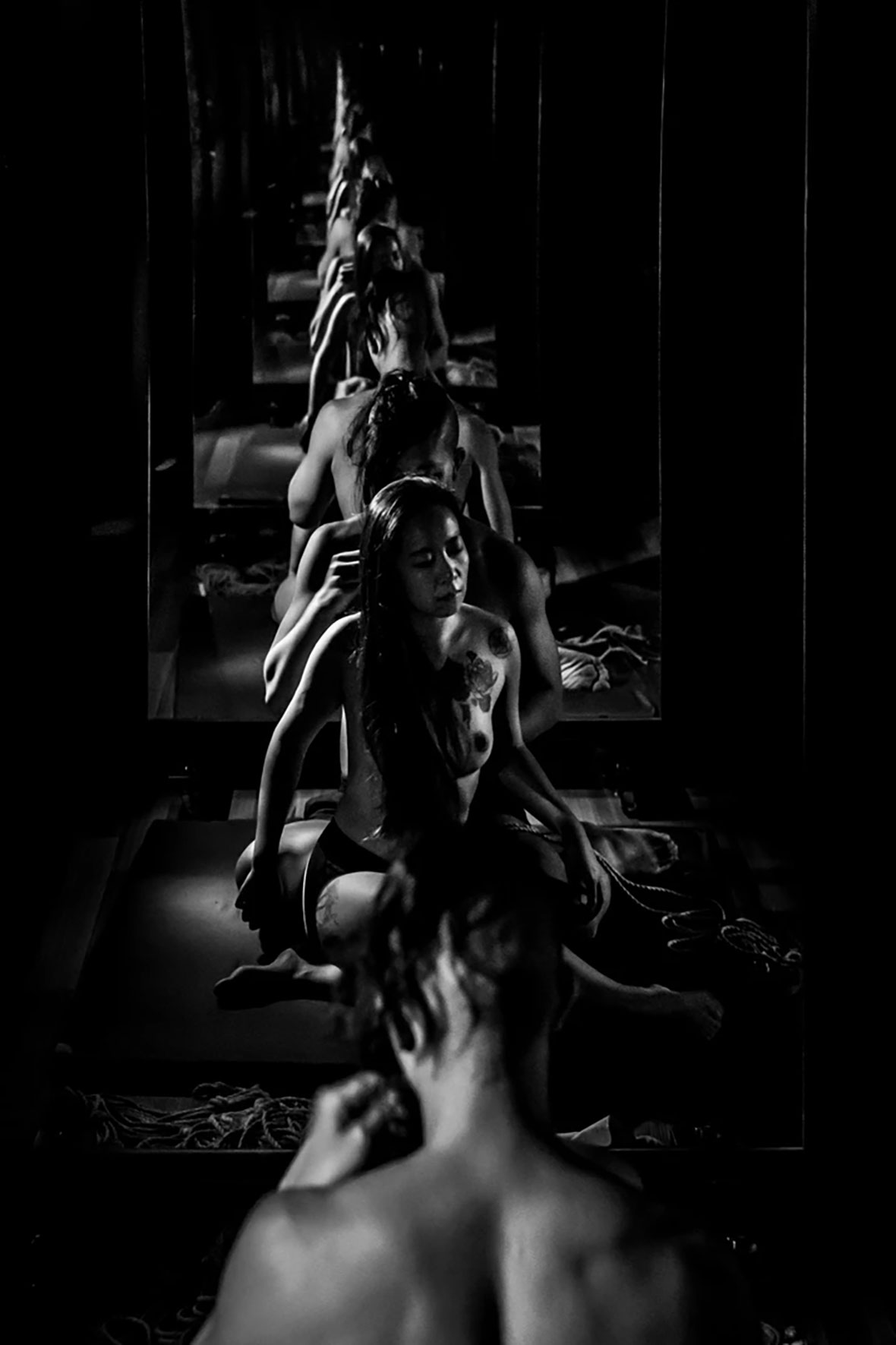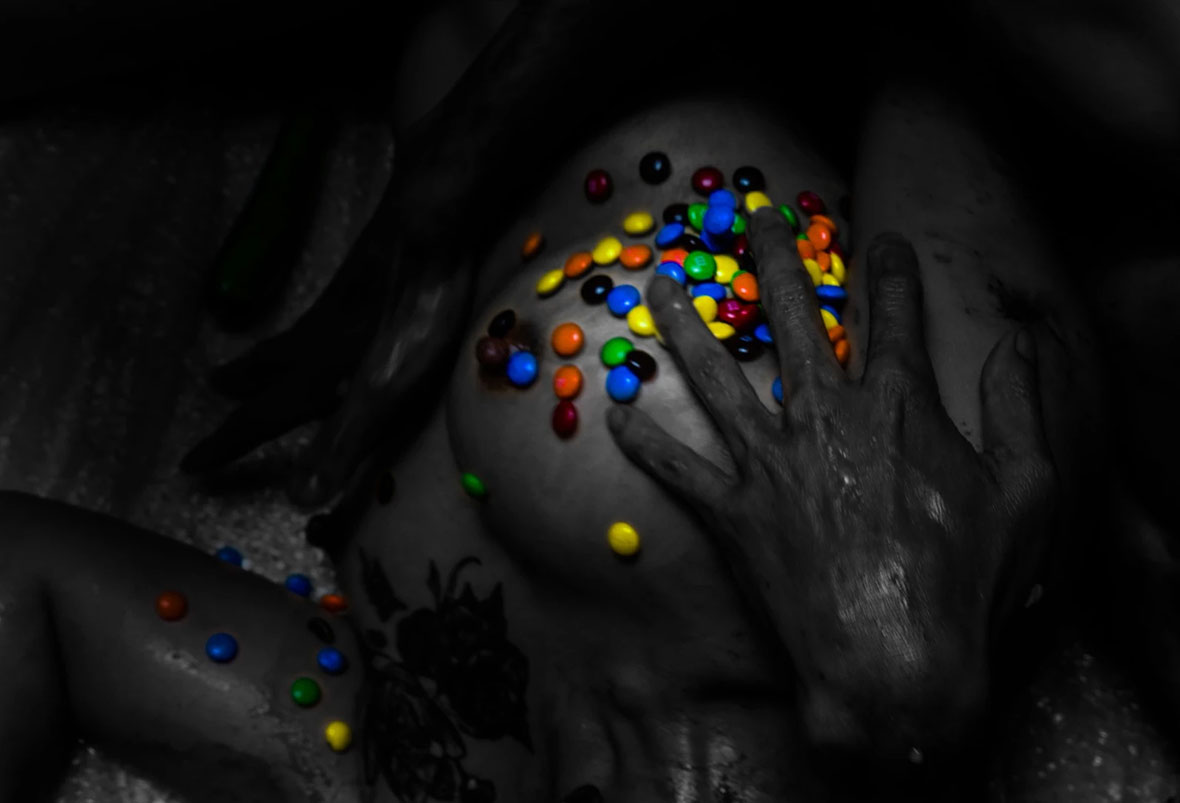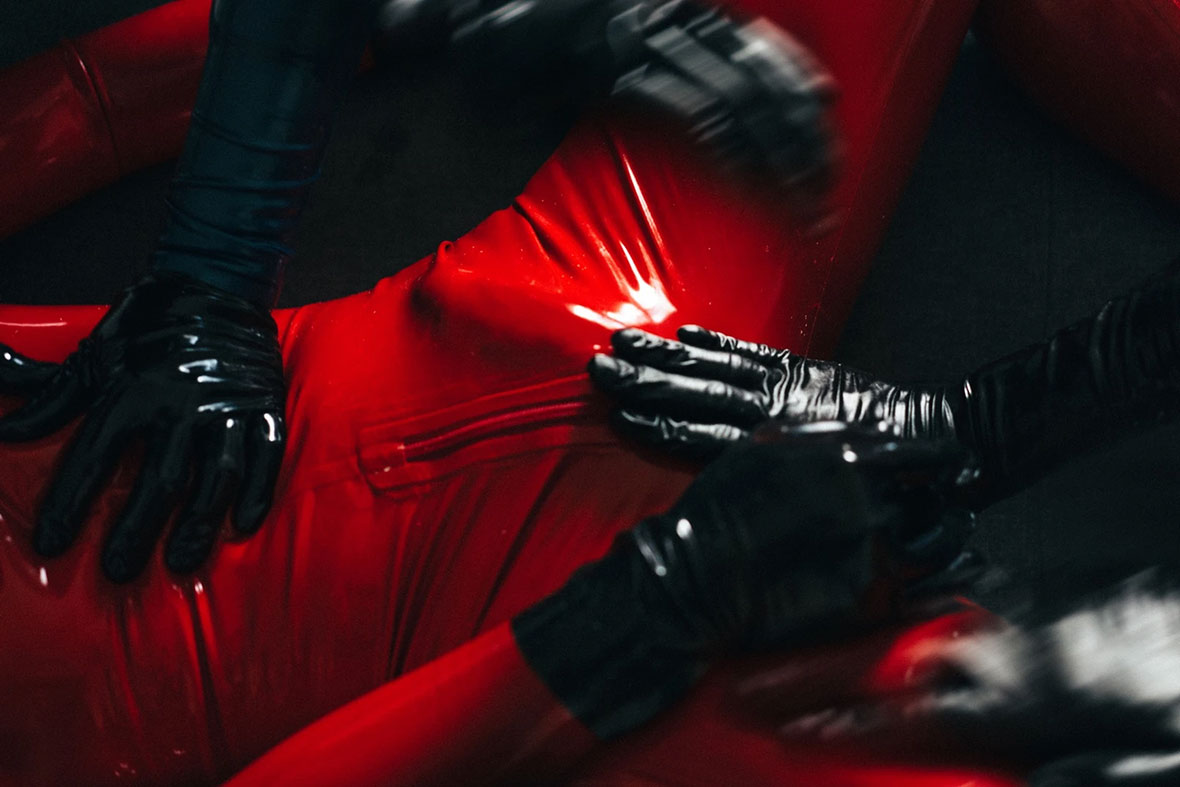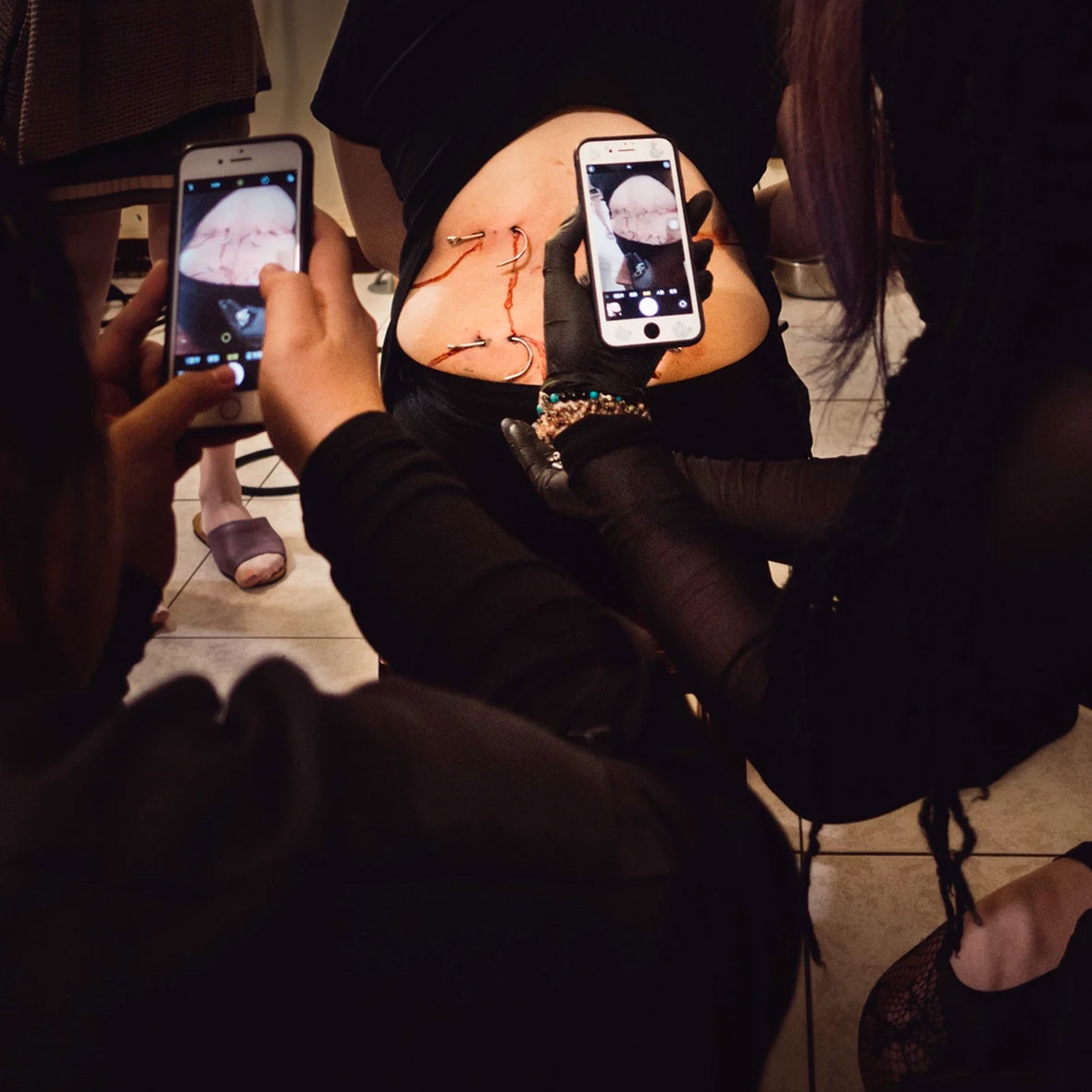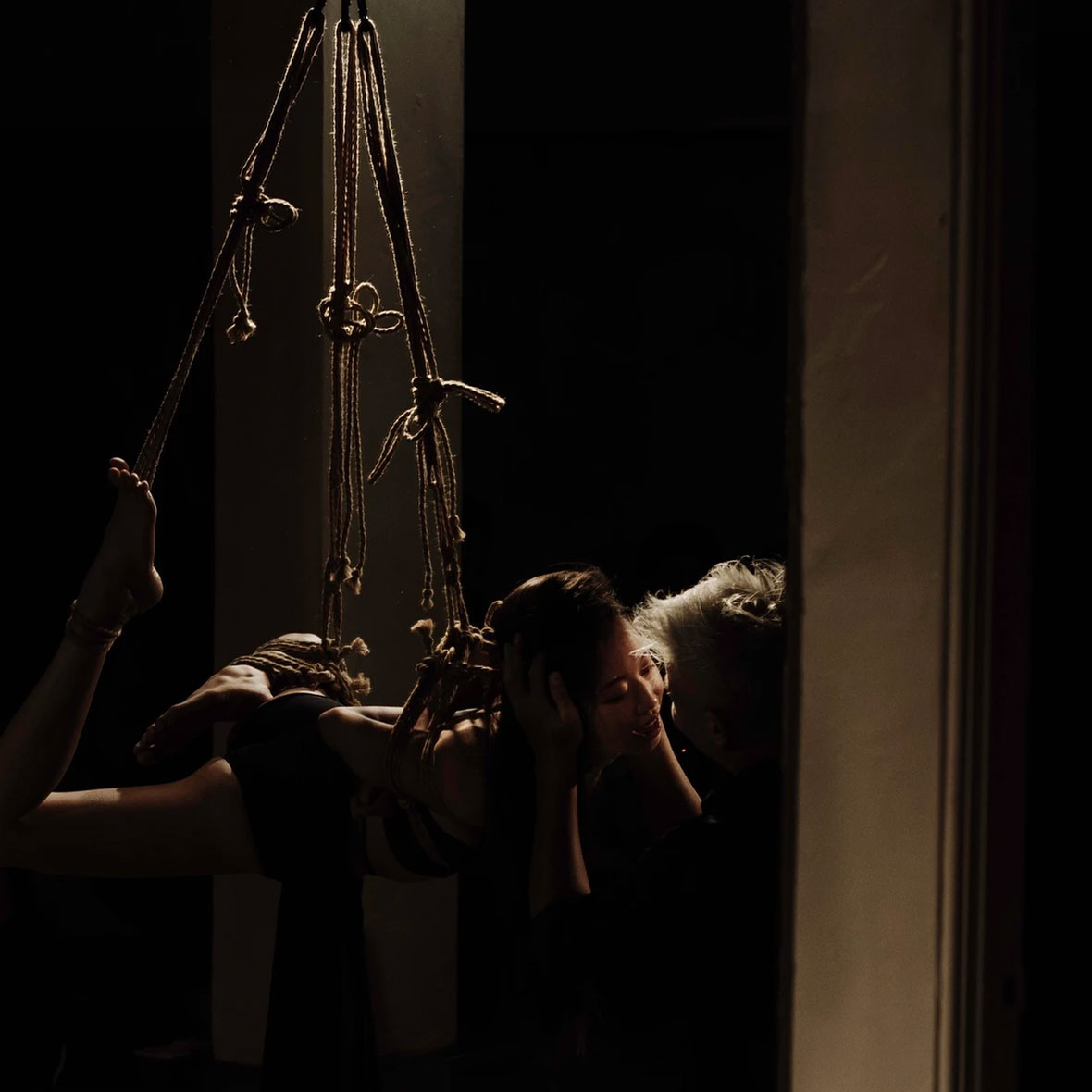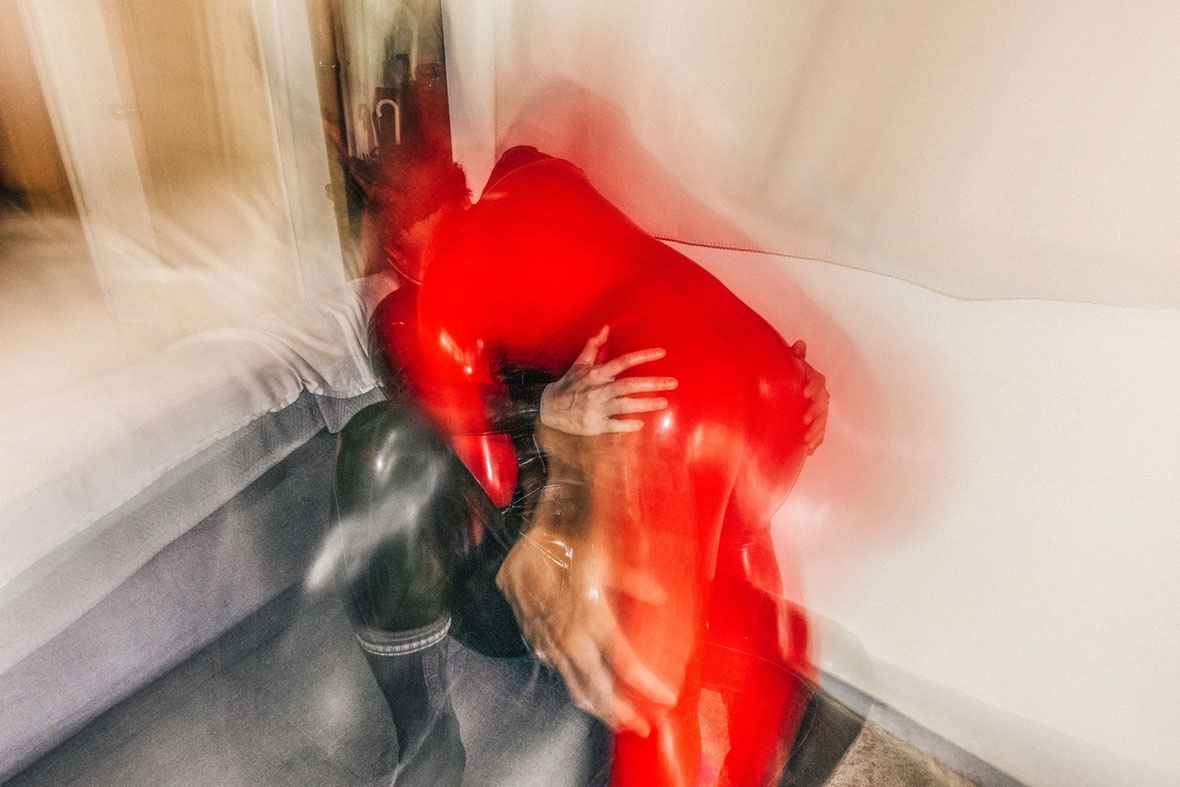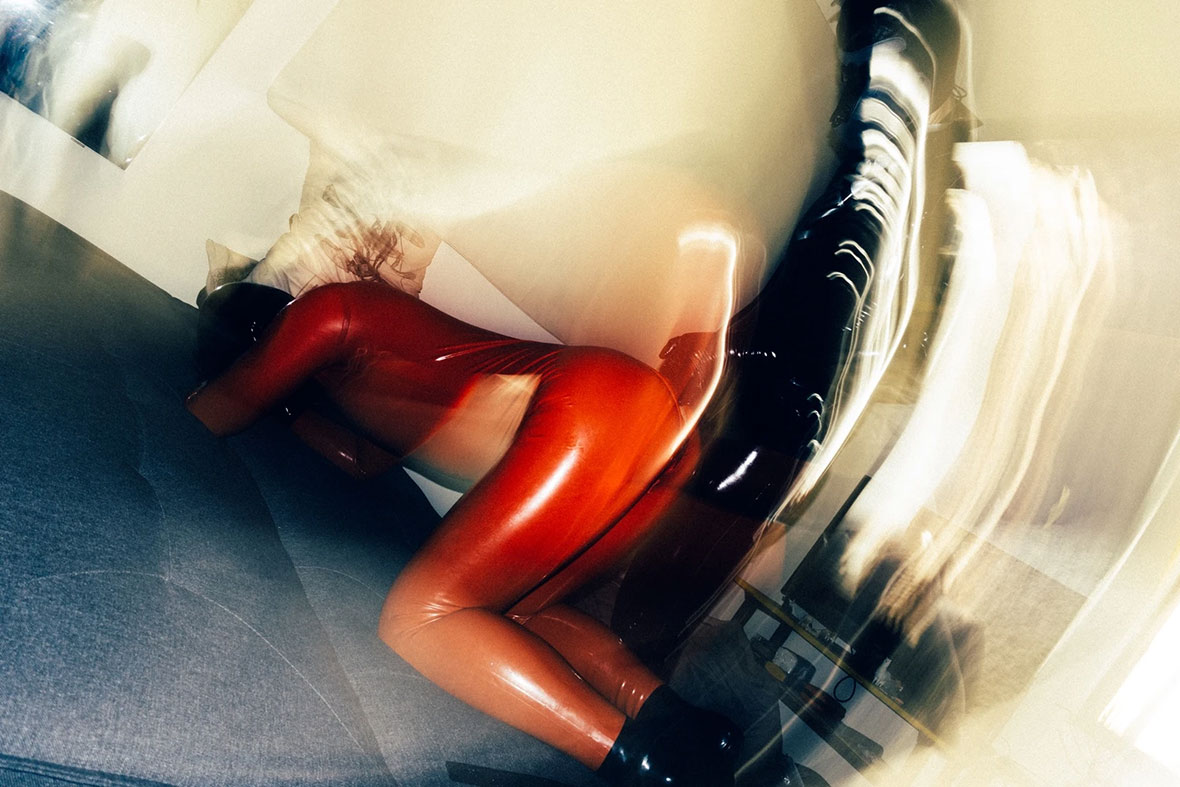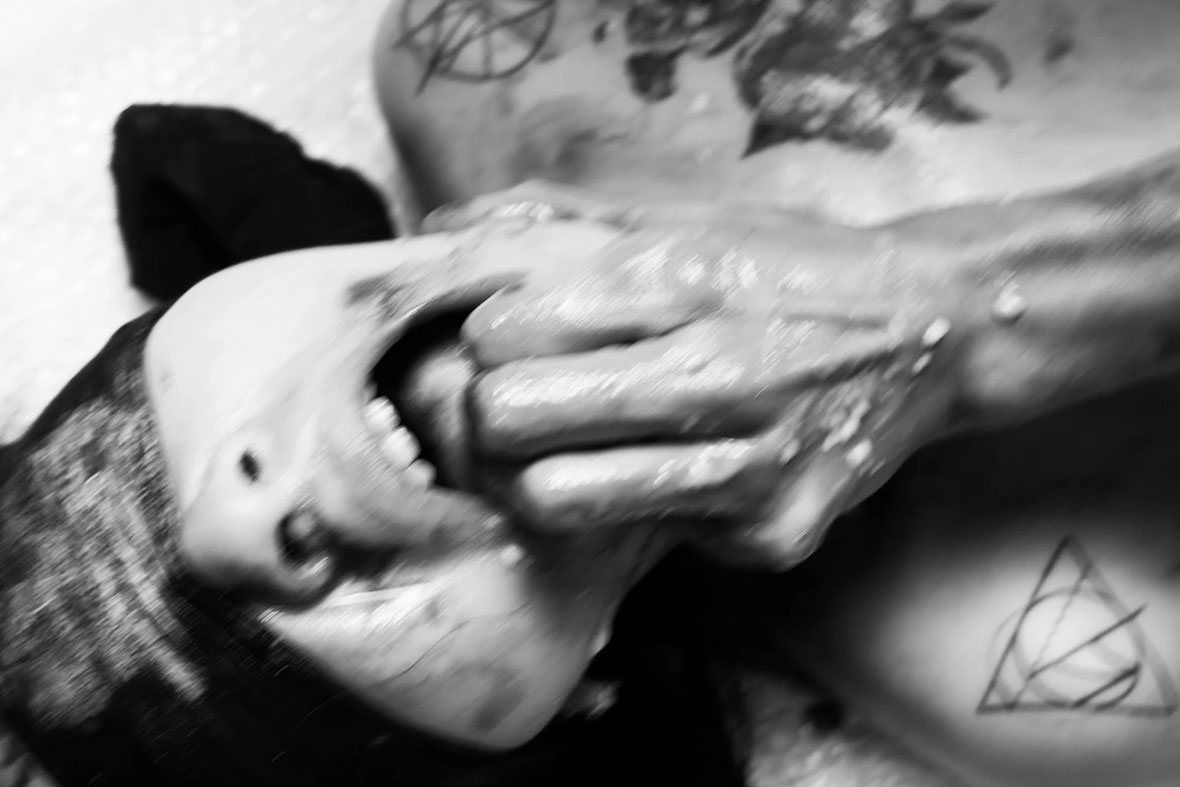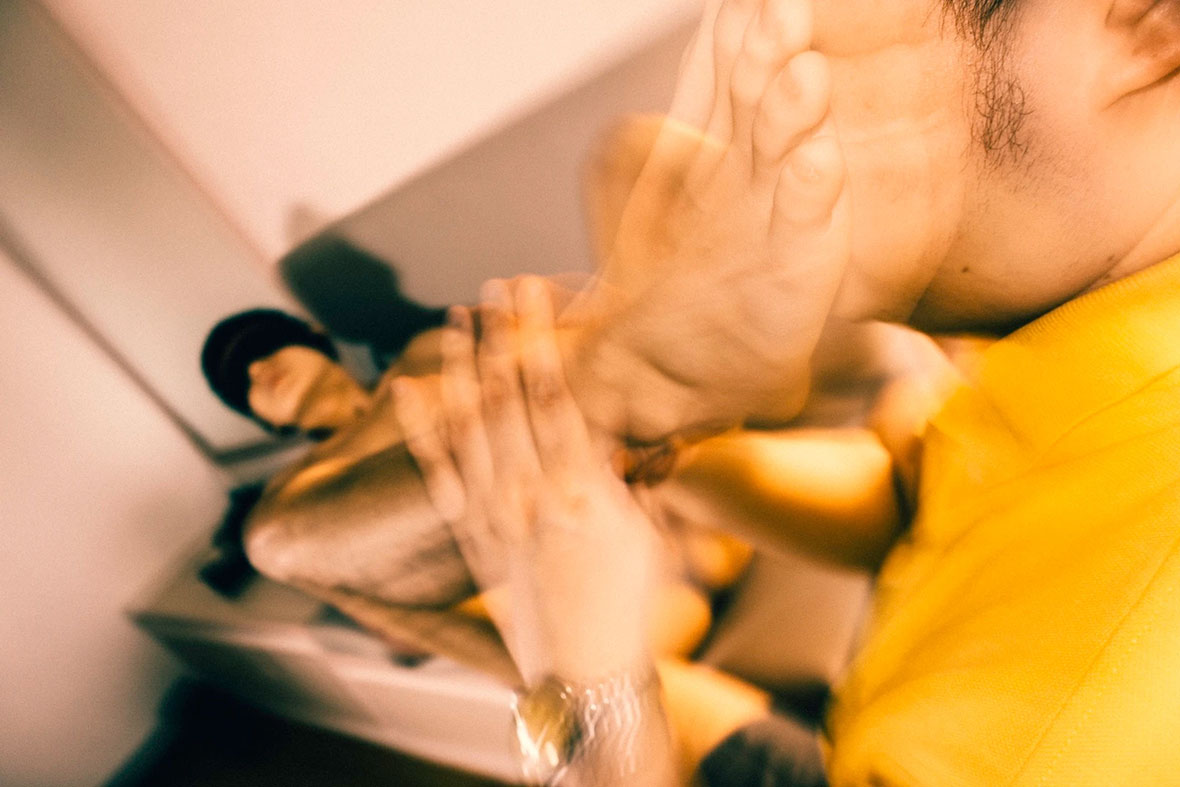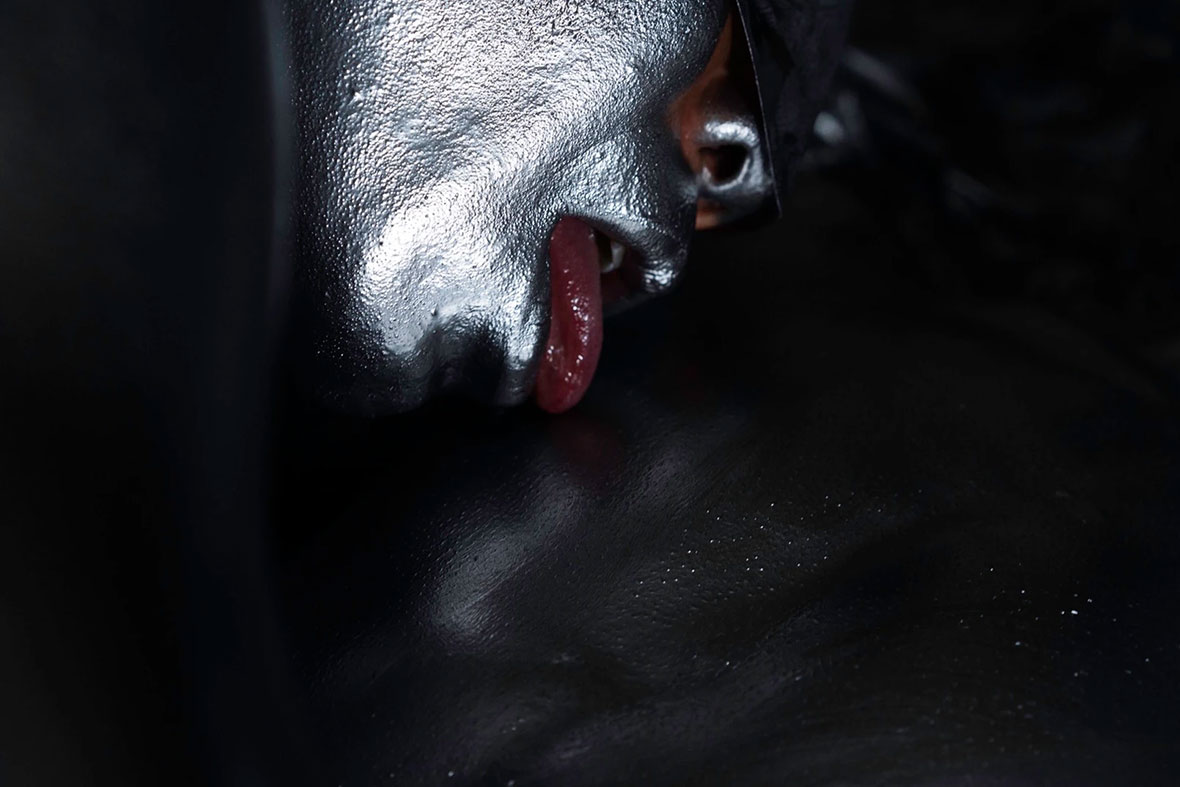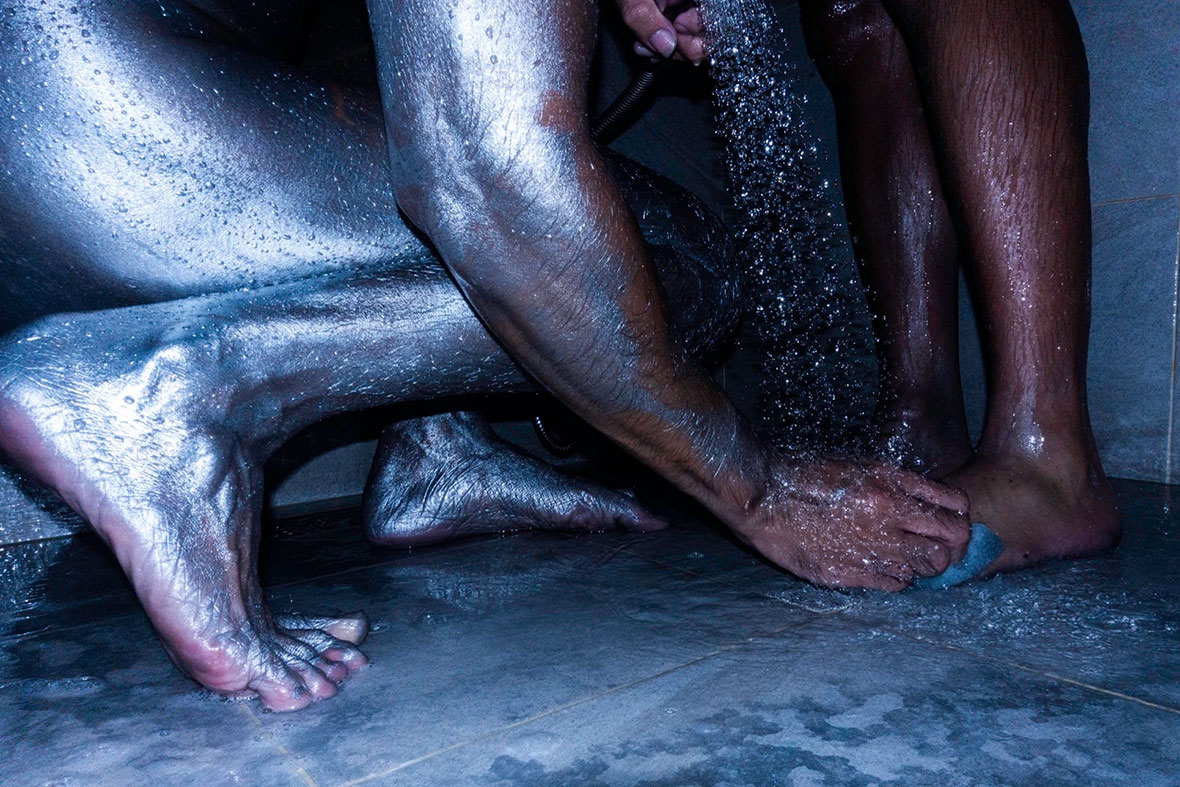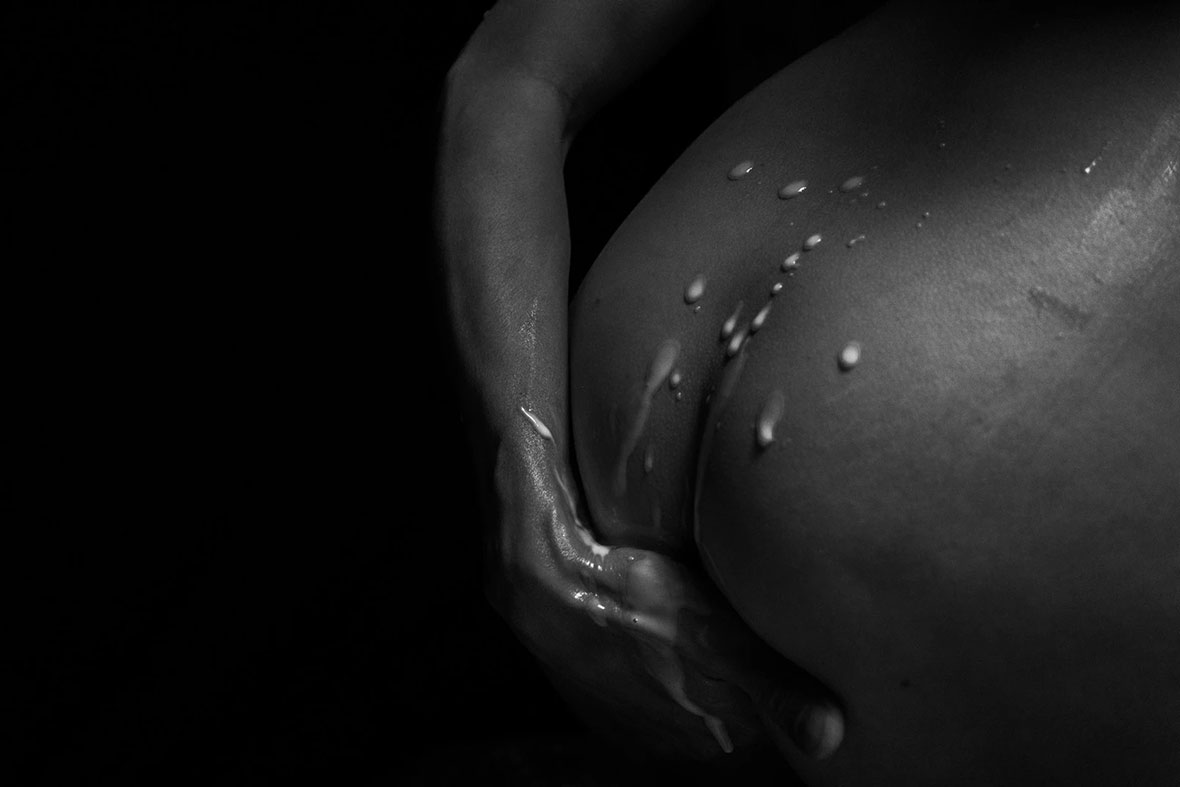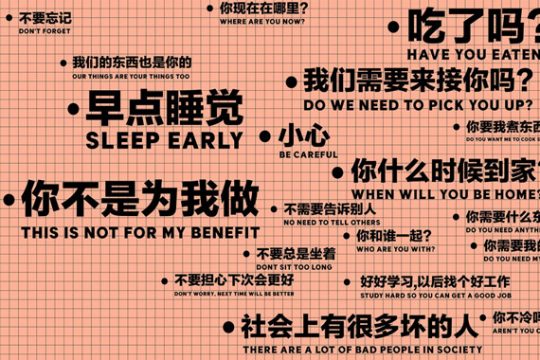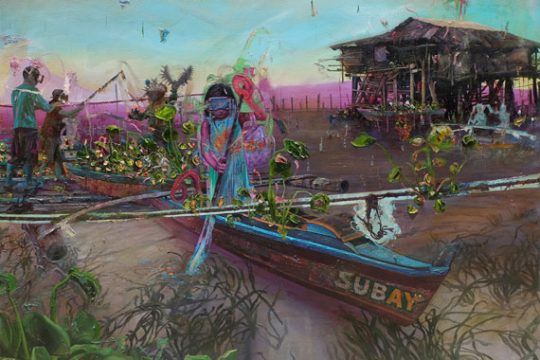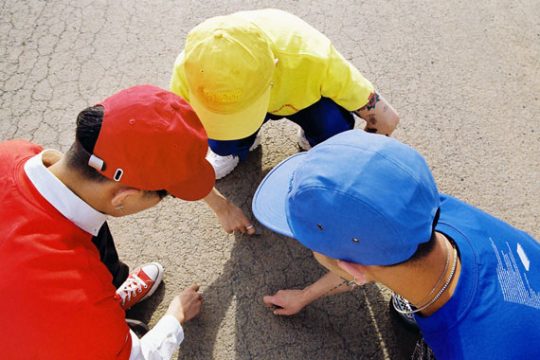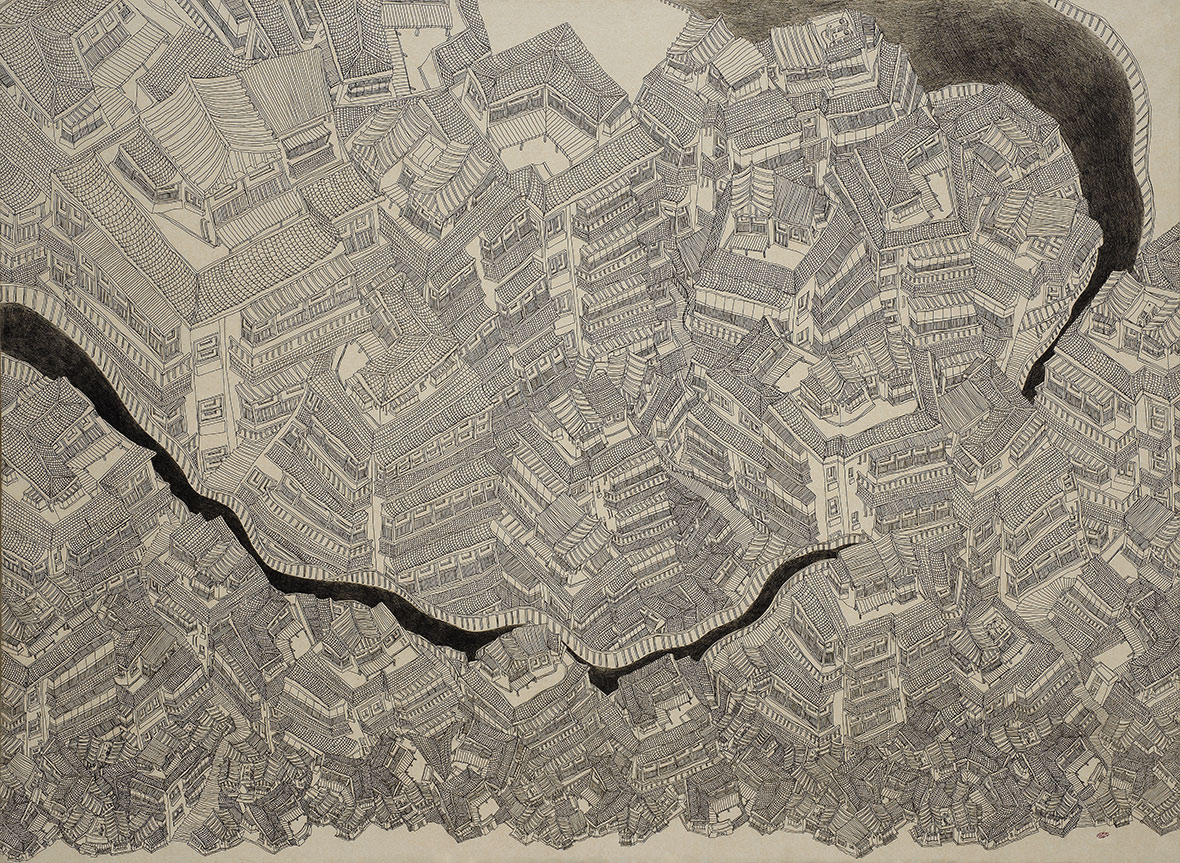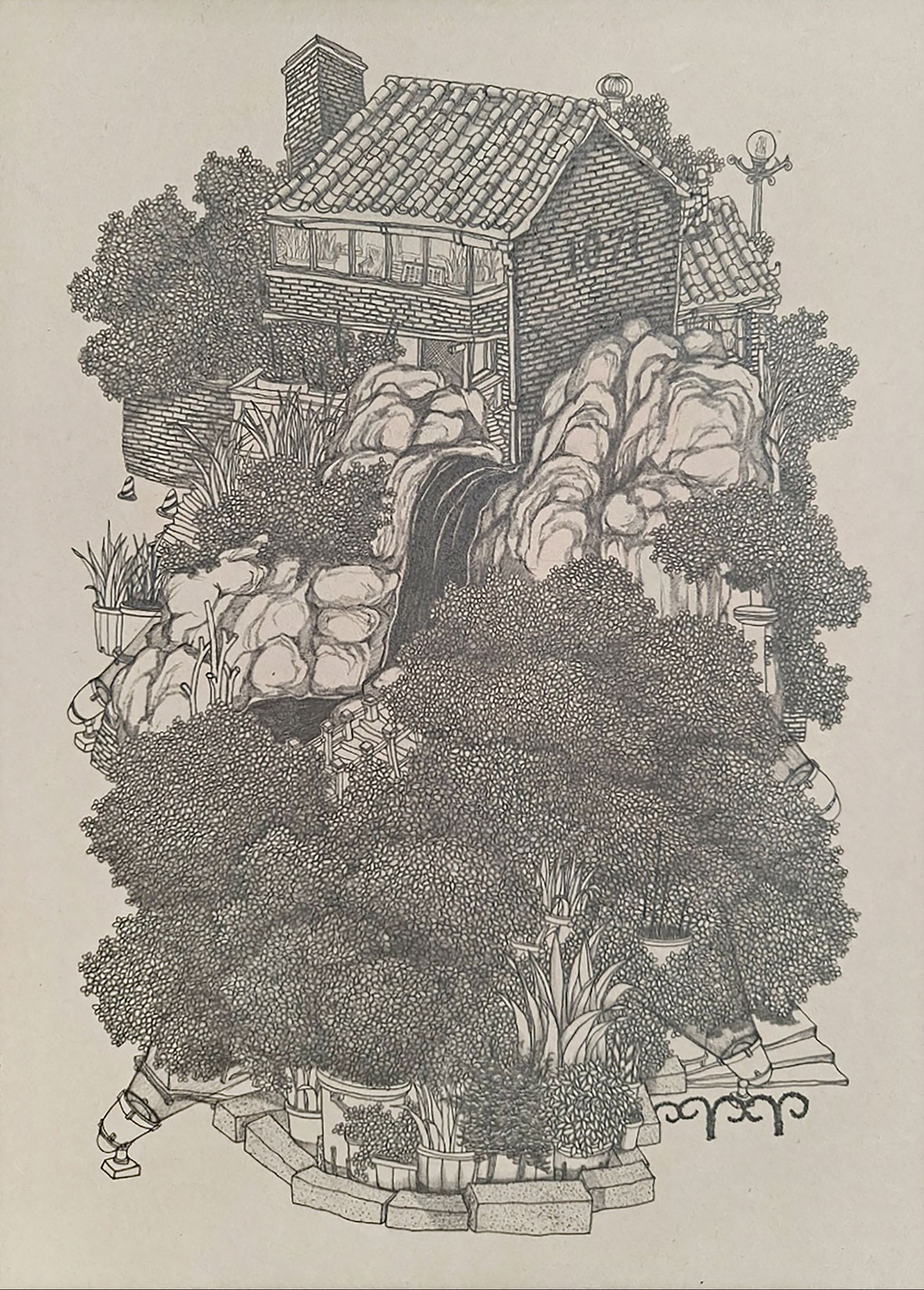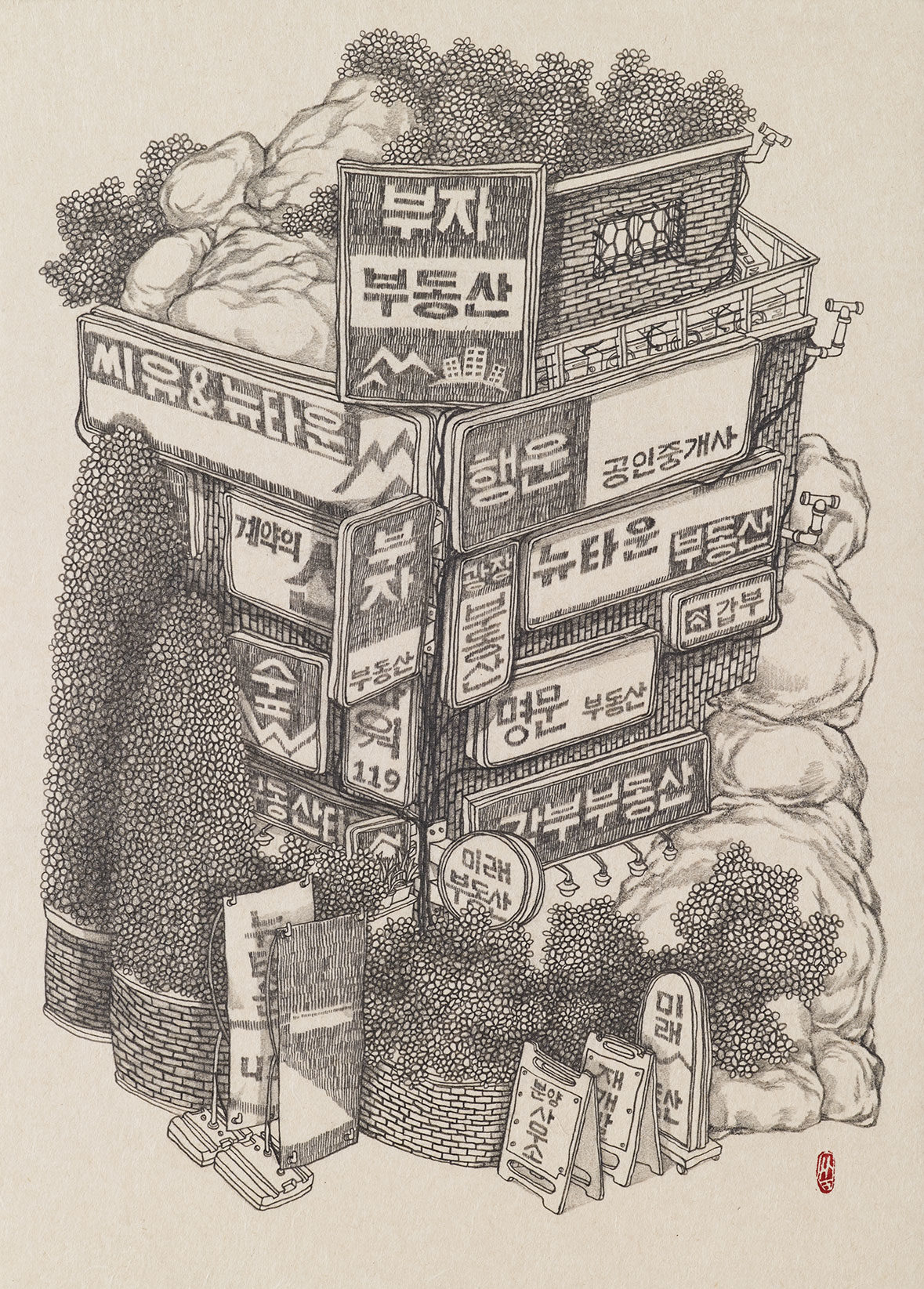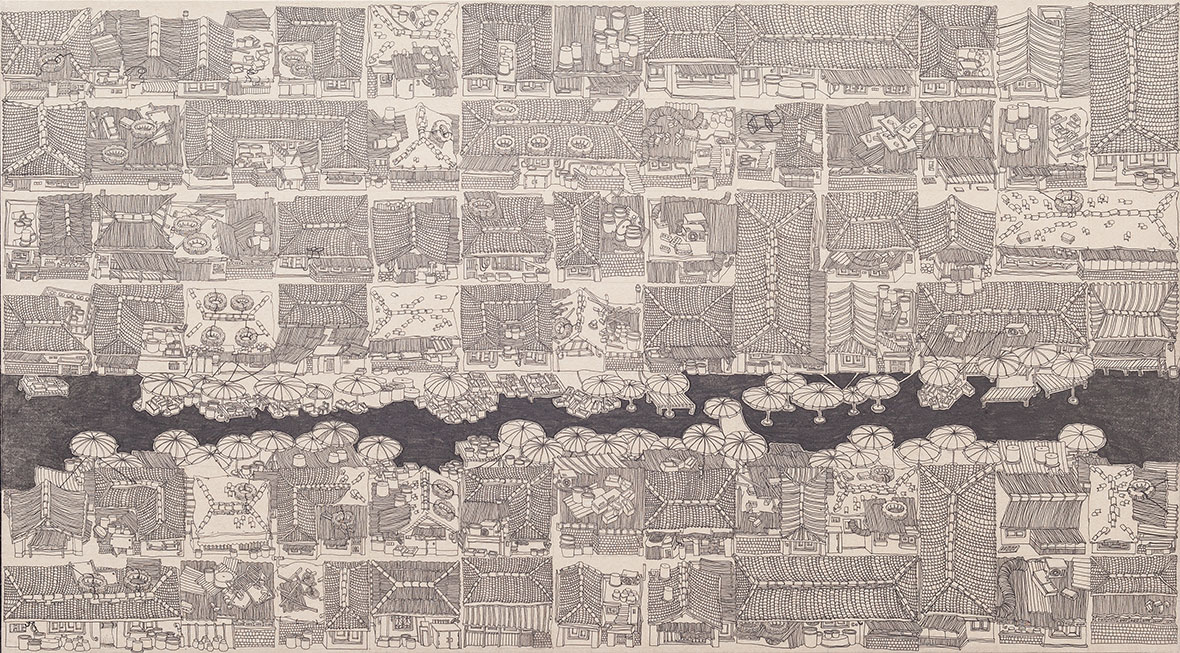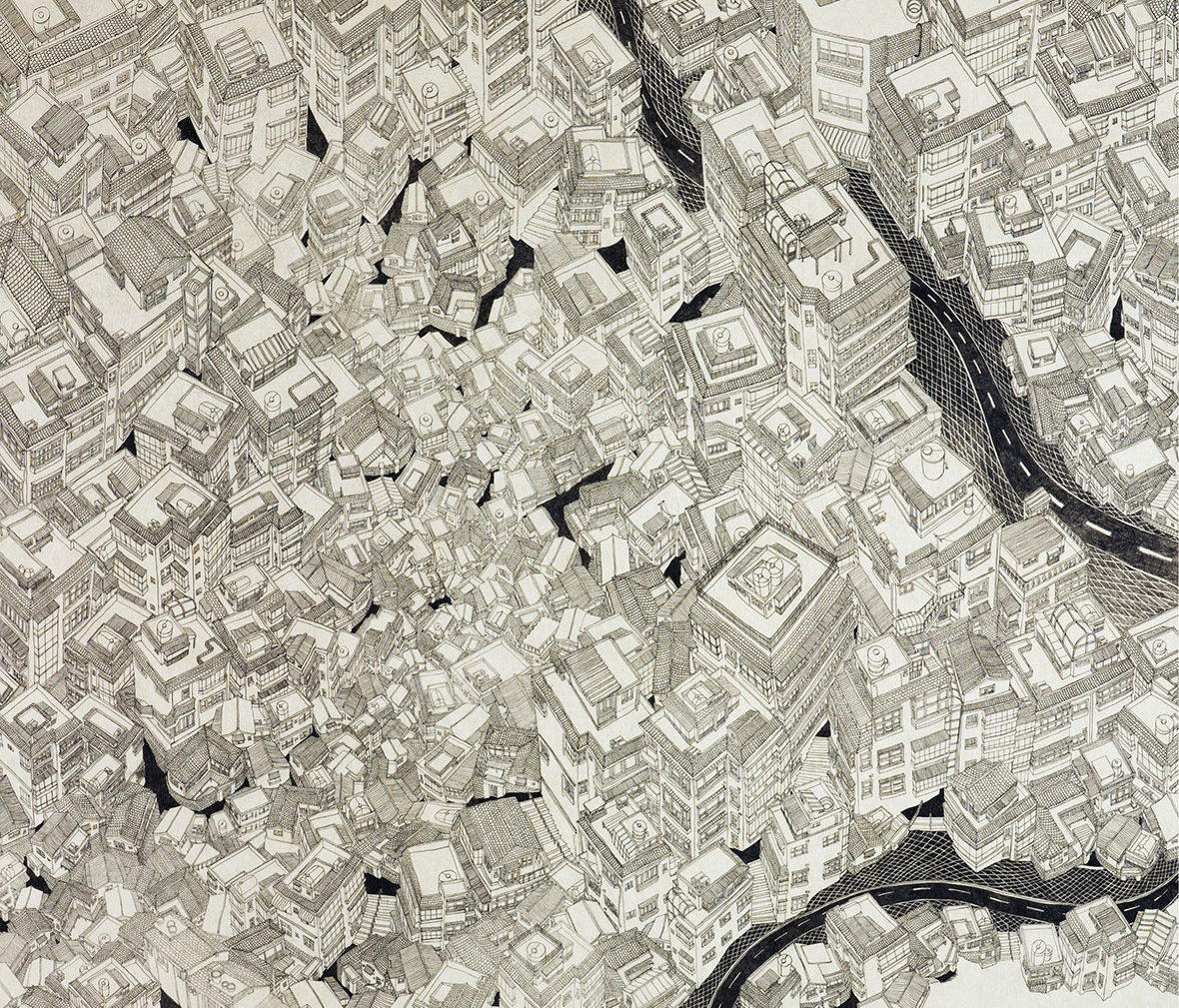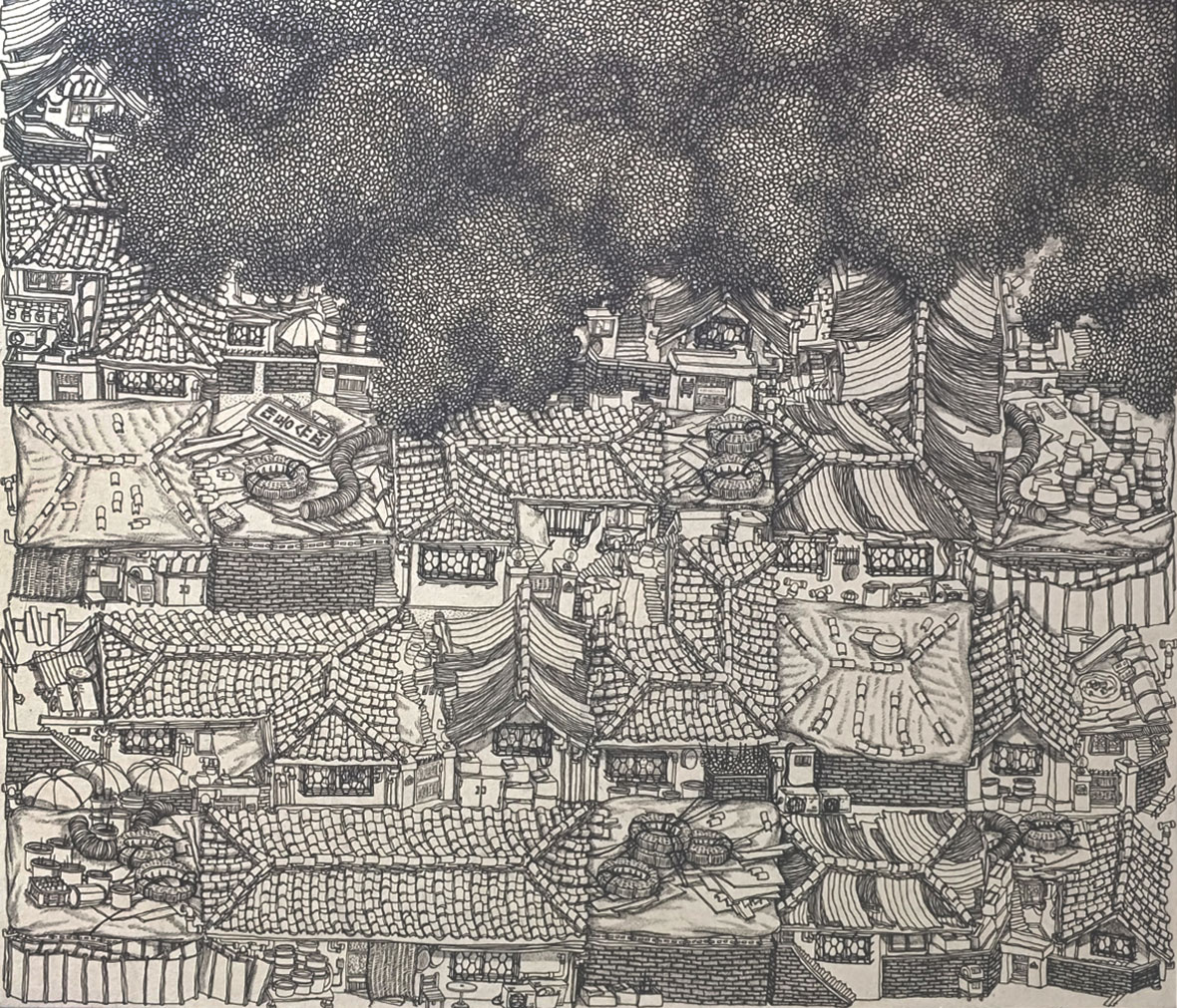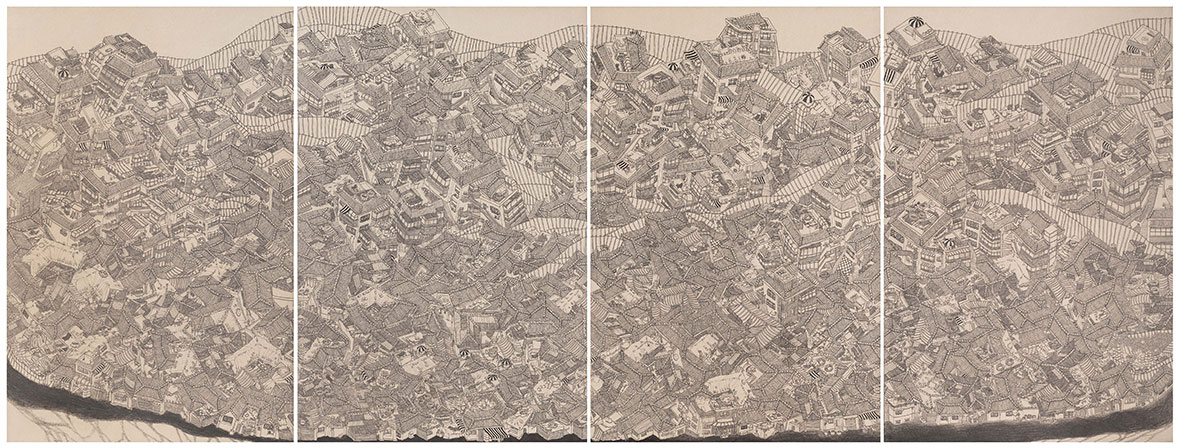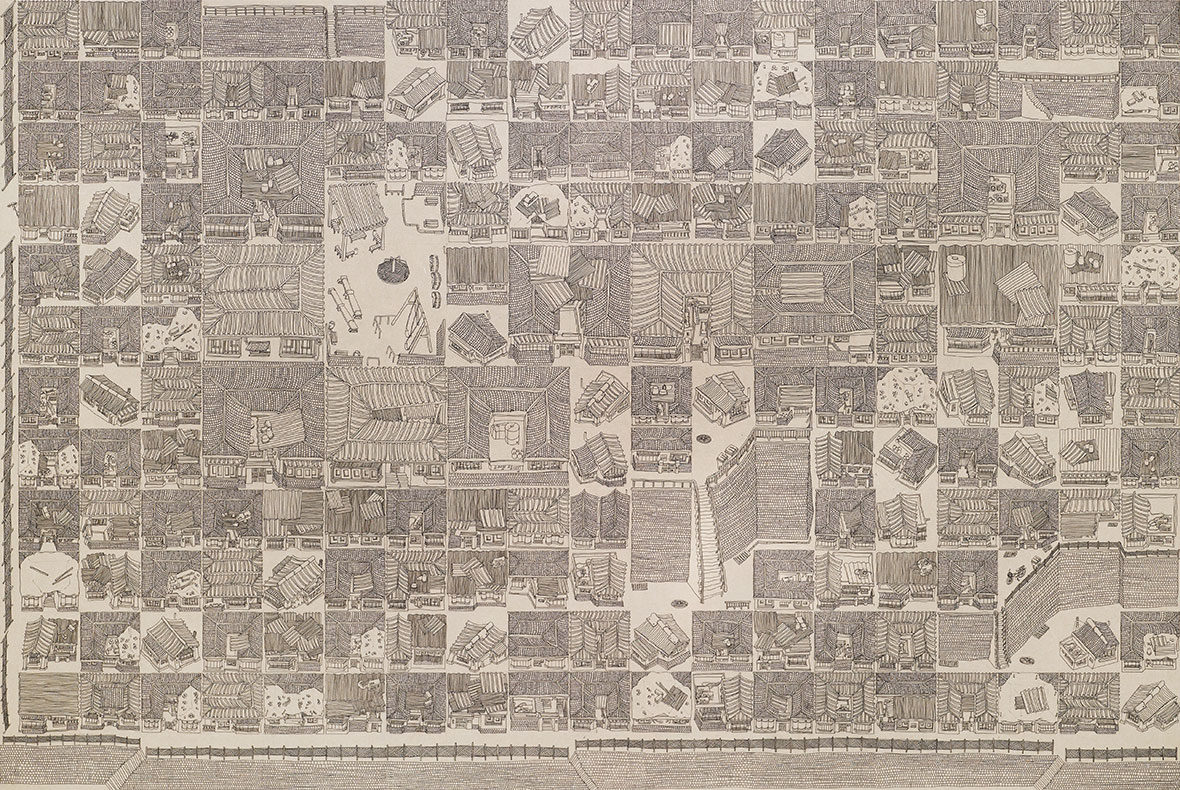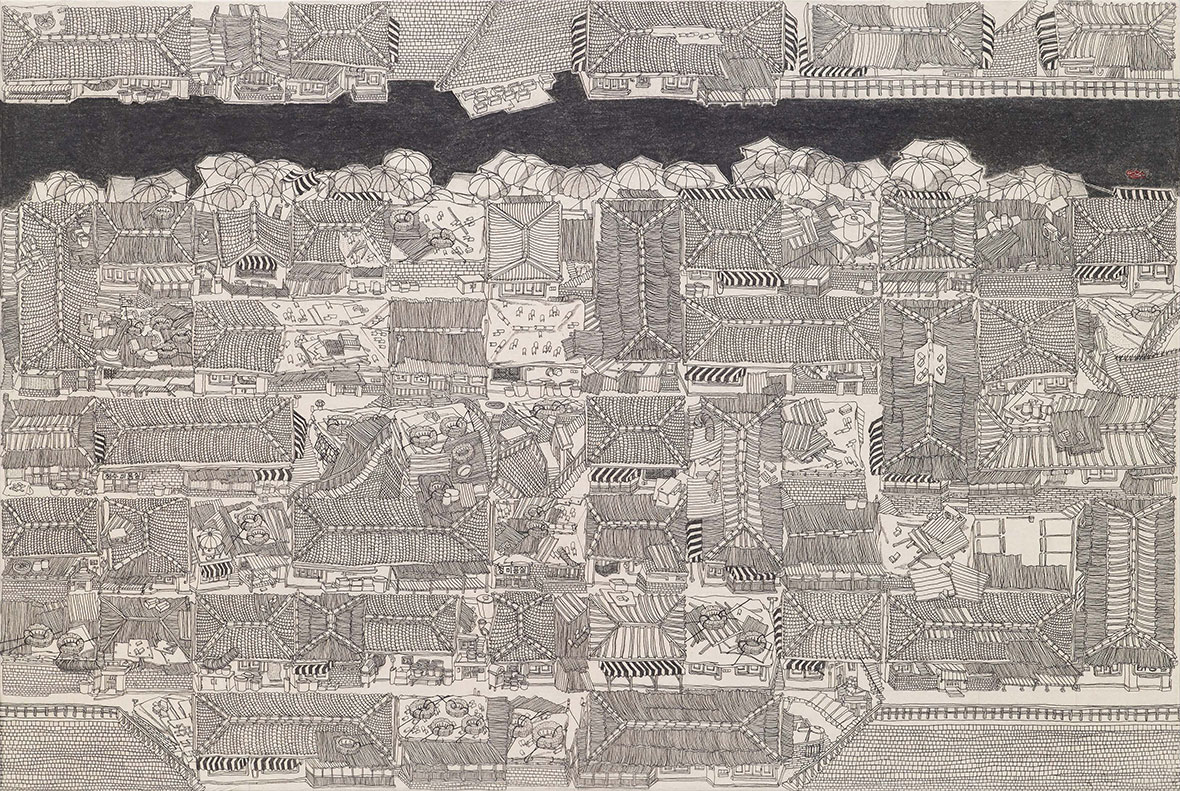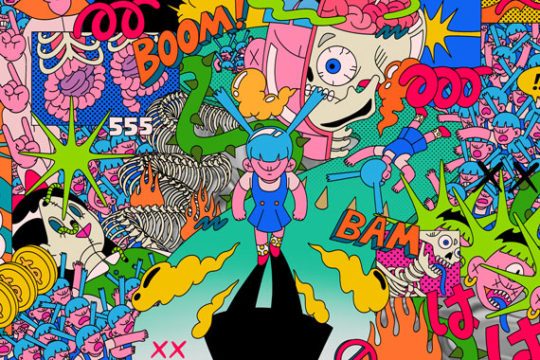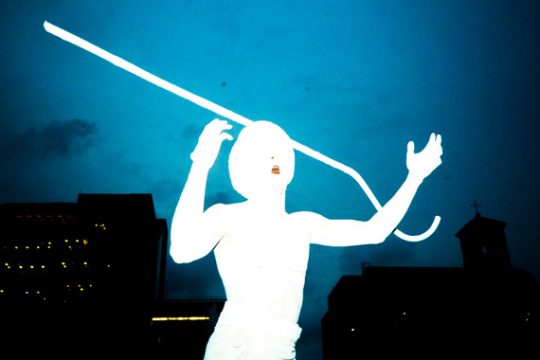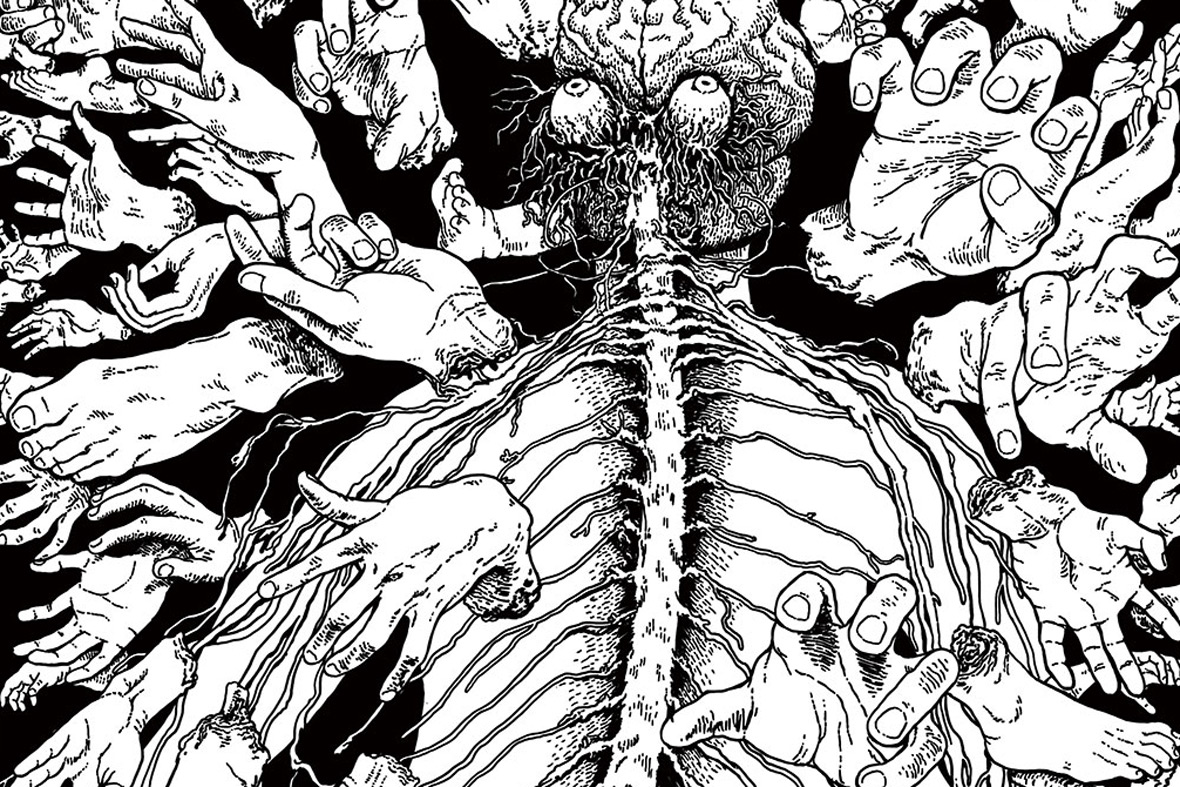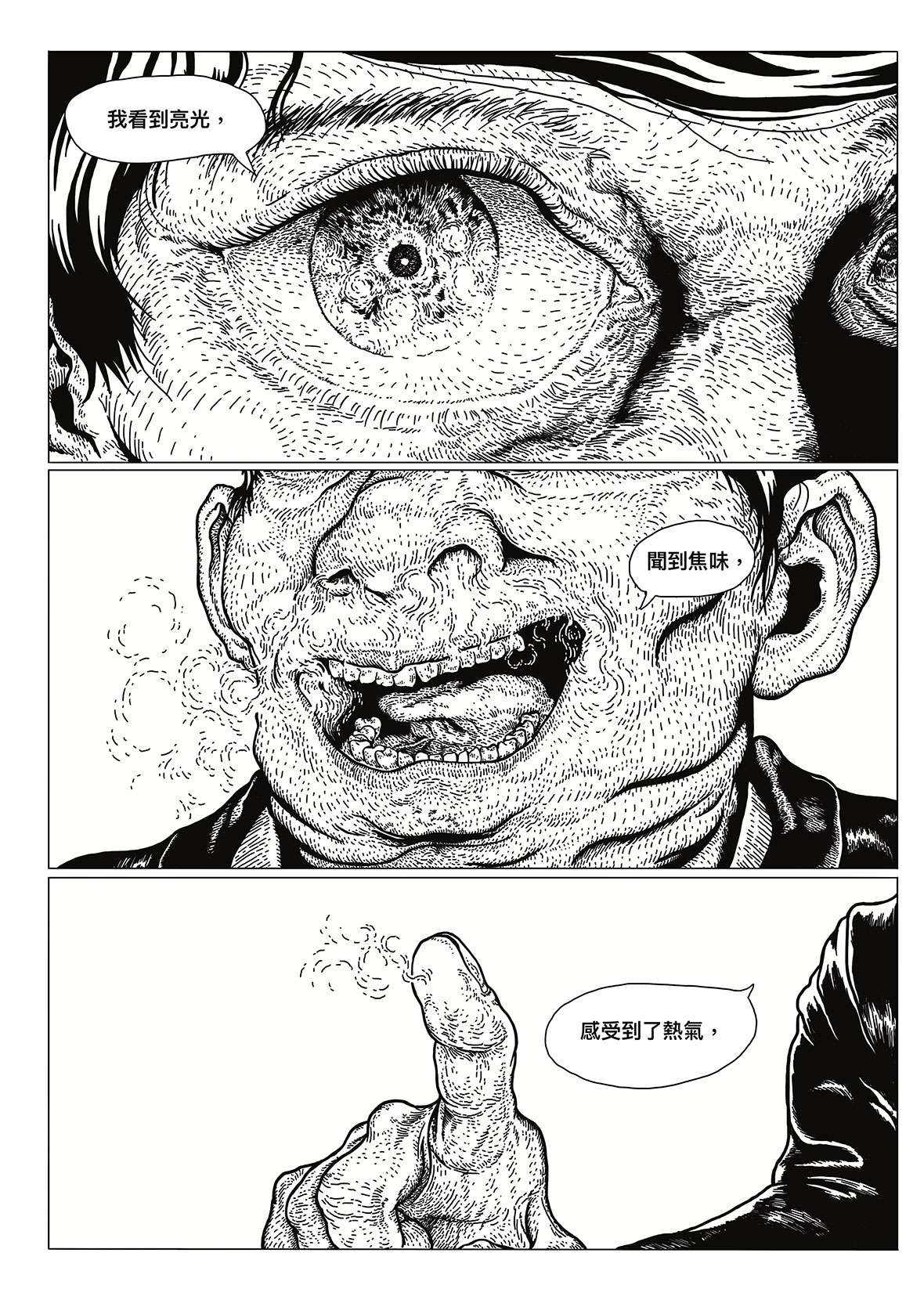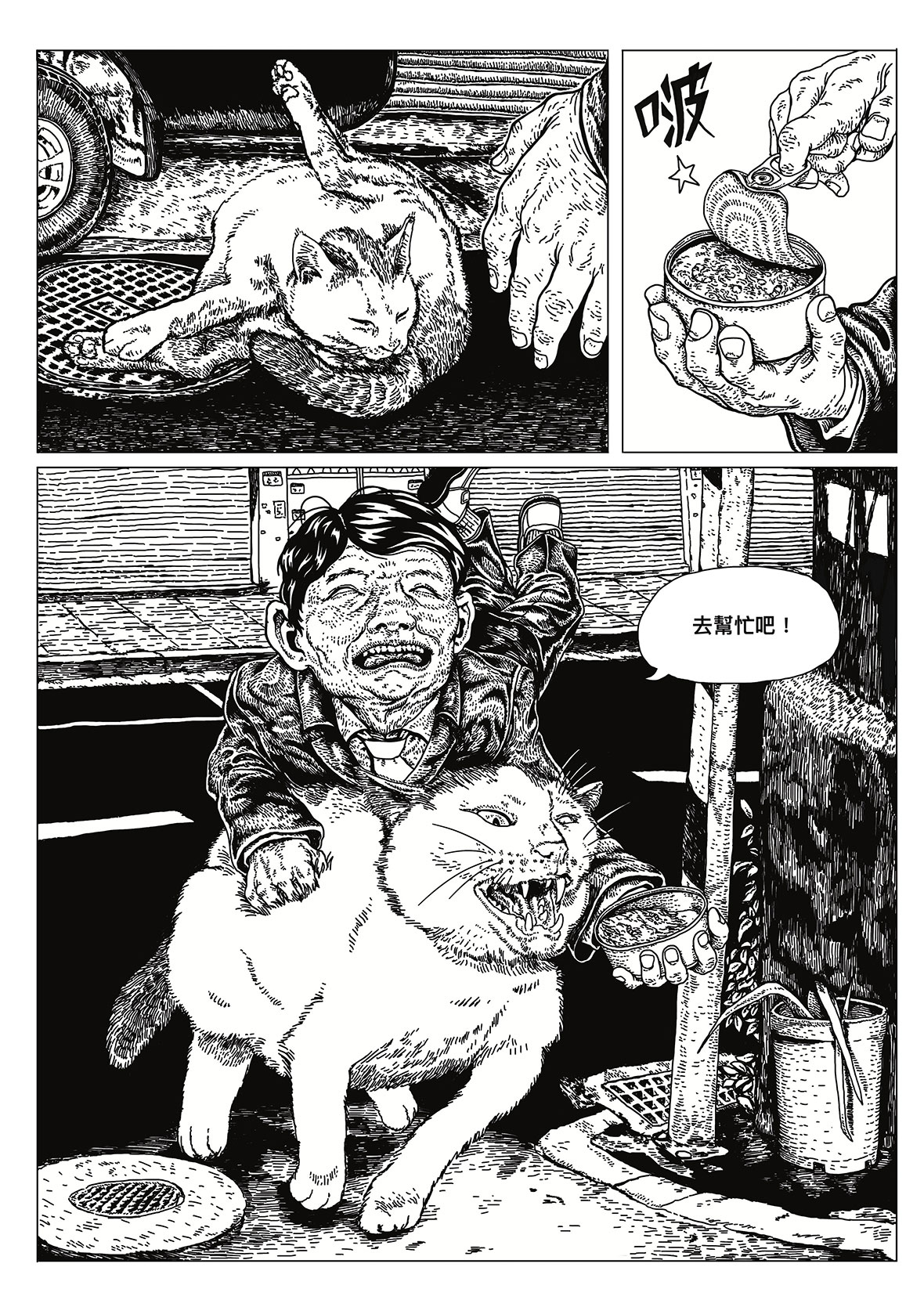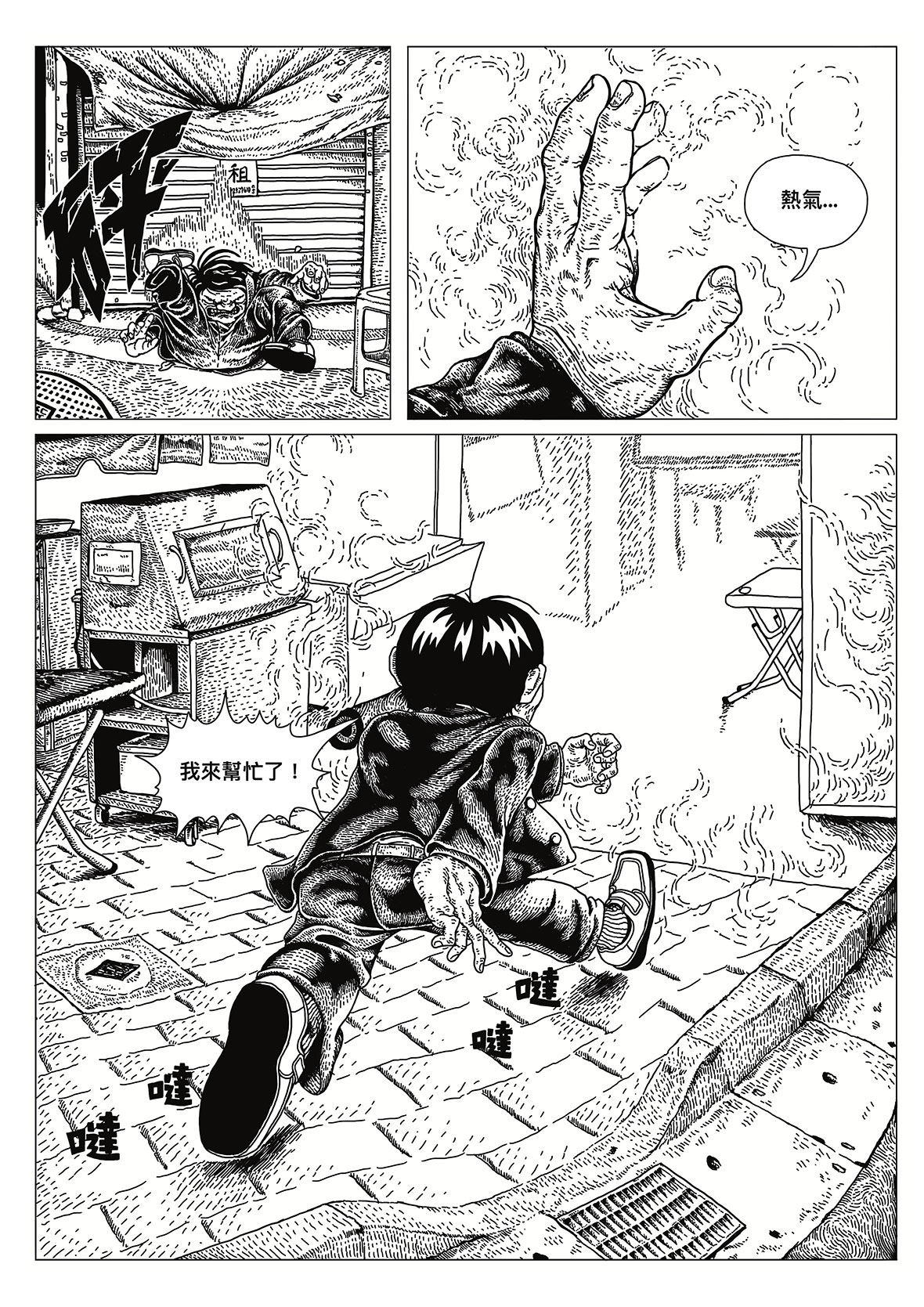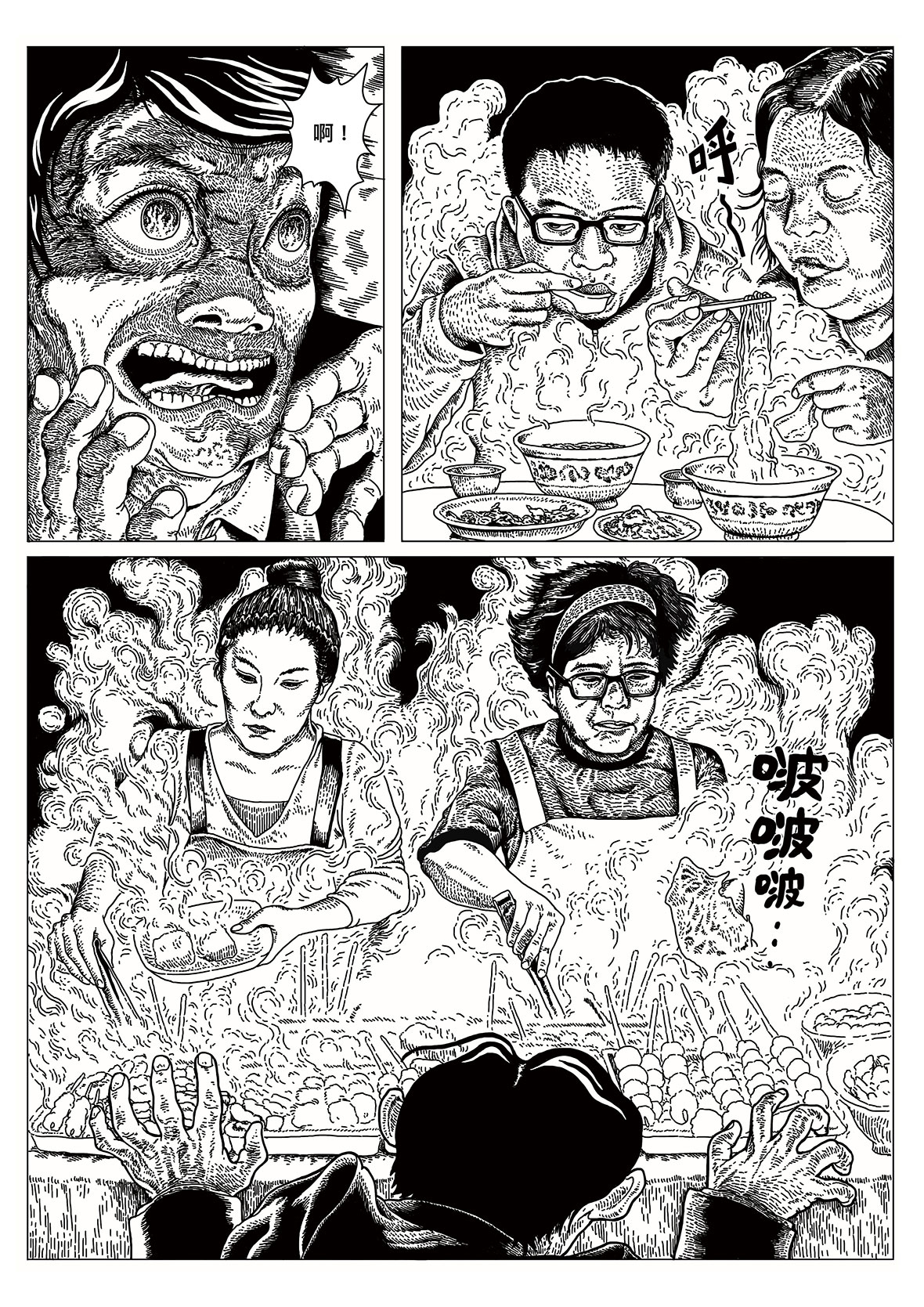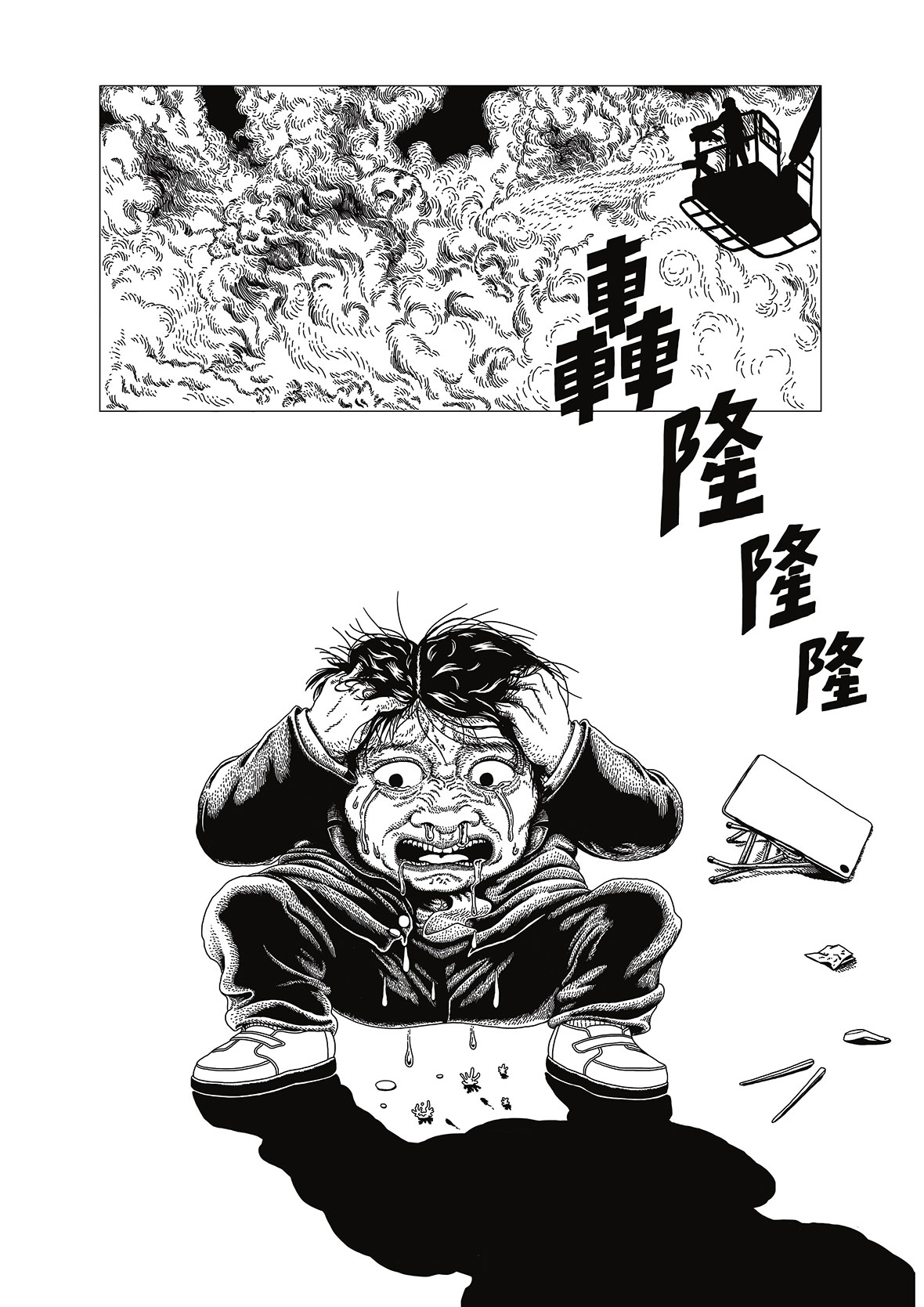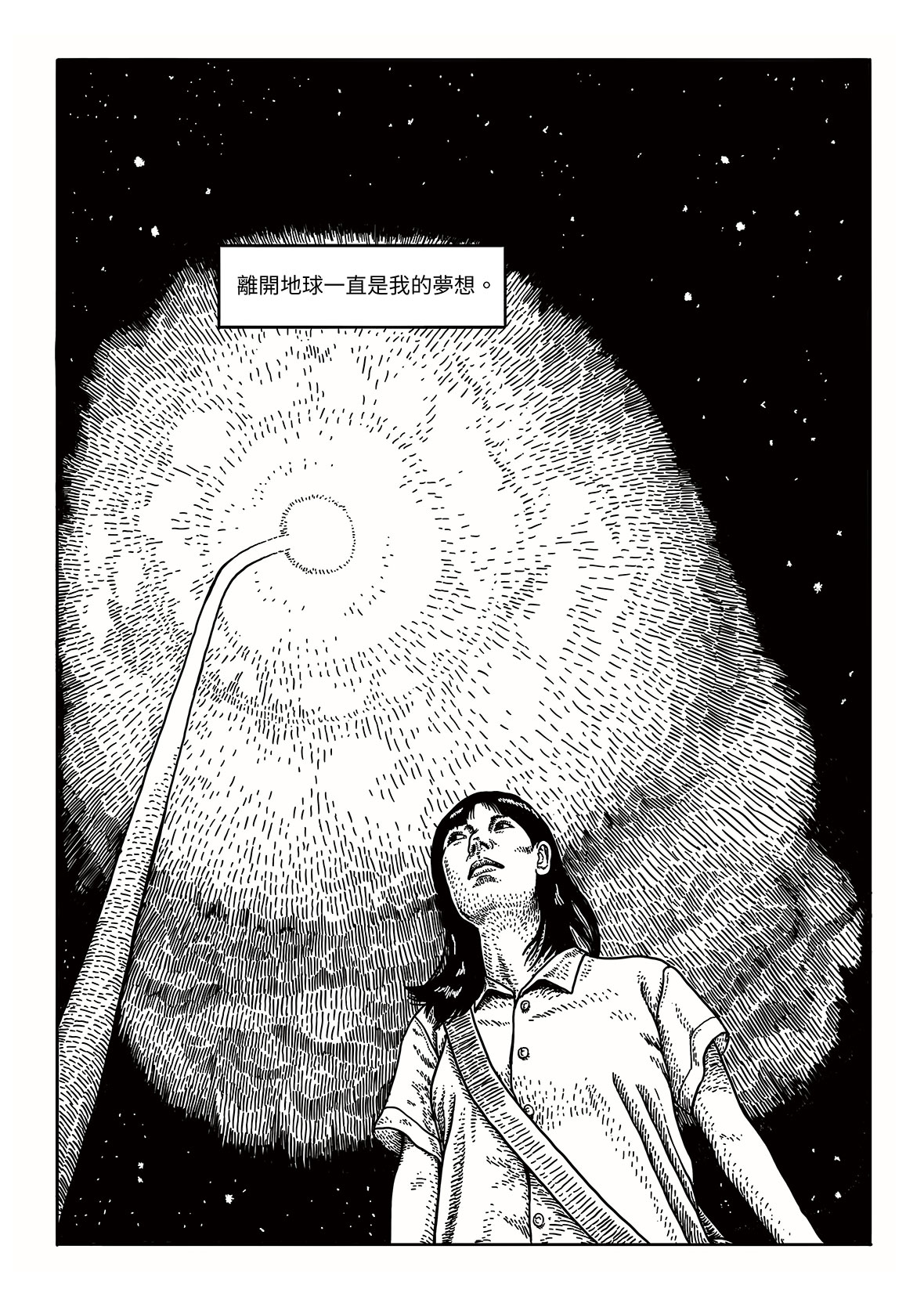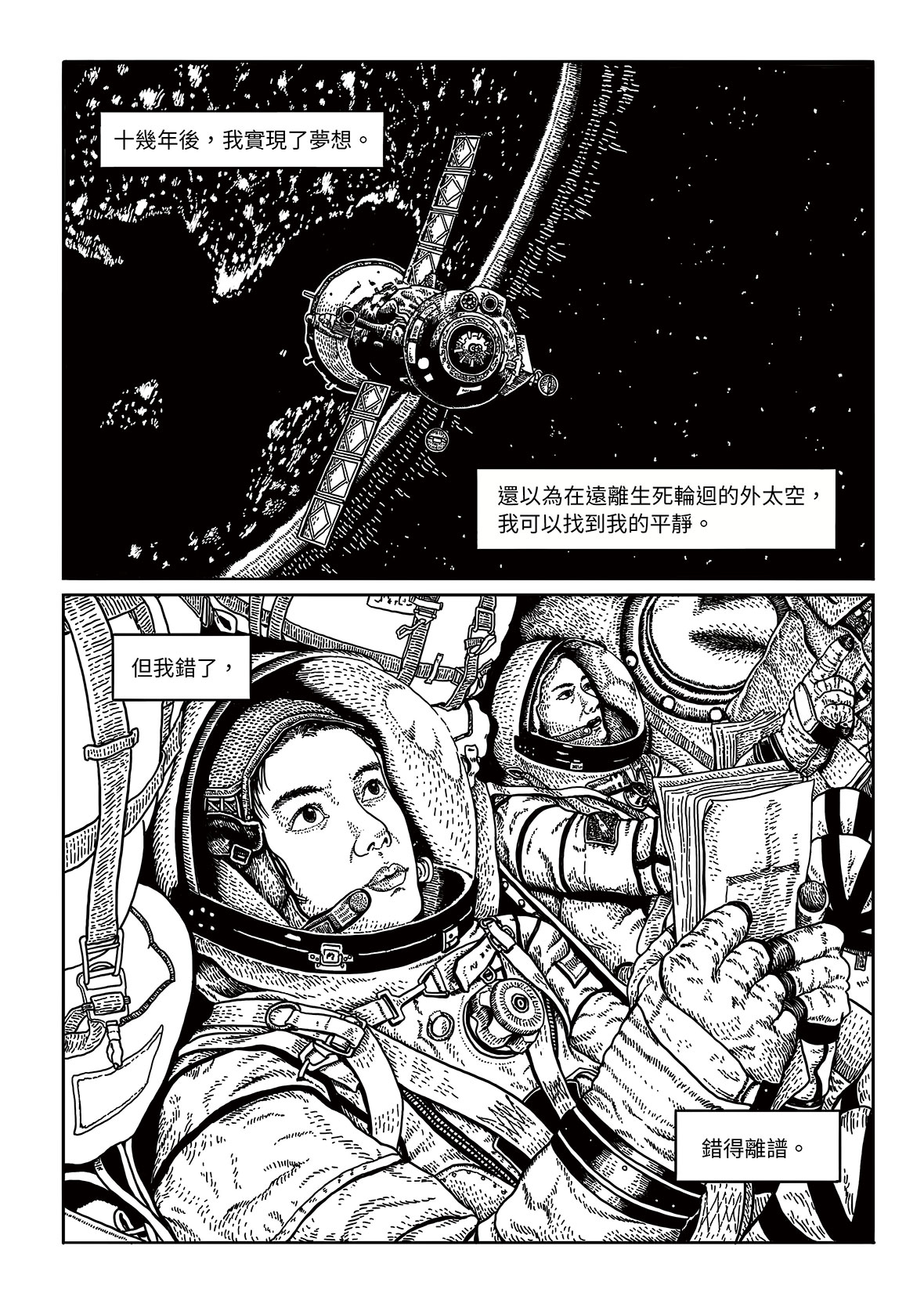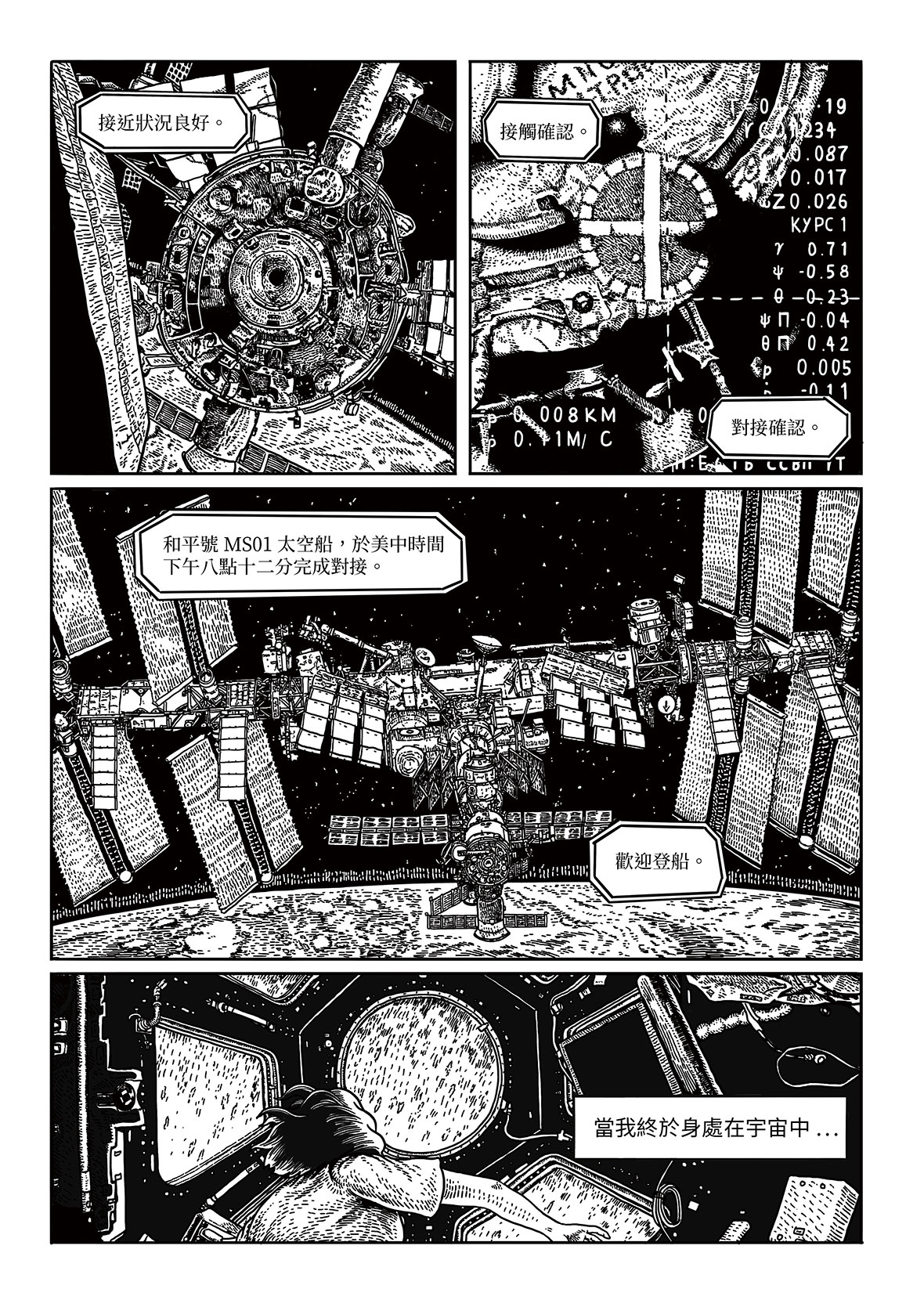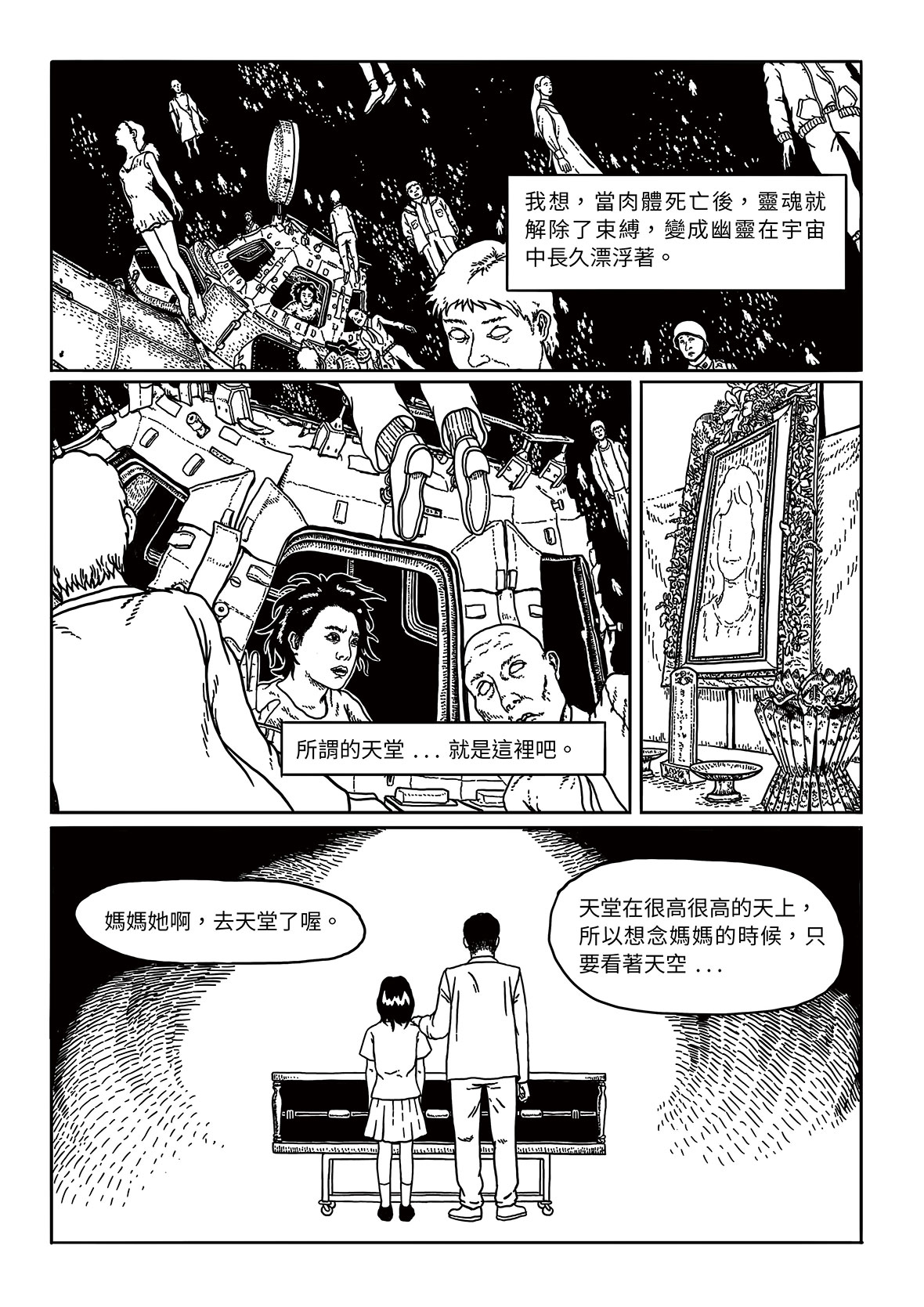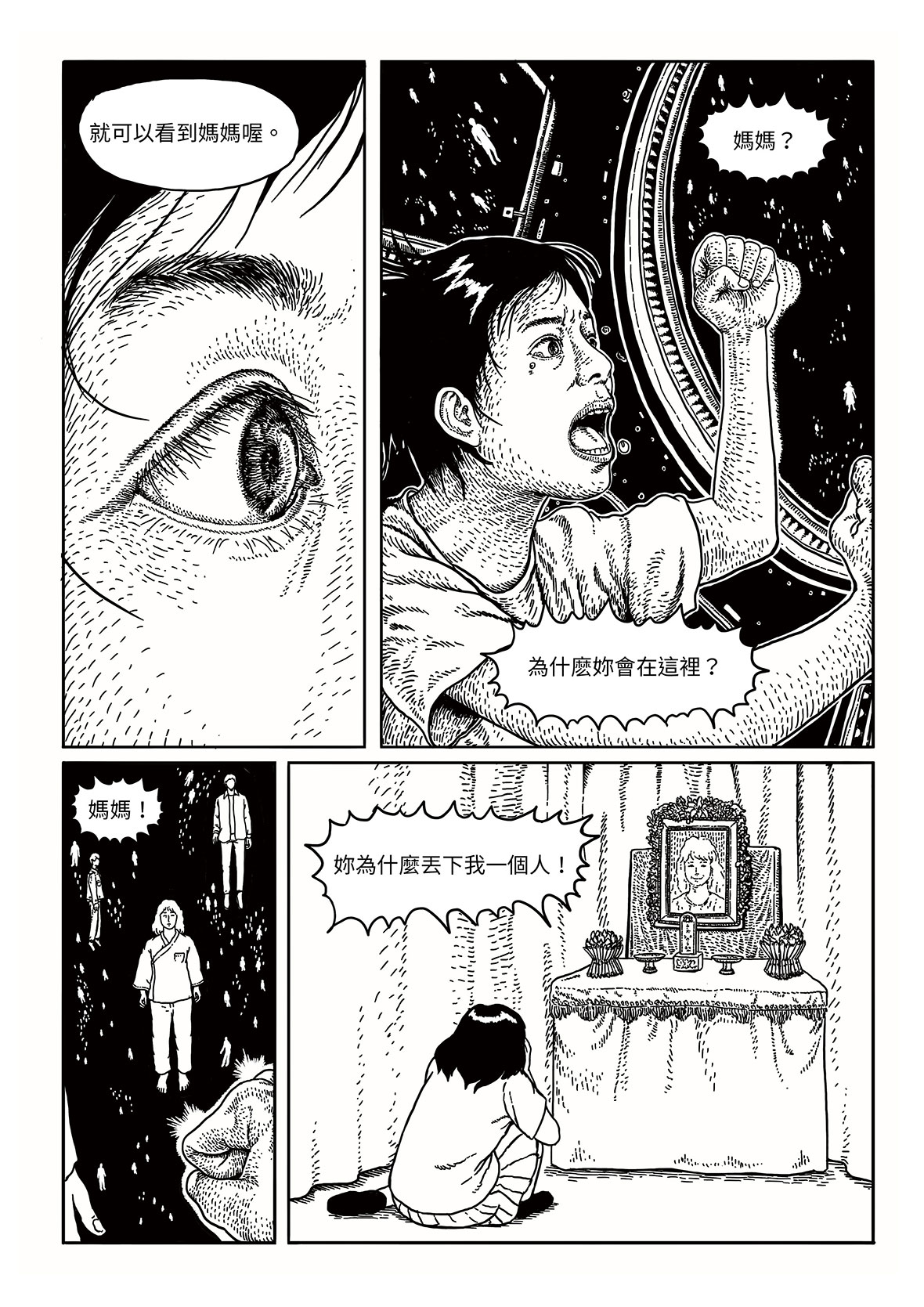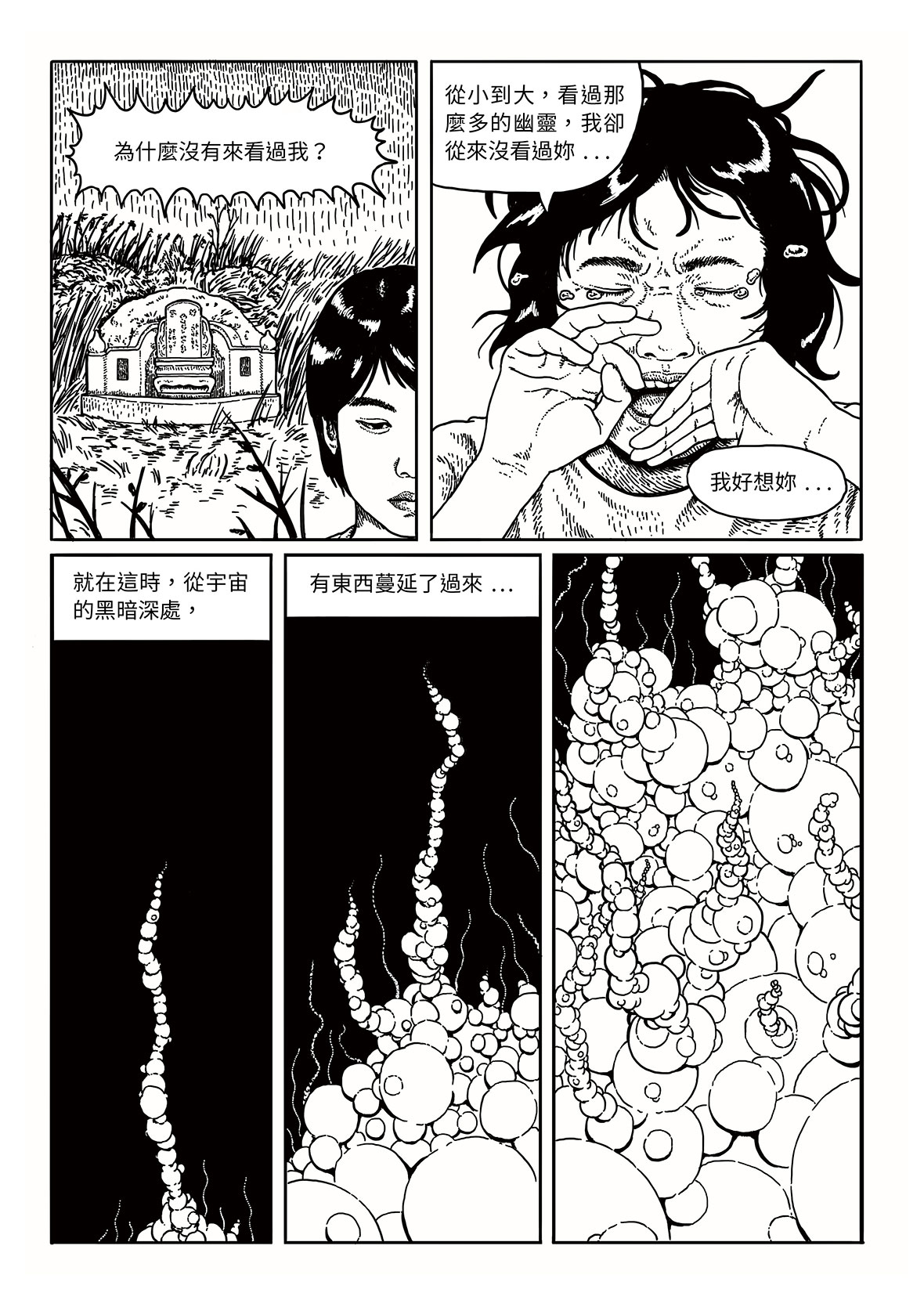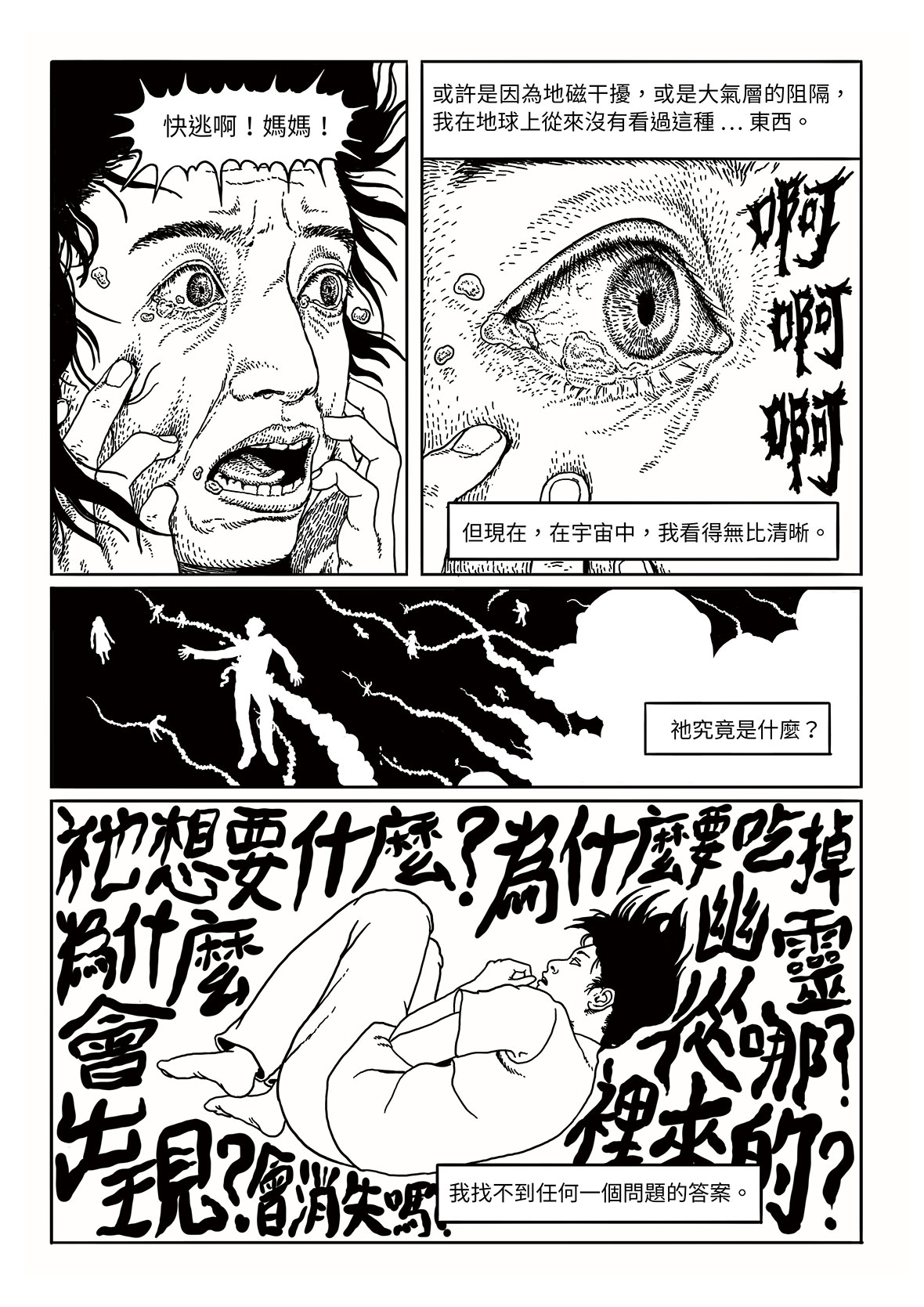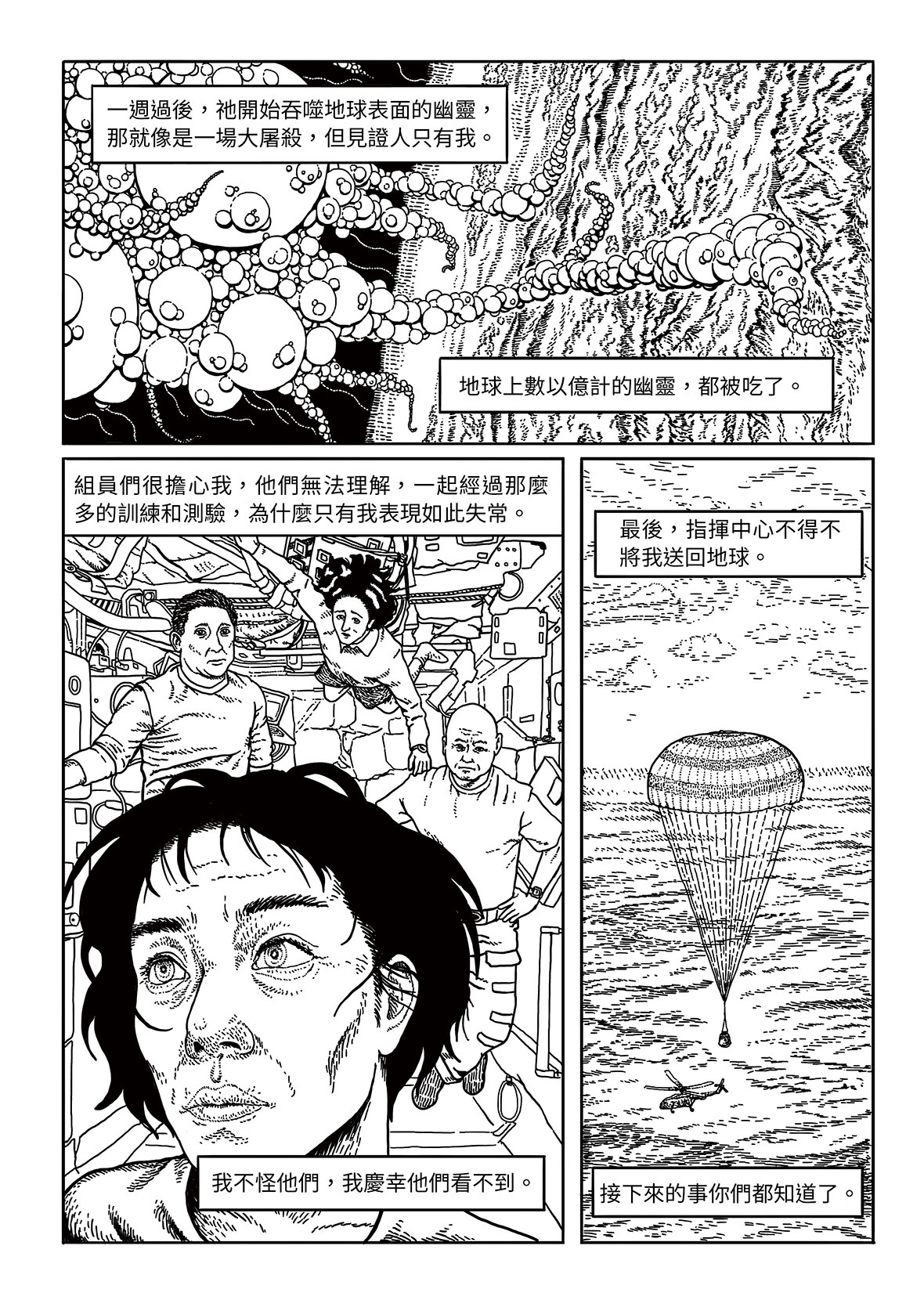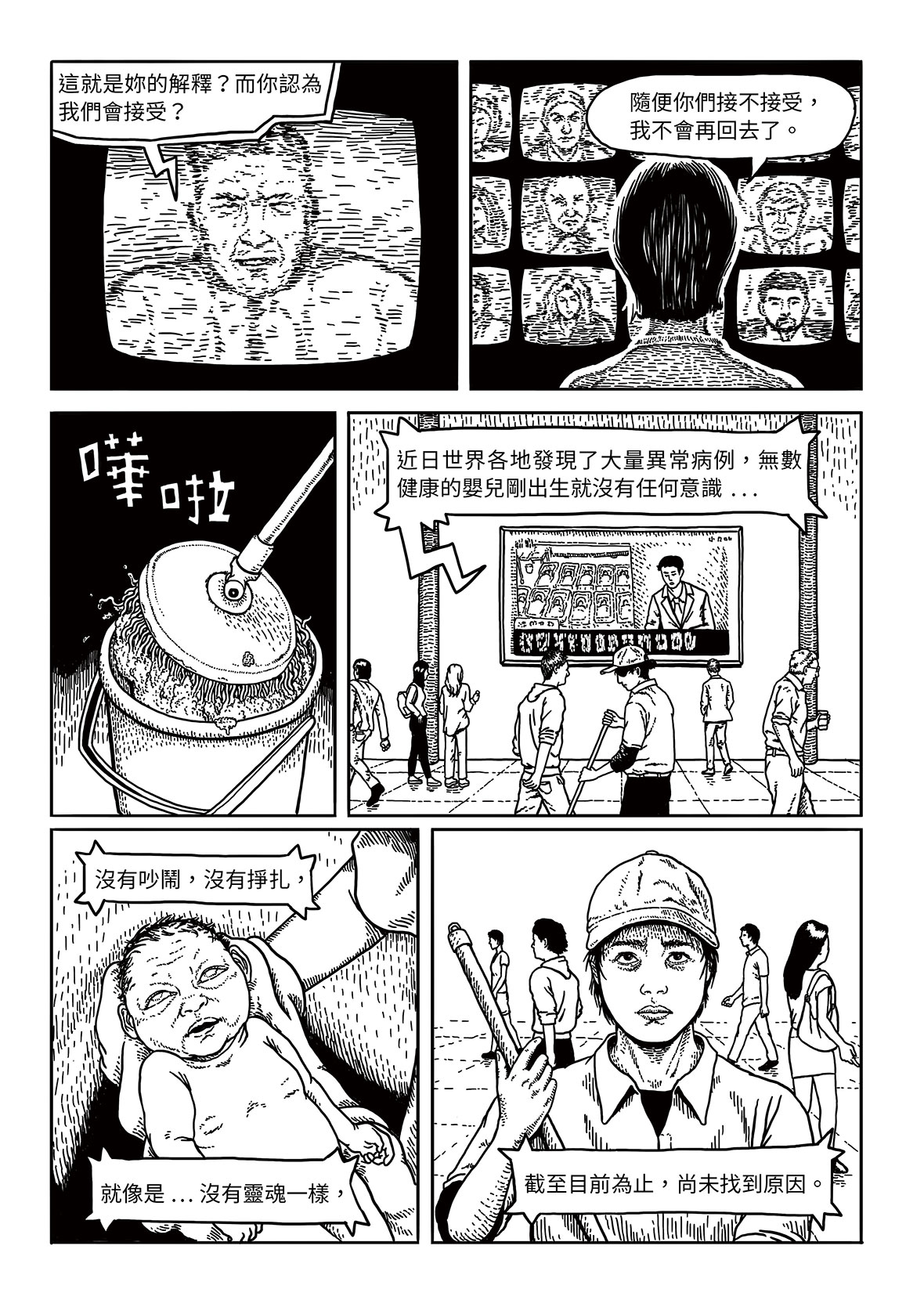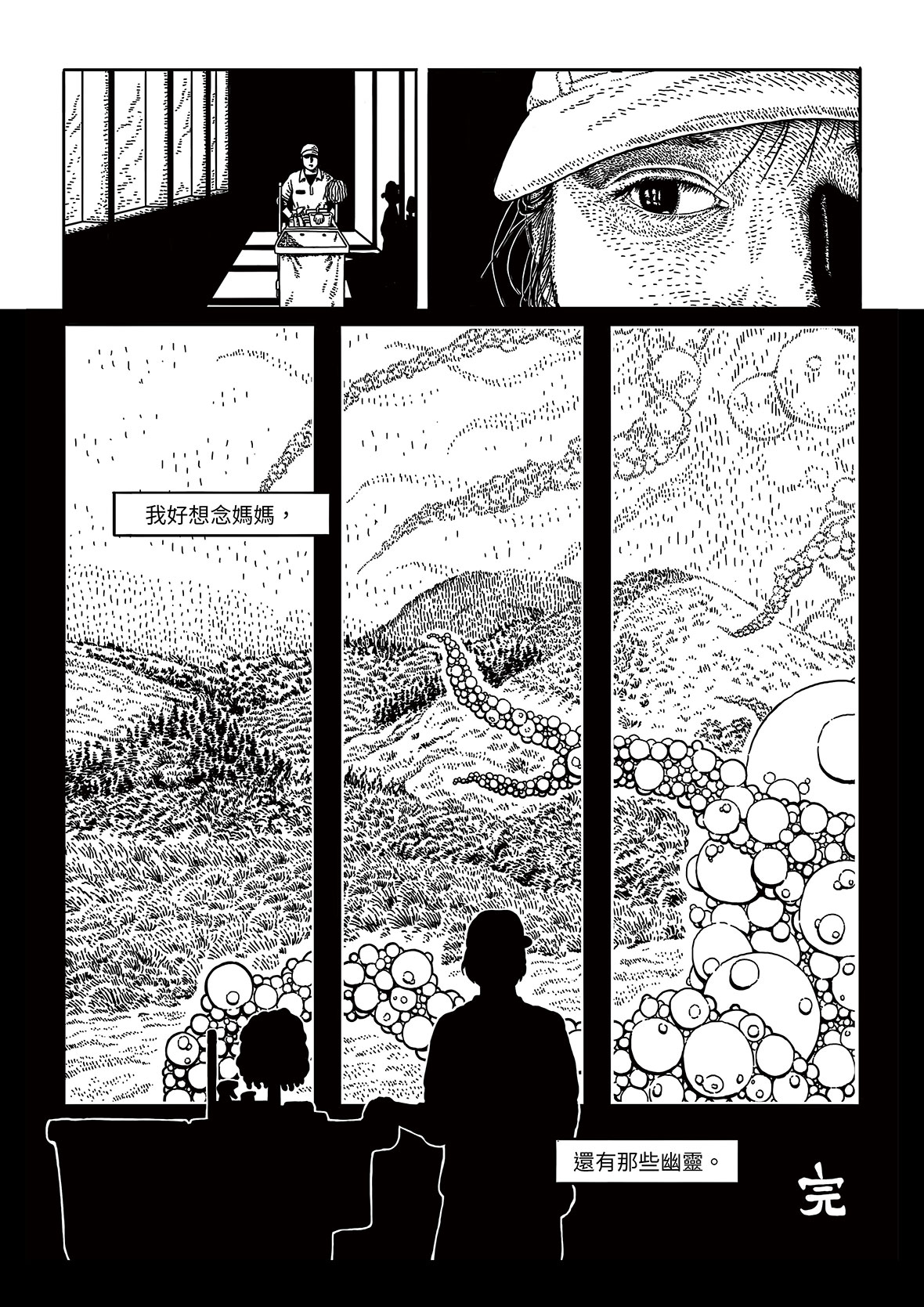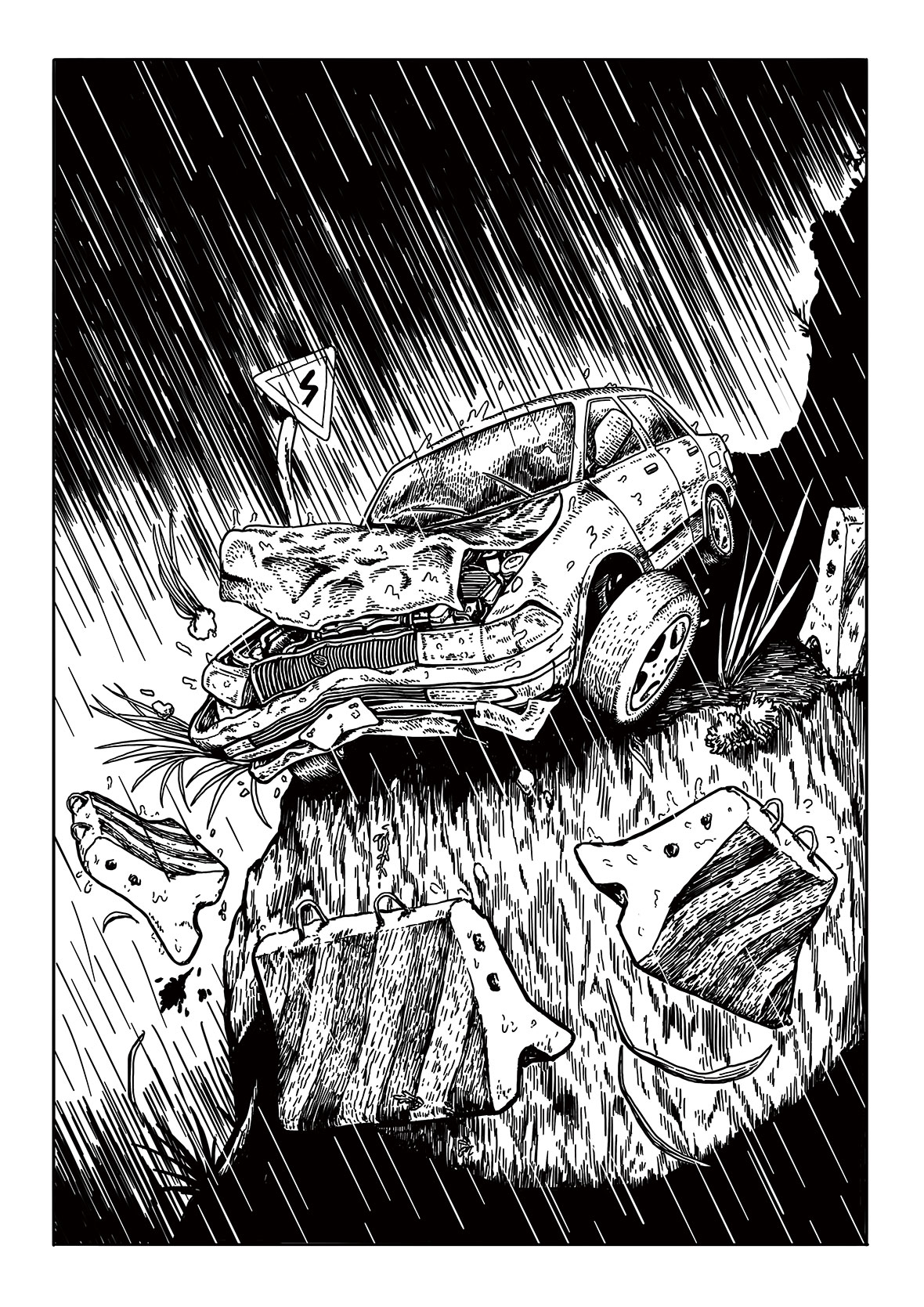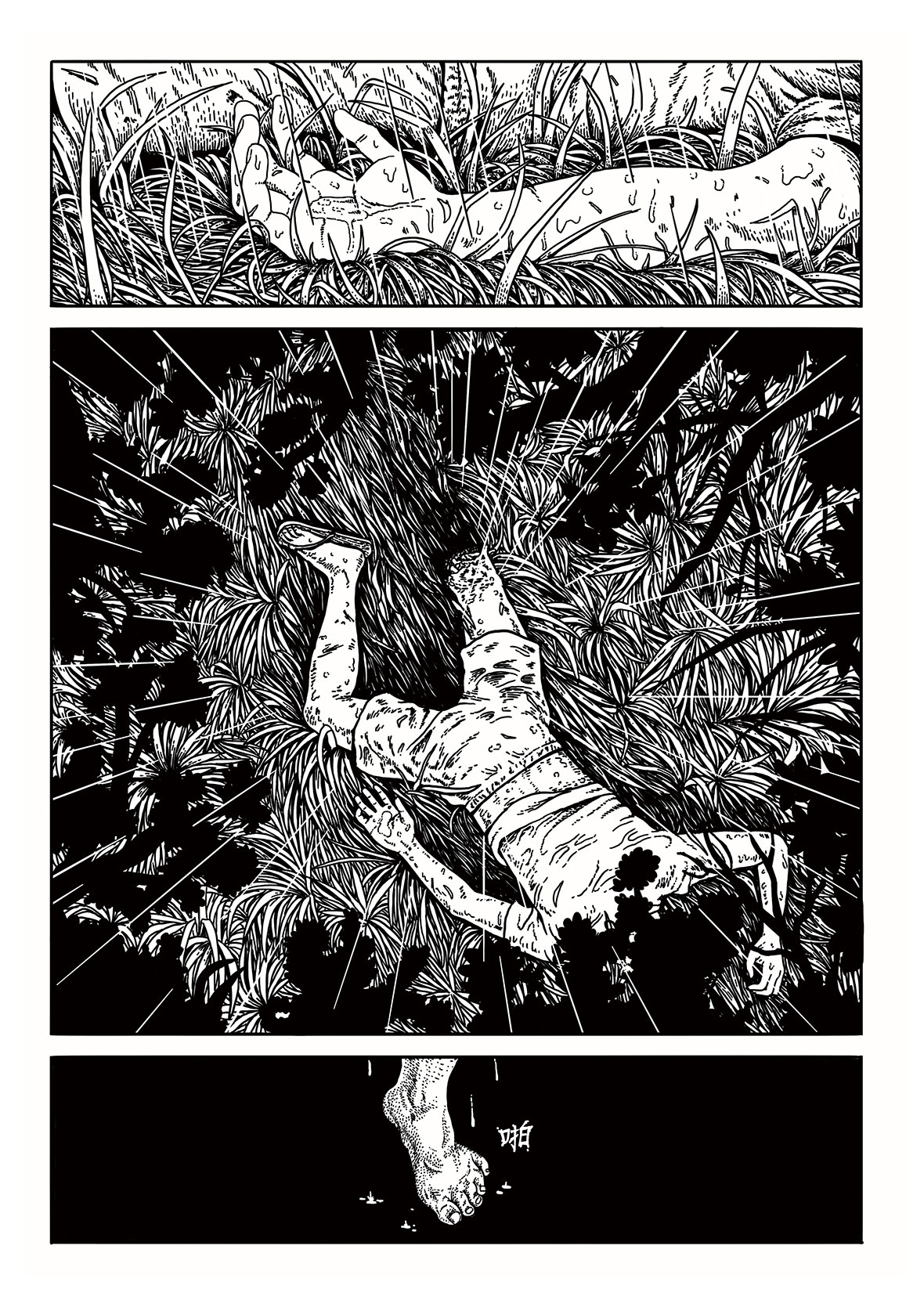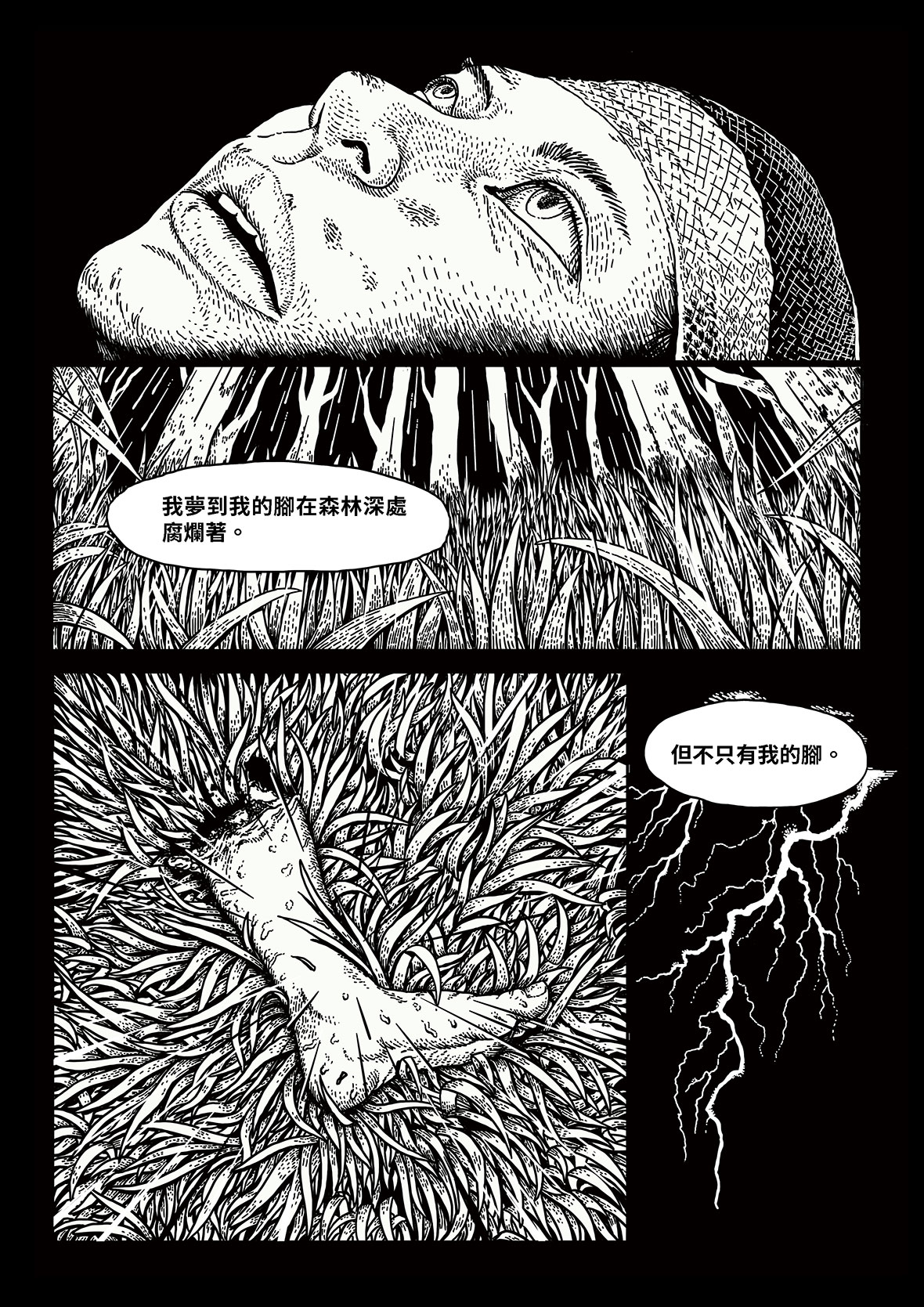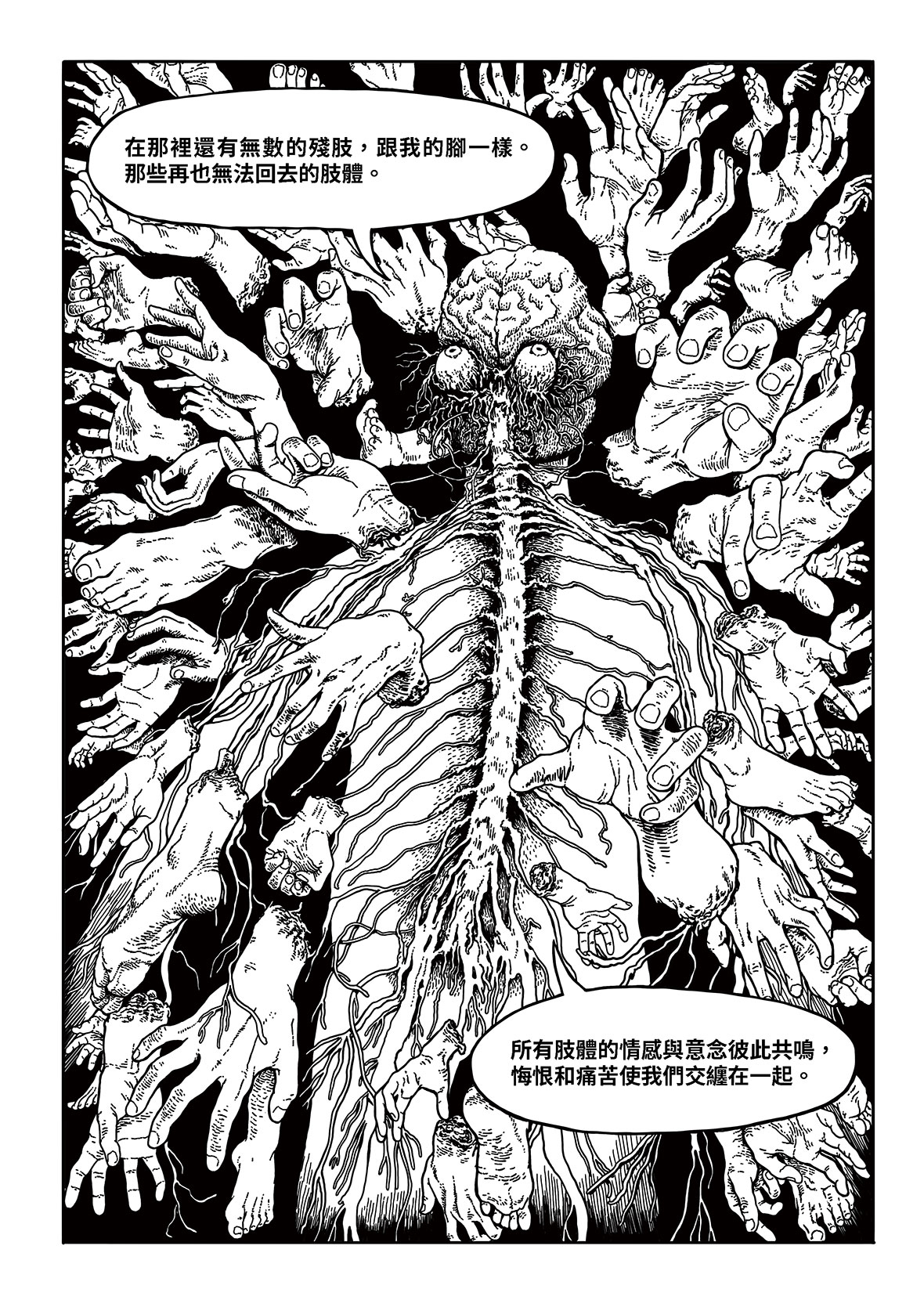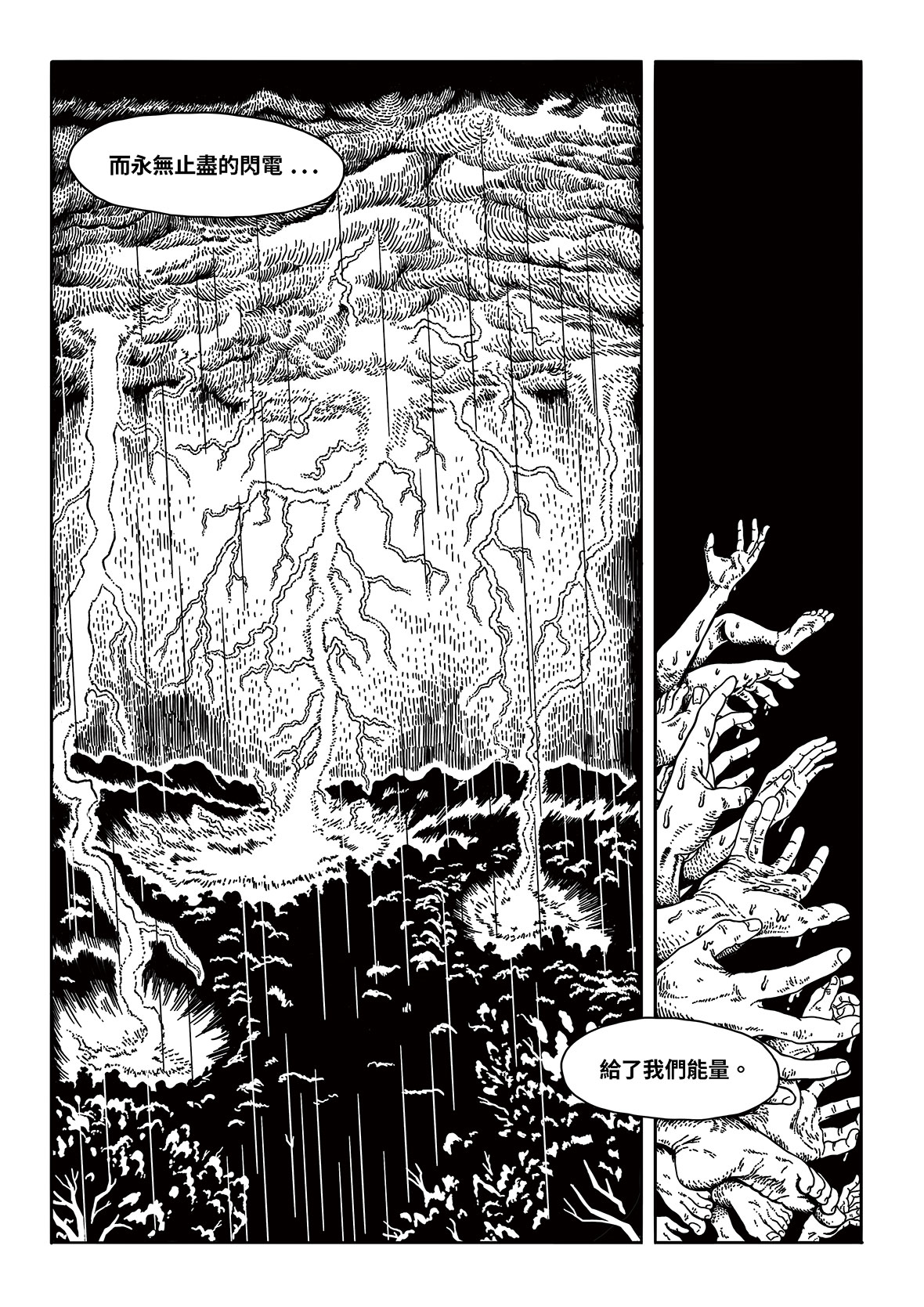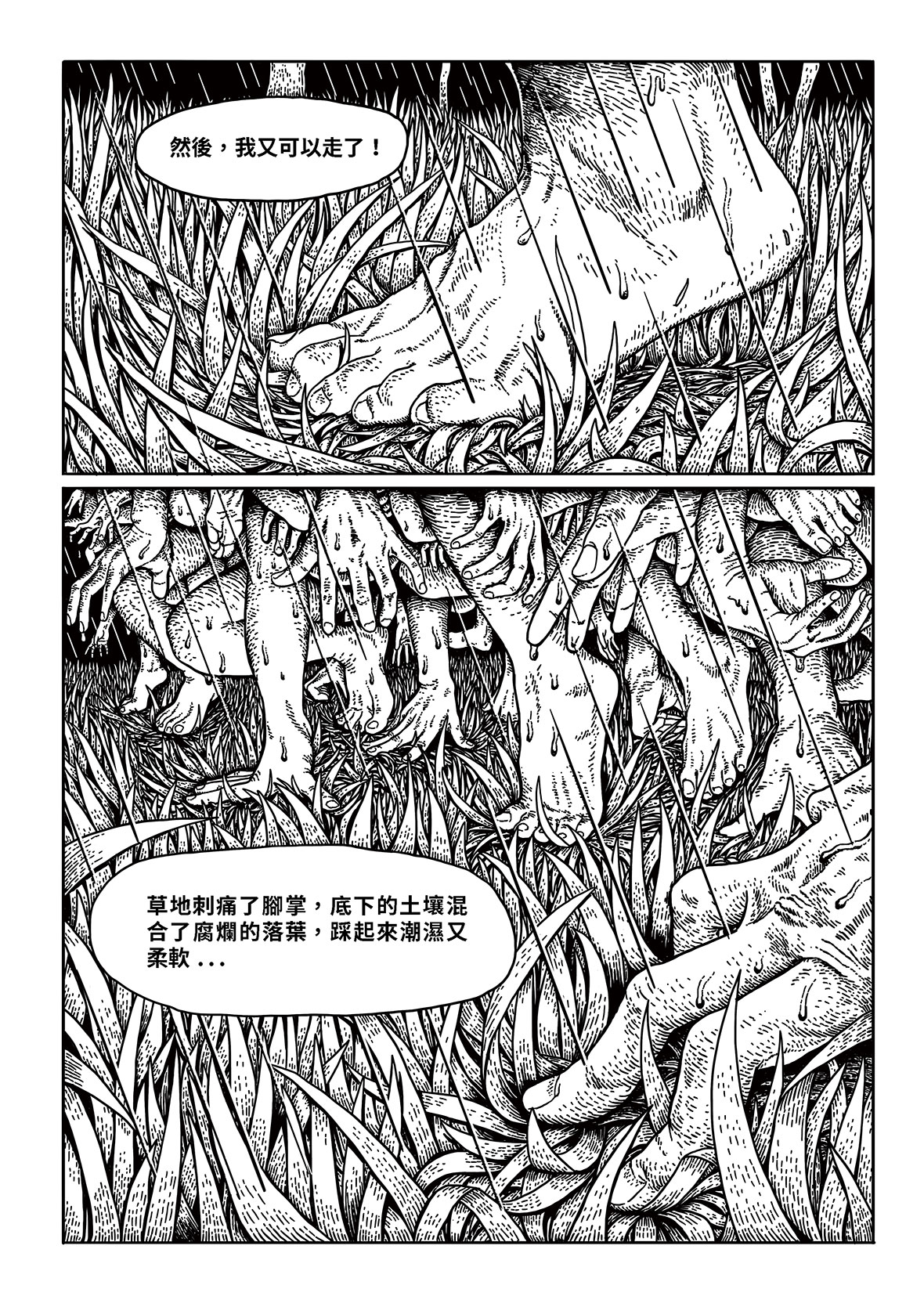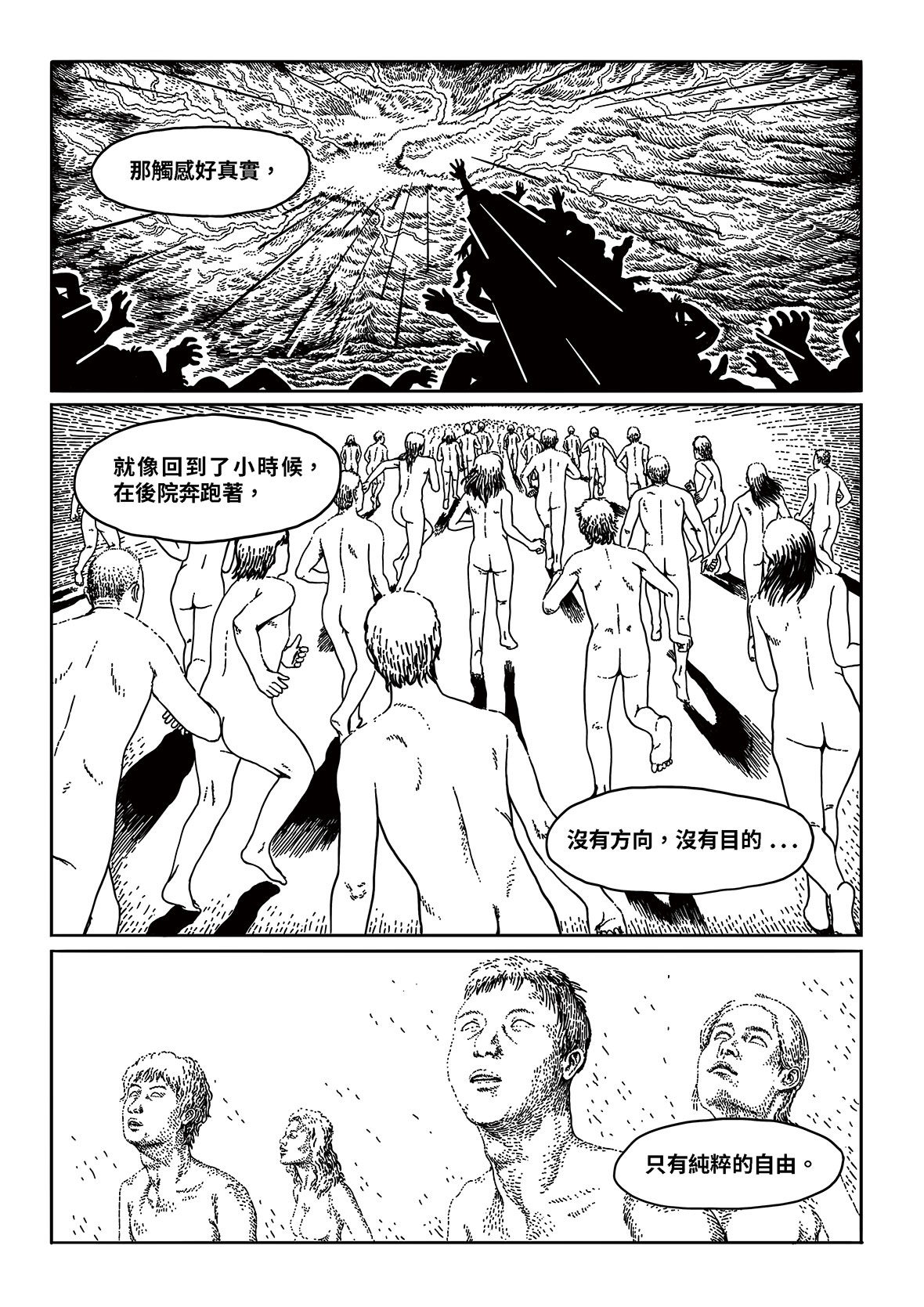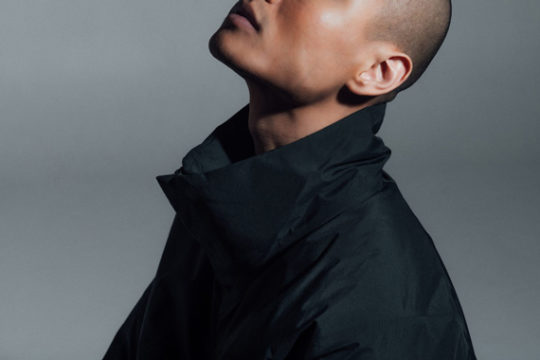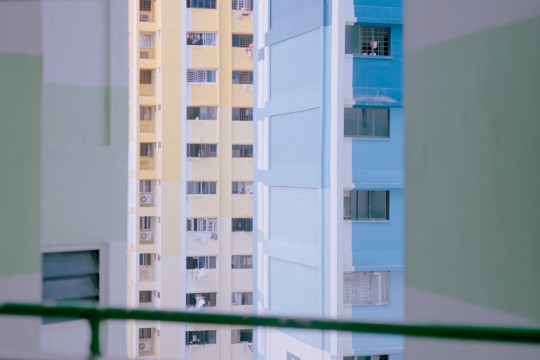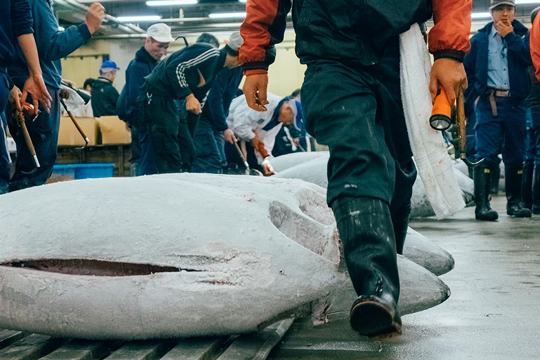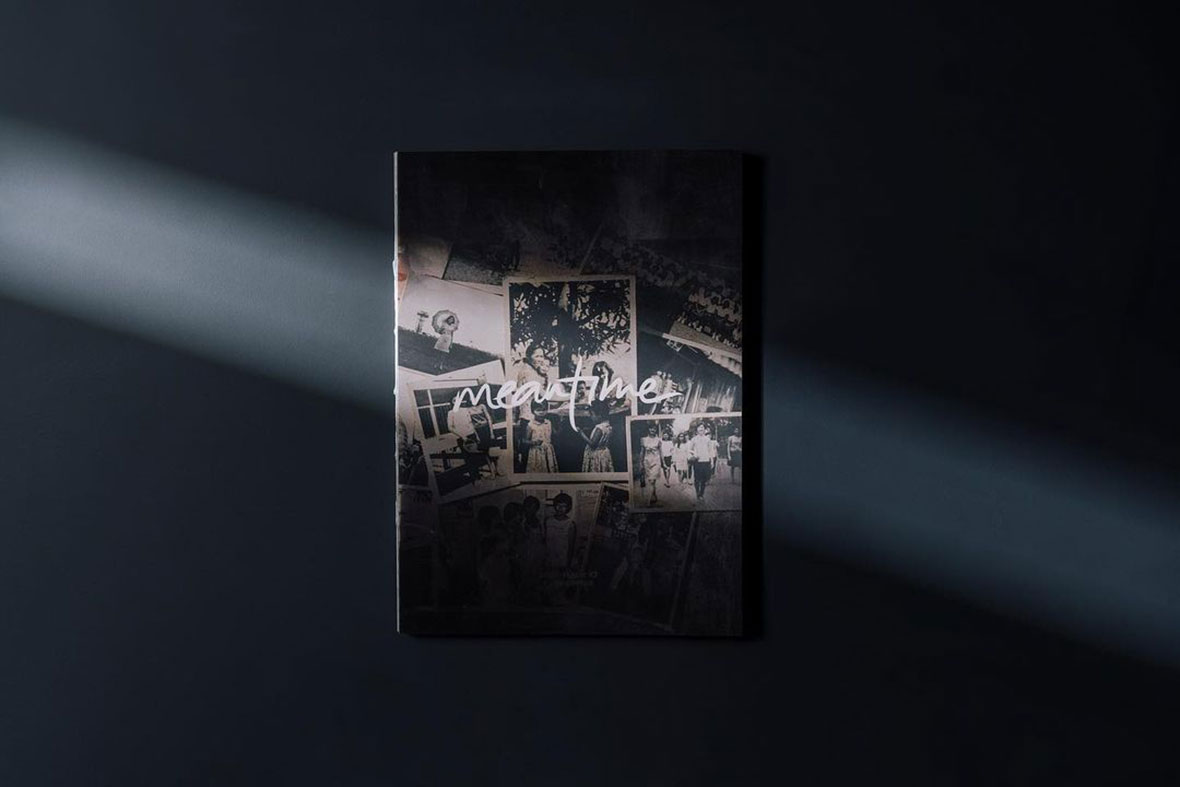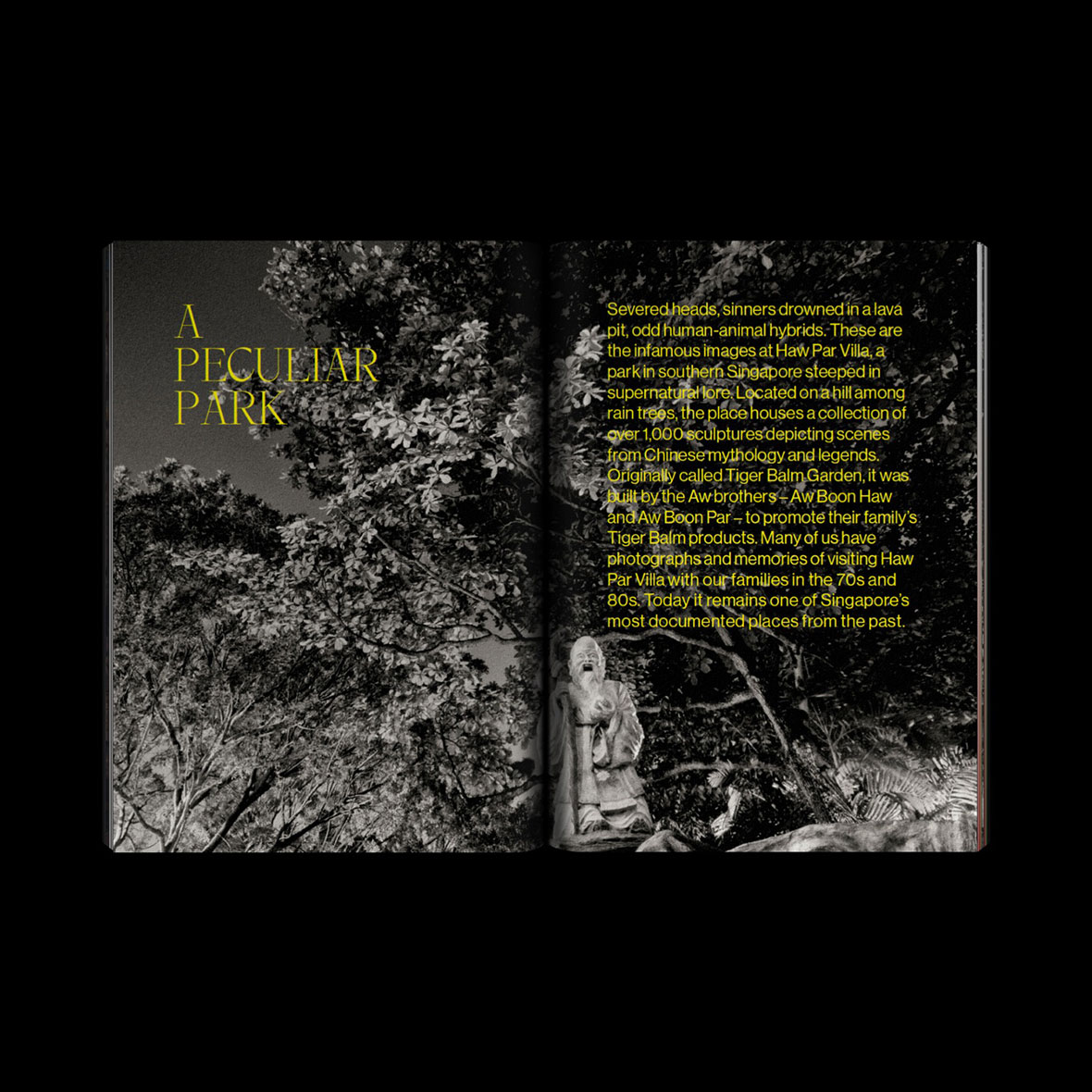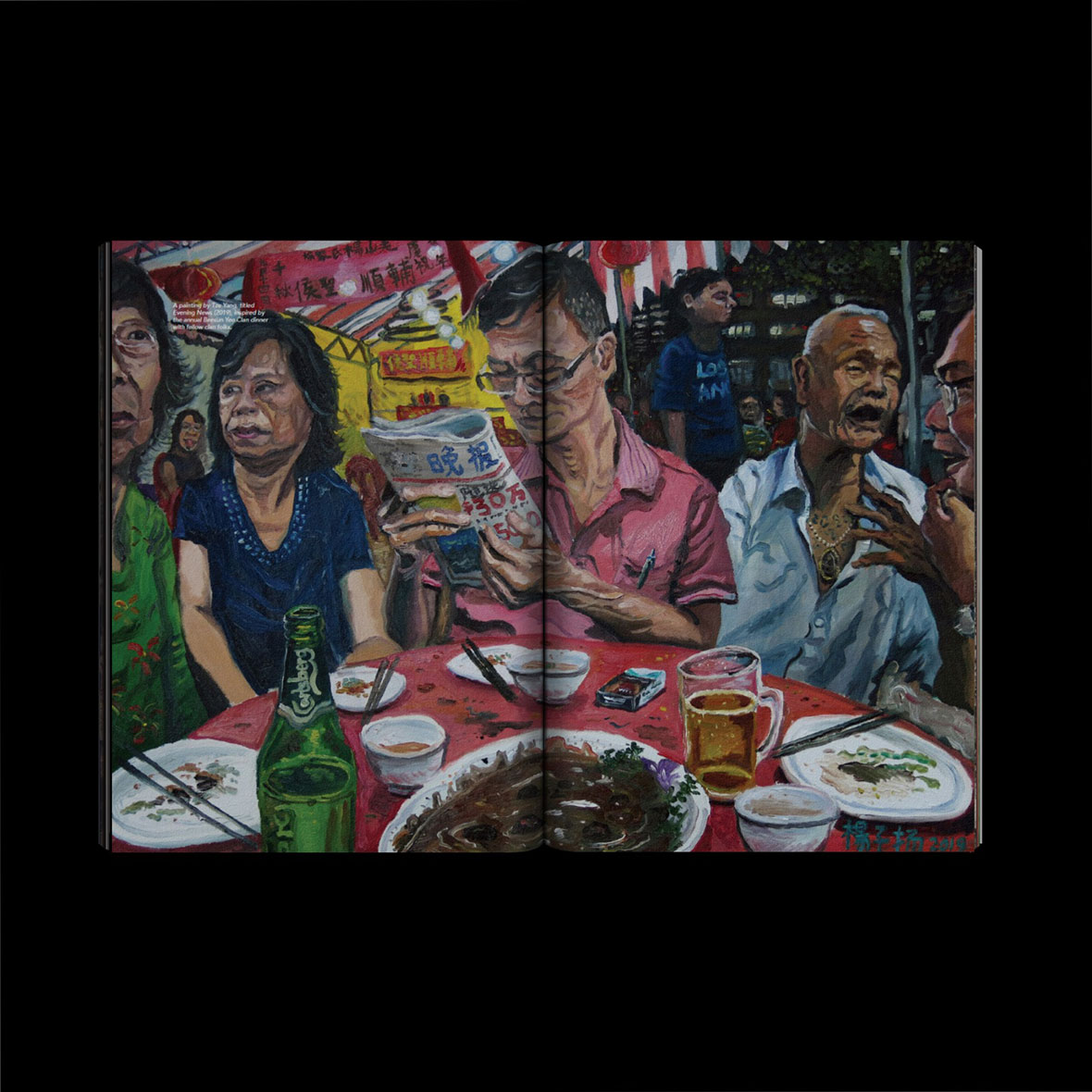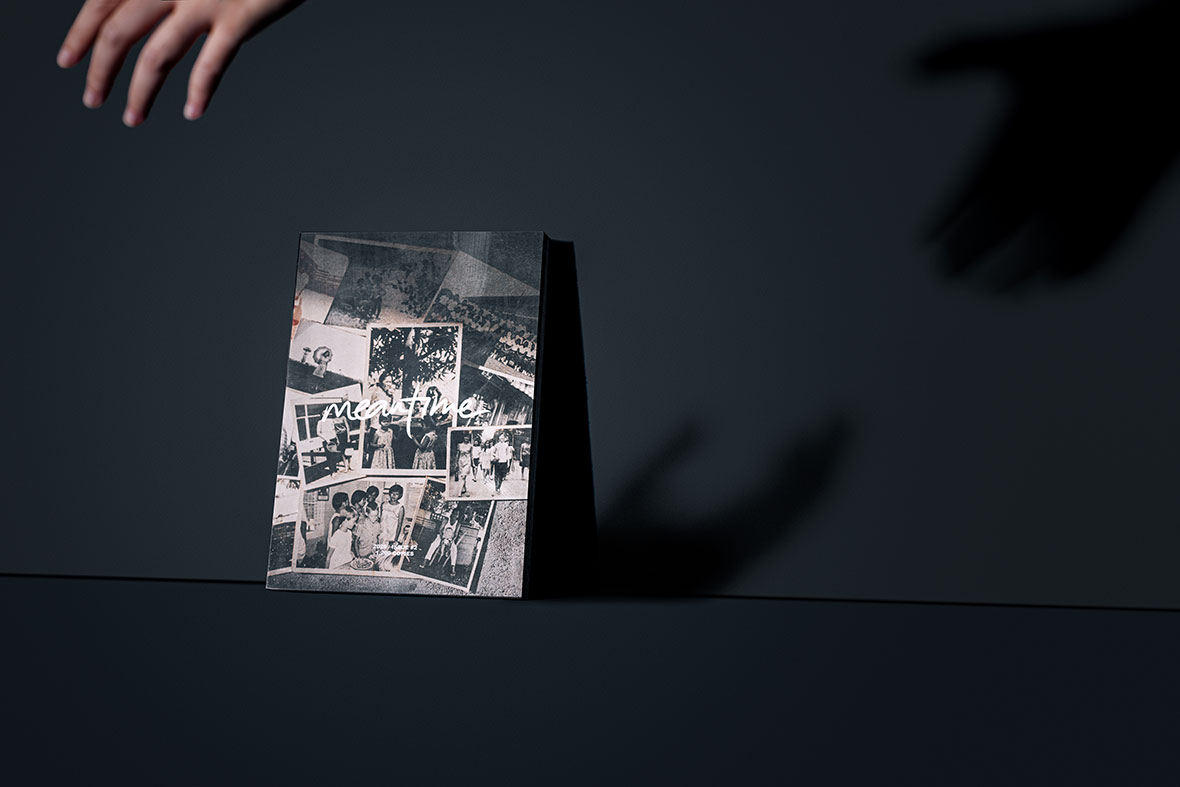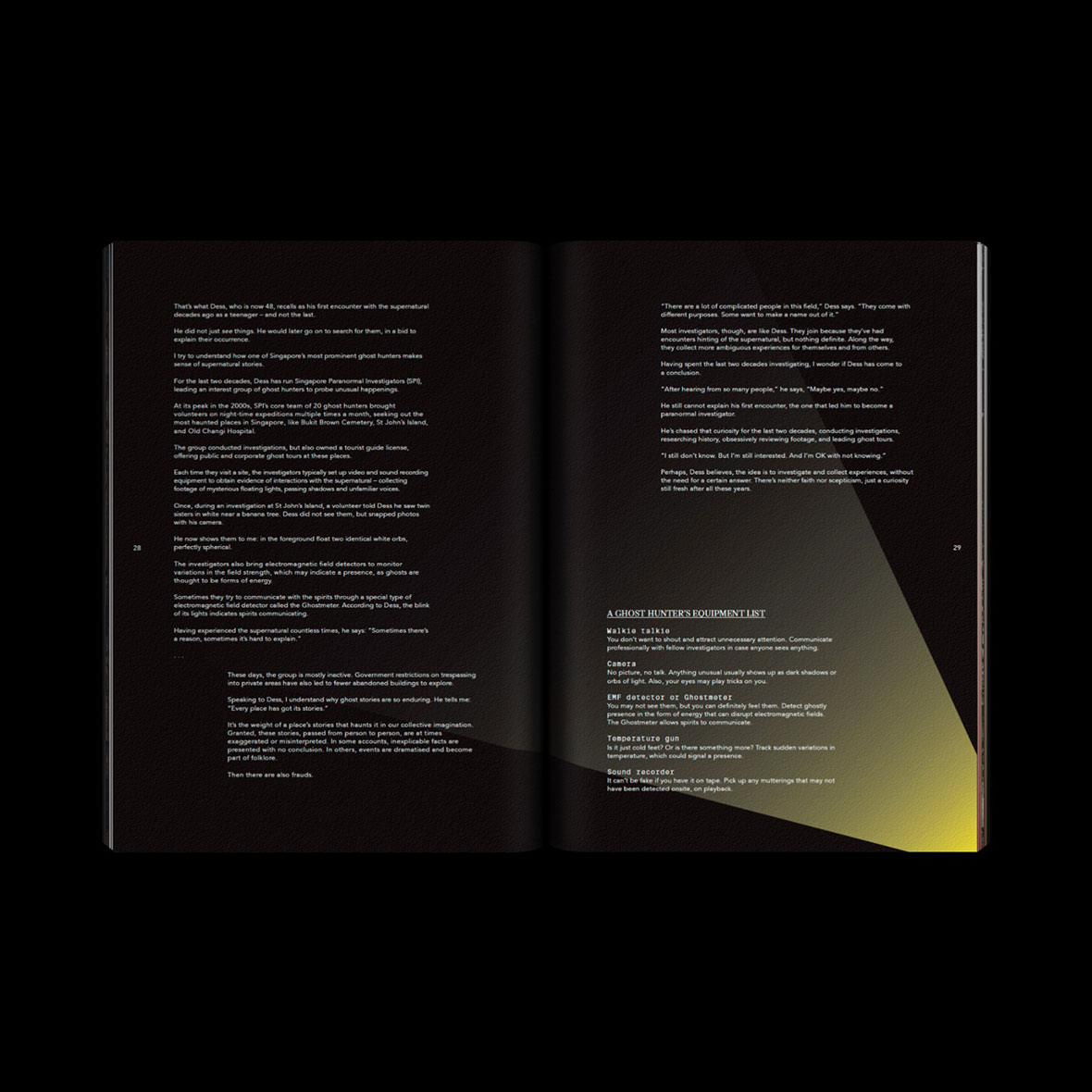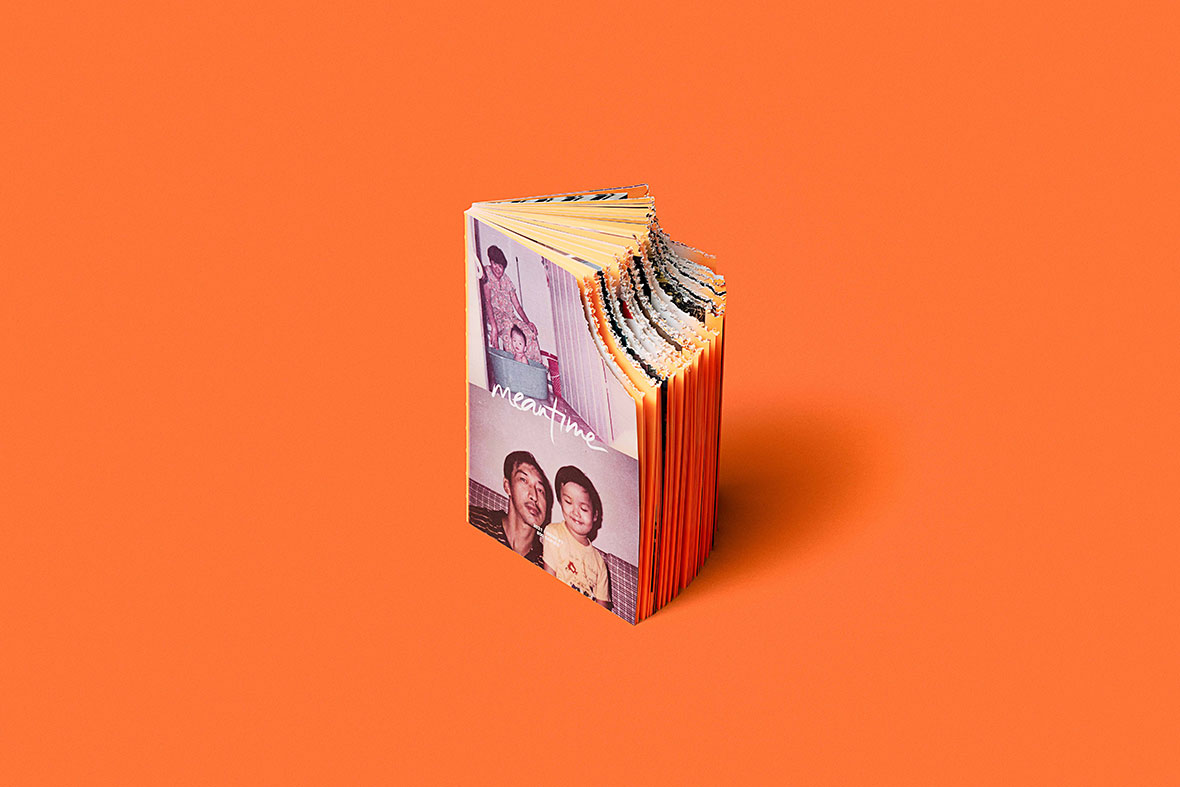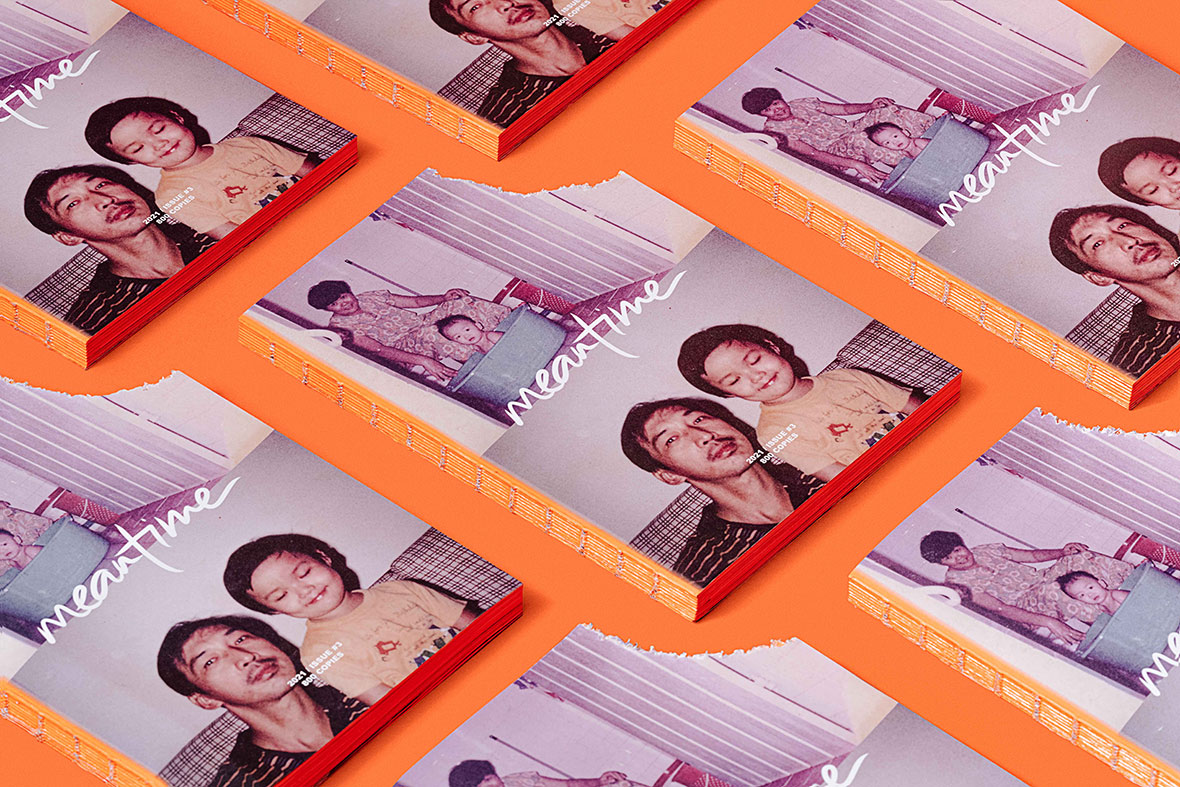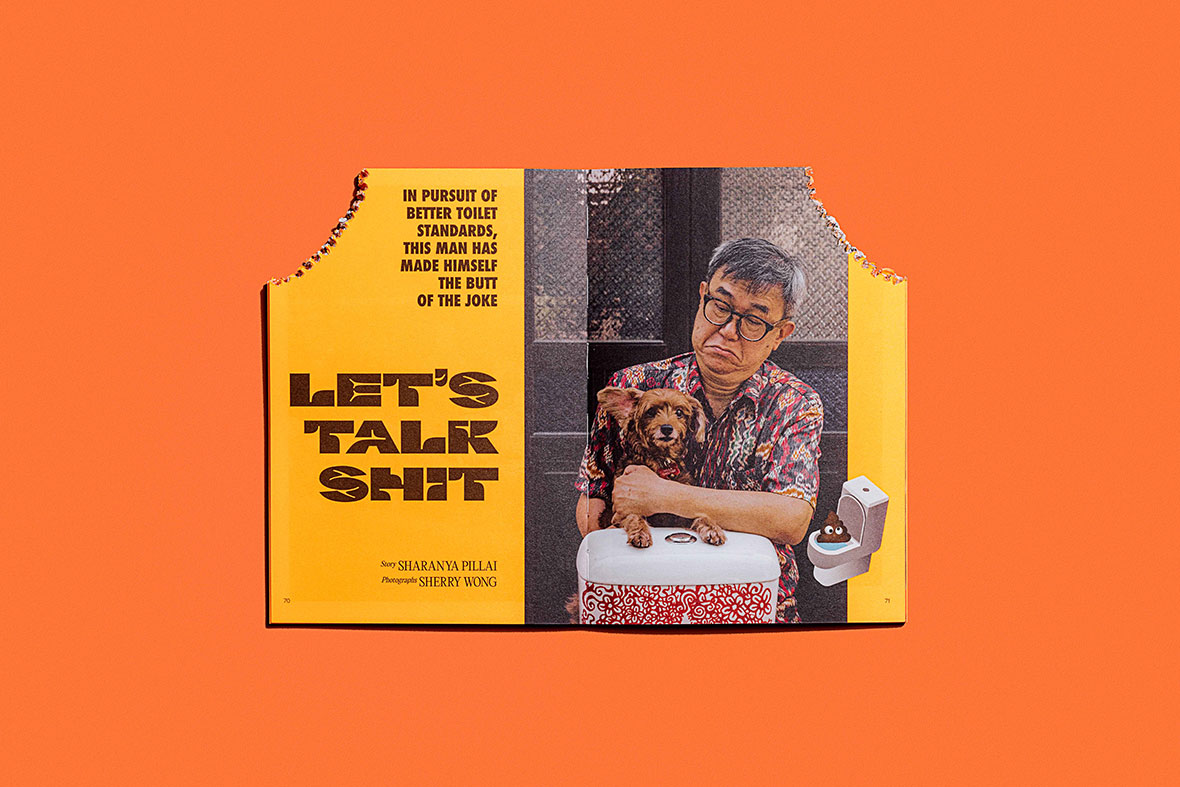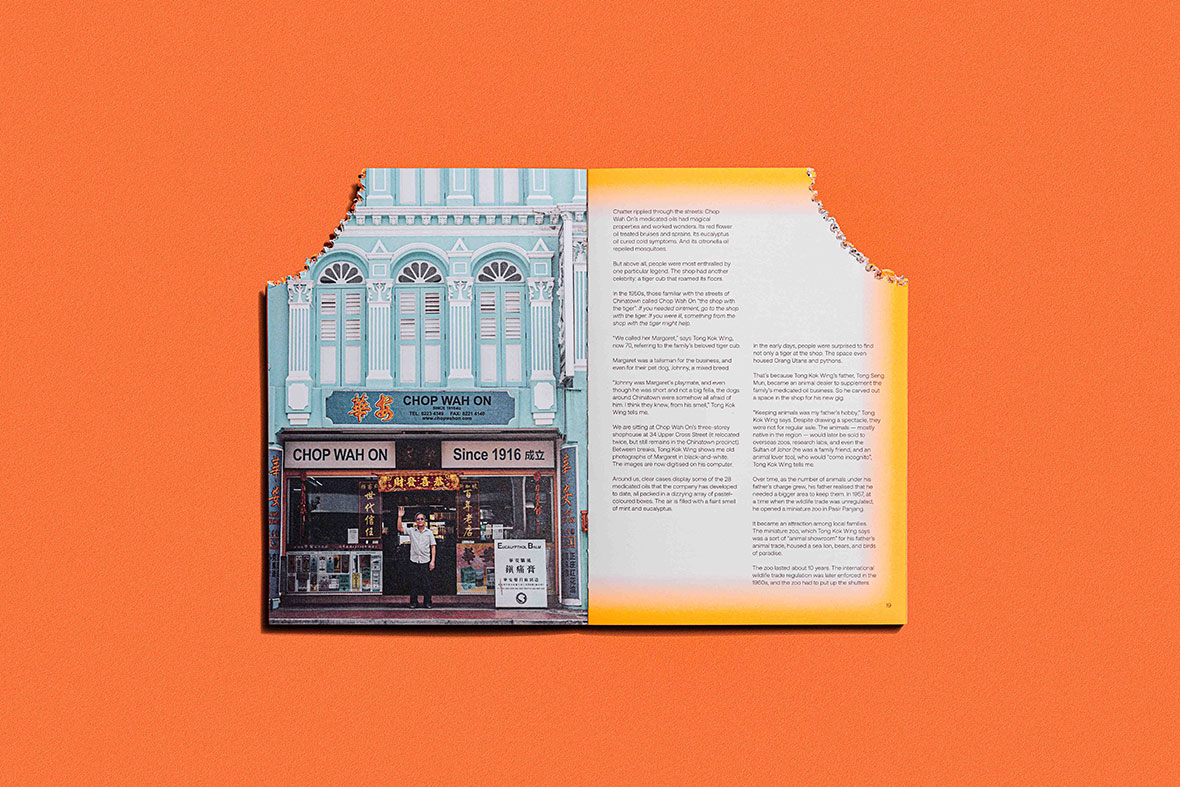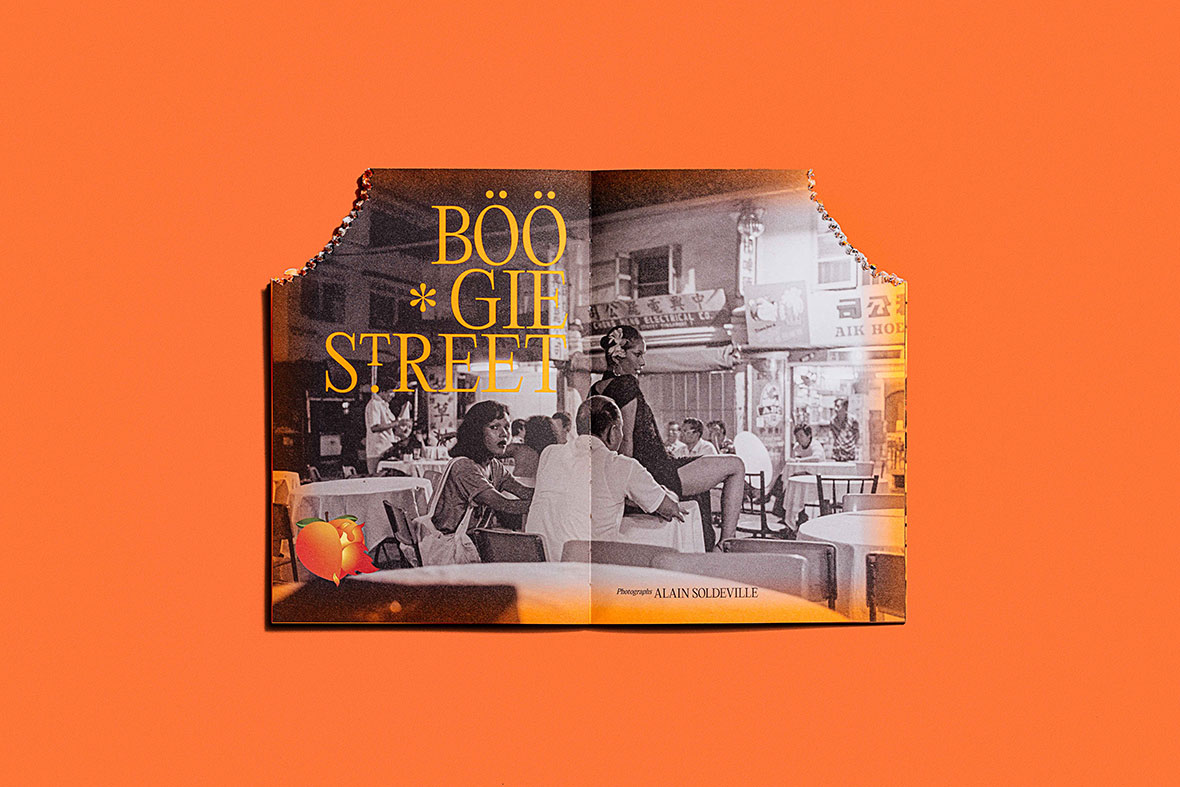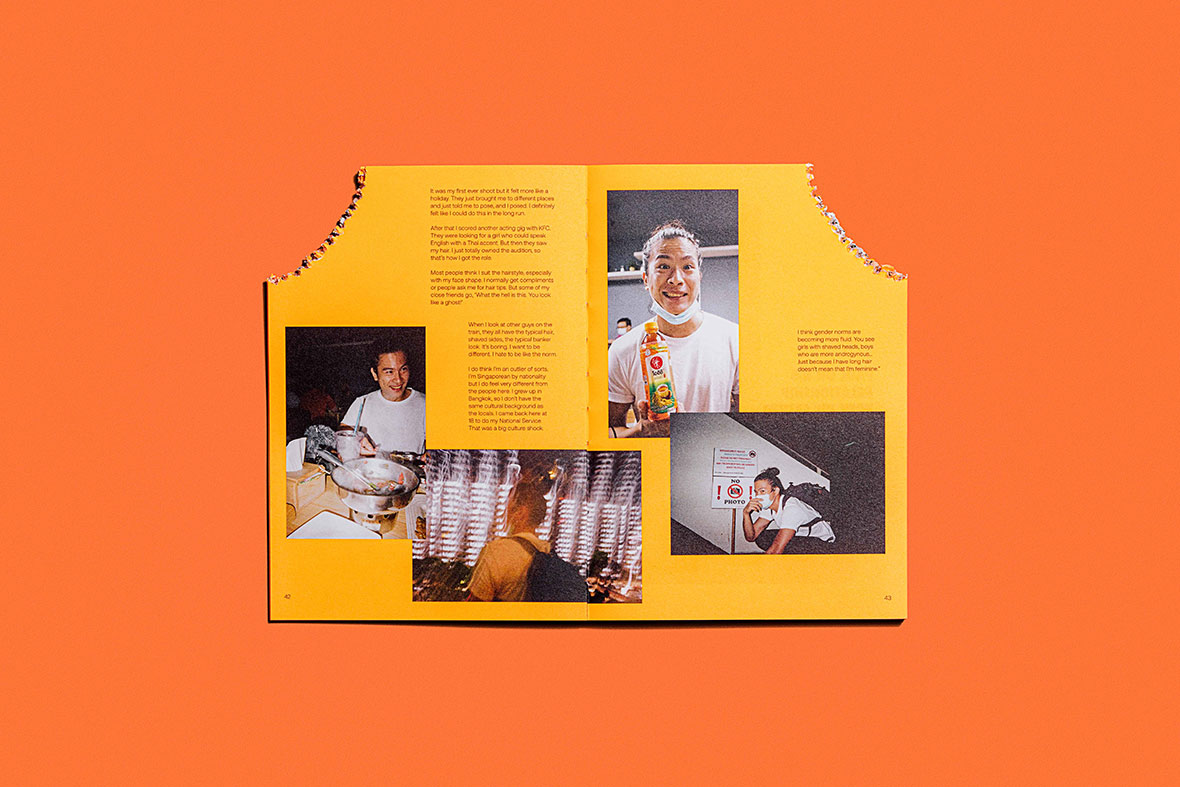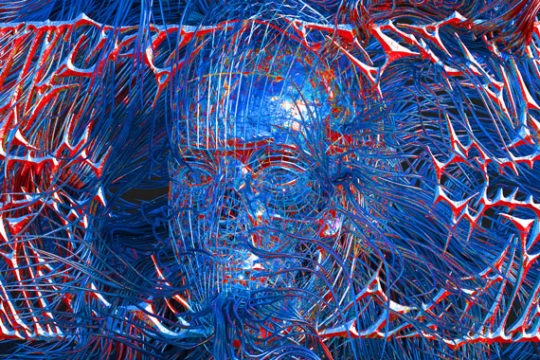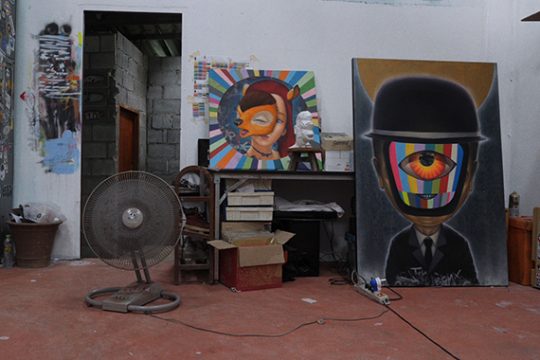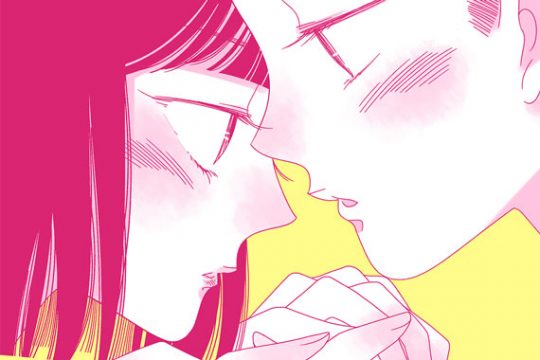
Massive barrel drums roll brusquely over pattering hand drums. Guttural chants well up and a bamboo flute loop flutters about. A heady kick drum drives the track along, hidden within the mix. This is “Dhol (part 2),” and it’s a conscious effort to combine the instrumentation and rhythms of South Asia with club music from Africa and the UK. The track was produced by British-Pakistani artist Ahad Elley, better known as Ahadadream, a London-based producer, DJ and organizer.
Listen to select tracks below:
筒鼓与手鼓的混响在空中此起彼伏、粗粝的吟唱声与循环往复的竹笛乐句完美契合、猛烈的鼓点将整首曲风不断推向异域。这首名为《Dhol (part 2)》的歌曲尝试将南亚律动与非洲、英国的俱乐部之声相融,其所用到的采样来自南亚婚礼现场使用的乐器,制作则以激进的舞曲形式迎人。它的创作者是英籍巴基斯坦音乐人 Ahad Elley (Ahadadream),这位现居伦敦的音乐制作人、DJ 和派对组织者深入挖掘自身南亚文化根源,尝试将其烙入英式地下俱乐部之声的大染缸之中。
点击即可试听 :
Elley immigrated with his family to England when he was 13 years old. Although he spoke English daily in Pakistan, it was a difficult transition coming on the heels of the Sept. 11 attacks. “Moving to the UK as a brown kid with a Pakistani accent wasn’t the easiest adjustment,” he explains. “I was also one of the only South Asian kids in my school,” which was in Bedfordshire, just north of London. But he jumped right in, trying to figure out where he belonged among all the different cliques in school. He eventually started a band, teaching himself guitar and writing all the tunes. But in his home life, he was still surrounded by music from Asia. “I was really into rock music, which was popular in Pakistan. Me and my cousins grew up watching MTV. But Bollywood was always playing in the car. My grandad was always listening to the older stuff. The dhol was always around. It really stuck with me.”
Ahad 十三岁时随家人移民英国。尽管年少就会讲几句英语,但作为在 911 事件后的新移民,他经历了异常艰难的过渡期,他回忆道:“作为一名带有巴基斯坦口音的棕色皮肤小孩,要适应搬到英国后的生活并不容易,况且学校里南亚孩子不多。”他的学校位于伦敦北部的贝德福德郡。校内,他试图寻找自己的圈子,先后自学了吉他和作曲,组建乐队。而在家里,他仍然会被各种亚洲音乐包裹,“我那时候沉迷摇滚,摇滚乐在巴基斯坦也蛮受欢迎的,从小和兄弟们看 MTV 长大。而在大人车里,也总能听到宝莱坞式的旋律。祖父曾喜欢在家里播一些南亚经典老歌,印度传统的 dhol 鼓声总是萦绕在我的耳边。”

At family weddings, he’d always choreograph dances, so when he discovered garage music at the local teen dance parties, he was quickly out on the floor soaking up the rhythm. Garage started in the mid-90s, but the syncopated British style of music blending 4/4 kicks with jungle and R&B was still popular, and this was Elley’s introduction to UK dance music. Like many kids, he followed garage to dubstep, which at the time was deeper and more attuned to reggae. He was a bit late to funky—which blended house with sped-up dancehall rhythms and followed dubstep in the British dance music continuum—but it would come to define his music up to this day.
每逢亲朋婚礼,他总会为现场编排舞蹈。也因如此,当他第一次在英国俱乐部里接触到 UK Garage 这种舞曲类型时,双脚便没离开过舞池。Garage 诞生于 90 年代早中期,那个锐舞风潮正值浪尖的年代,也是 Ahad 接触的第一个英式舞曲风格。和许多年轻人一样,在接触 Garage 之后,他很快迷上了 Dubstep,当时的 Dubstep 受雷鬼影响痕迹还较重。后来,他开始爱上 UK Funky(一种将传统 House 舞曲与南美 Dancehall 律动相融合的曲风),也是 Ahad 目前的主打音乐风格。
When Elley went to university in Surrey, also just outside of London, there were no funky parties, so he started throwing his own, meeting many of the leading names in the scene. He didn’t start producing until he moved to a small industrial town in Germany, where he studied for a year. “I was on my own with nothing to do after class,” he says. “With production, I didn’t need a whole band, I could just open my laptop and start making tunes.”
In 2017, he dropped his first EP, Movements, introducing the world to his blend of stripped-back funky with global percussion, often from South Asia. Sometimes he outwardly combines them, like with “Dhol” and “Little Pakistani Boy,” other times it’s much more subtle. Since he deconstructs the instruments and pieces them back together in a British dance music context, it can be hard to distinguish them from other drums like the djembe or bongo, which he’s also fond of using. He further combines the sounds with African styles of electronic music like South African gqom and Angolan kuduro. Around the time of that first EP, he also started More Time Records, signing artists with a similar mindset.
Ahad 所就读的大学位于伦敦郊外,那里没有 UK Funky 派对,他便自己组织活动,也因此结识了许多圈内红人。后来他在德国一个工业小镇走读一年,期间他第一次开始尝试音乐制作。“当时上课放学总是我一个人,课余时间也比较多,”他说,“索性音乐制作不需要整支乐队,一台笔记本就够了。”
2017 年,他发行个人首张单曲《Movements》,将简洁俐落的 Funky 音乐与世界各地(主要是南亚)的打击乐巧妙融合,在歌曲《Dhol》和《Little Pakistani Boy》中均有明显体现。他的制作始于对各种乐器的解构,再以英国舞曲风格重新拼凑,带来一种“四不像”的感觉,有时乐迷甚至能在他的制作中听到非洲鼓和邦戈鼓的音色。在之后的创作中,他又进一步融入南非 gqom 和安哥拉 kuduro 等非洲电子音乐风格。第一张单曲 EP 发行前后,他还创建了 More Time Records 舞曲厂牌,联络了多位志同道合的朋友。


Two years later Elley launched the No ID party, leaning further into his Asian roots by showcasing all-South Asian DJ lineups. “All of us were doing our own things, so I wanted to see what would happen if we put everyone together,” he says. “I wanted to prove that we do a lot, because the diaspora is actually very complex and nuanced.” After the pandemic lockdowns, he was approached by a local government council who wanted to do something around South Asian artists in London. So he teamed up with Daytimers and Chalo and started the Dialled In festival, which added a live band element. It was also the first time he worked with artists from the region, not just diaspora artists.
Elley took it a step further this year, visiting Pakistan for the first time in a decade. “My parents moved back there so I have a place to stay, and I’m now old enough to do my own thing while there for the first time,” he smiles. He packed his three weeks there with parties, workshops, networking and fundraising. He curated the first Boiler Room in Pakistan with Dialled In featuring four live acts and five DJs. “It was intense! It was 45 degrees out and there were four power cuts during the event.” They also dropped a Boiler Room T-shirt, raising nearly $9,000 for Karachi Community Radio, which will help them buy CDJs. “Hopefully people can go there and use them and practice. It’s an ongoing skills exchange.”
两年后,Ahad 推出 No ID 派对活动,以全南亚 DJ 阵容,进一步追述自身的亚洲文化根源。“每个人都有自己的风格,所以想看看把大伙儿凑在一起会碰撞出怎样的火花,”他说,“这个圈子其实非常多样且丰富,呈现在音乐上更是大不相同。”欧洲疫情过后,伦敦当地一位政府议员来电,表示希望他能为伦敦的南亚艺术家做点什么。他拉来艺术家 Daytimers 和创意组织 Chalo,联合举办了 Dialled In 音乐节,增加了许多现场表演和互动环节,人与人之间的距离增进了不少。
今年,Ahad 在音乐事业上更进一步,他十年来首次回到巴基斯坦。“爸妈搬回去住了,我在故乡有了归宿,加上我现在有了我自己的事业,想看看回去能做点什么,”他笑着说。他在巴基斯坦度过了三个星期,期间参加了各种派对、论坛、讲座和筹款活动。他通过 Dialled In 策划举办了巴基斯坦的第一场 Boiler Room(地下电子音乐直播平台),一共包括四场现场设备表演和五名 DJ 表演。“气氛实在火爆!当时气温高达 45 度,活动期间甚至导致过四次停电。”他们还通过出售 BoilerRoom T恤,为卡拉奇社区电台(Karachi Community Radio)筹集近 9000 美元,用于帮助电台购买 CDJ 播放器。“希望没有条件的音乐爱好者都可以去电台练习,这是一次具有持续意义的技能交换活动。”

They also held two-day workshops in each city they visited with a priority on women and non-binary people. “They were super engaged, people came up to us saying they hadn’t produced in ages but were excited to get back into it,” Elley recounts. As inspiring as it was, he also points to difficult barriers there like small crowds, an alcohol prohibition and a lack of equipment. He believes there’s potential for building a community there though. “I don’t think many of them had ever seen people making a living off underground music. It made me realize the privilege we have in London, where we have access to everything we need to make music. But I can’t wait to spend more time there and get into the studio with people.”
除此之外,每到访一个城市,他们都会举办为期两天的讲座,女性和非二元人群被允许优先进入活动。“大家都很踊跃,有些人其实本身就会制作,但中途放弃过,在参加完活动后现在又打算重新拾起,”Ahad 回忆道。虽然这一切很鼓舞人心,但他也指出当地仍面临重重困难和障碍,例如舞客和观众基数少、禁酒令和设备短缺等等。但他相信,当地社区拥有巨大潜能,“他们中许多人可能都没亲眼见过全职地下音乐人。这也让我意识到我们在伦敦生活是多么幸运,我们可以获得创作音乐所需的一切。我多想未来能再回到故乡,这次要多呆一阵子,和当地艺术家一起在像样的工作室里创作。”
Like our stories? Follow us on Facebook and Instagram.
Soundcloud: ~/ahadadream
Contributor: Mike Steyels
Photographer: Aiyush Pachnanda
Chinese Translation: Olivia Li



